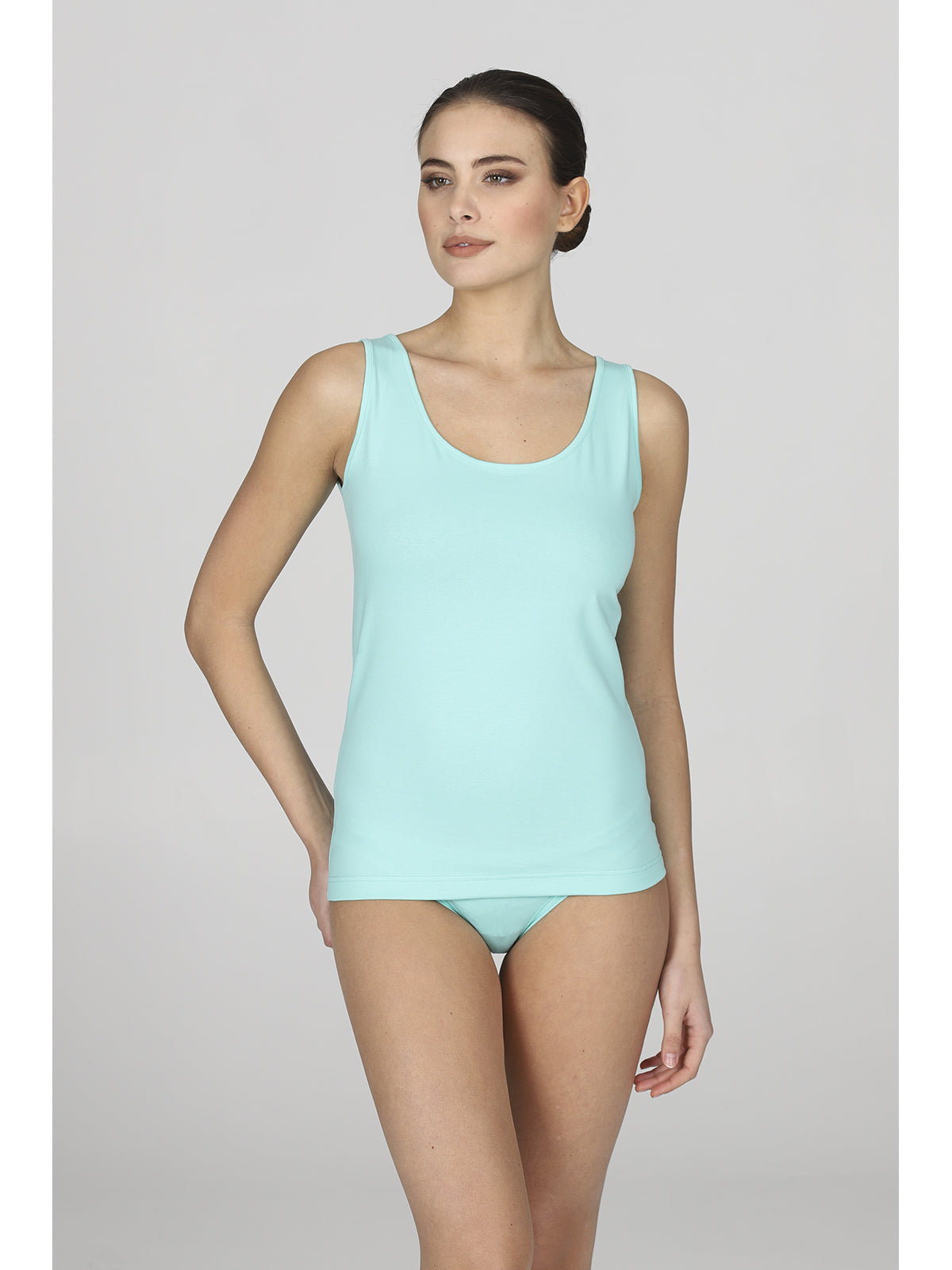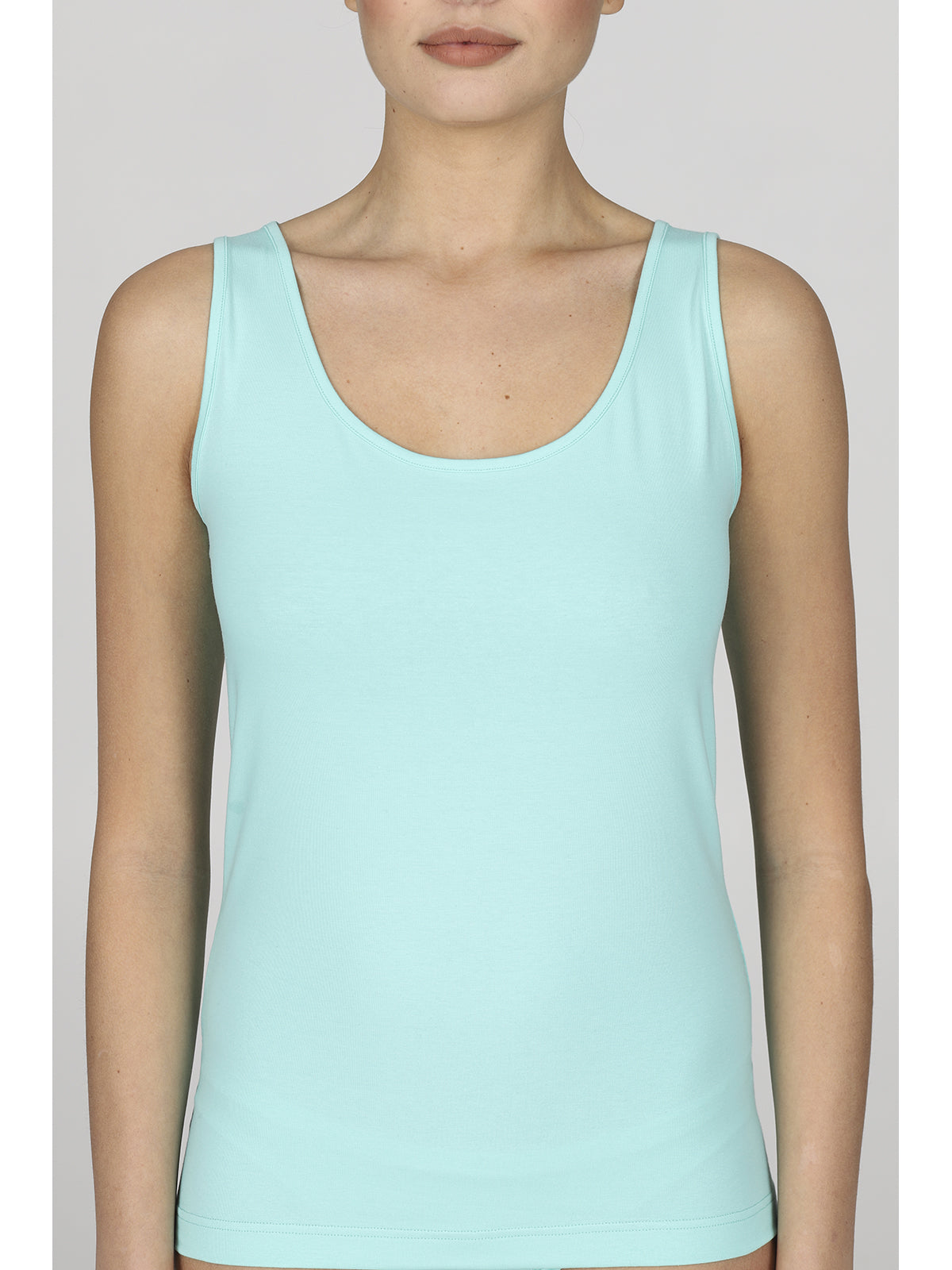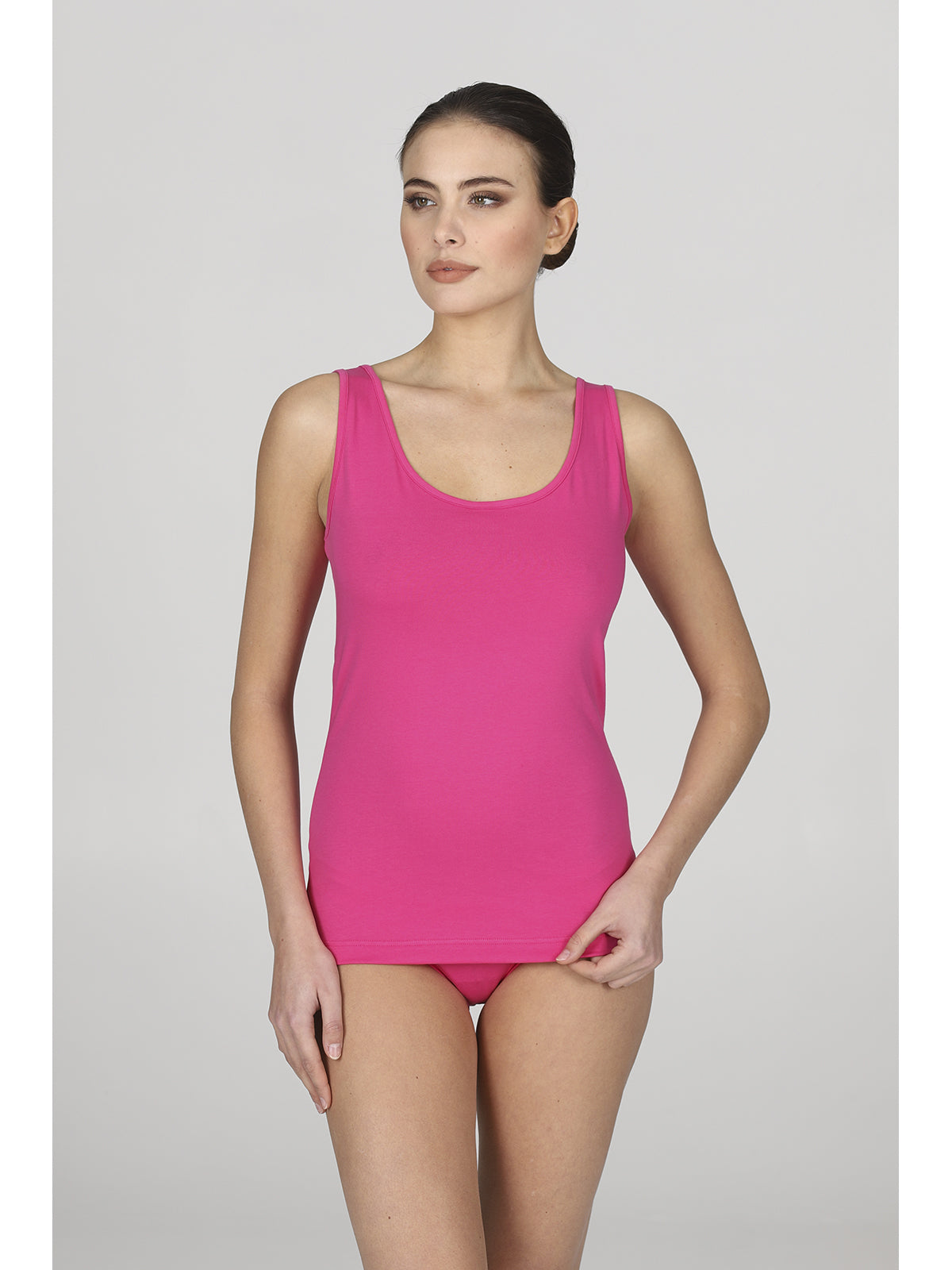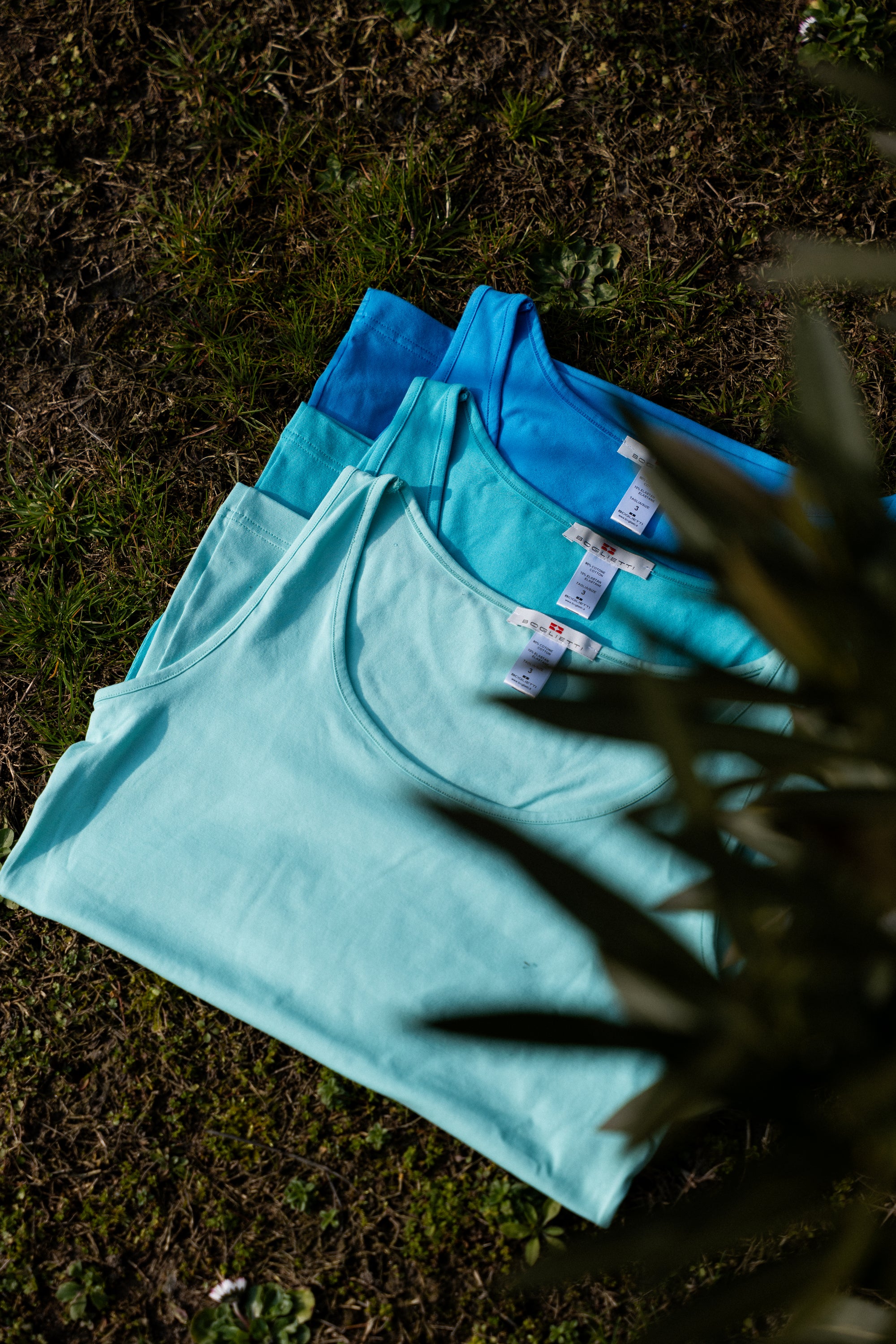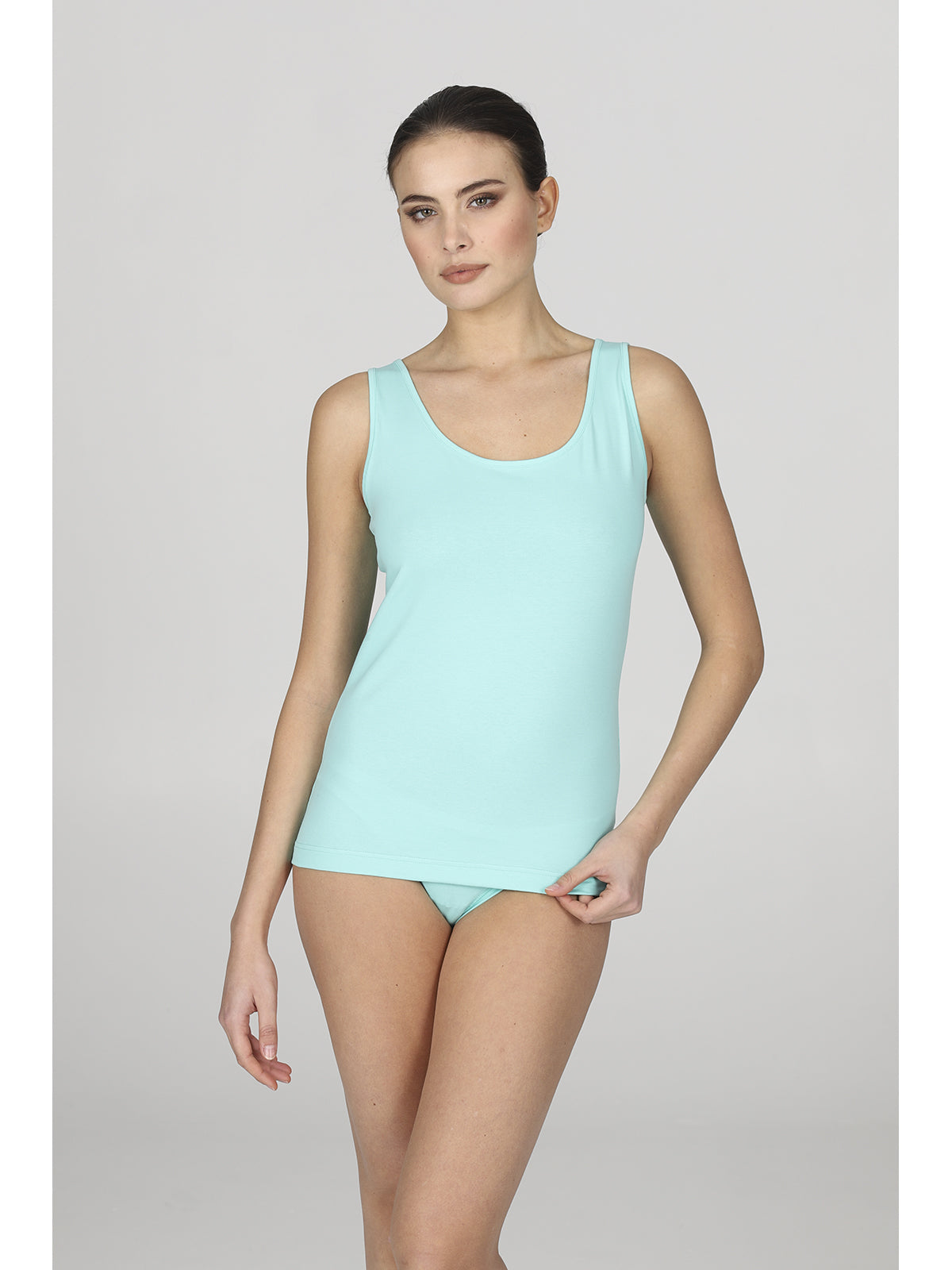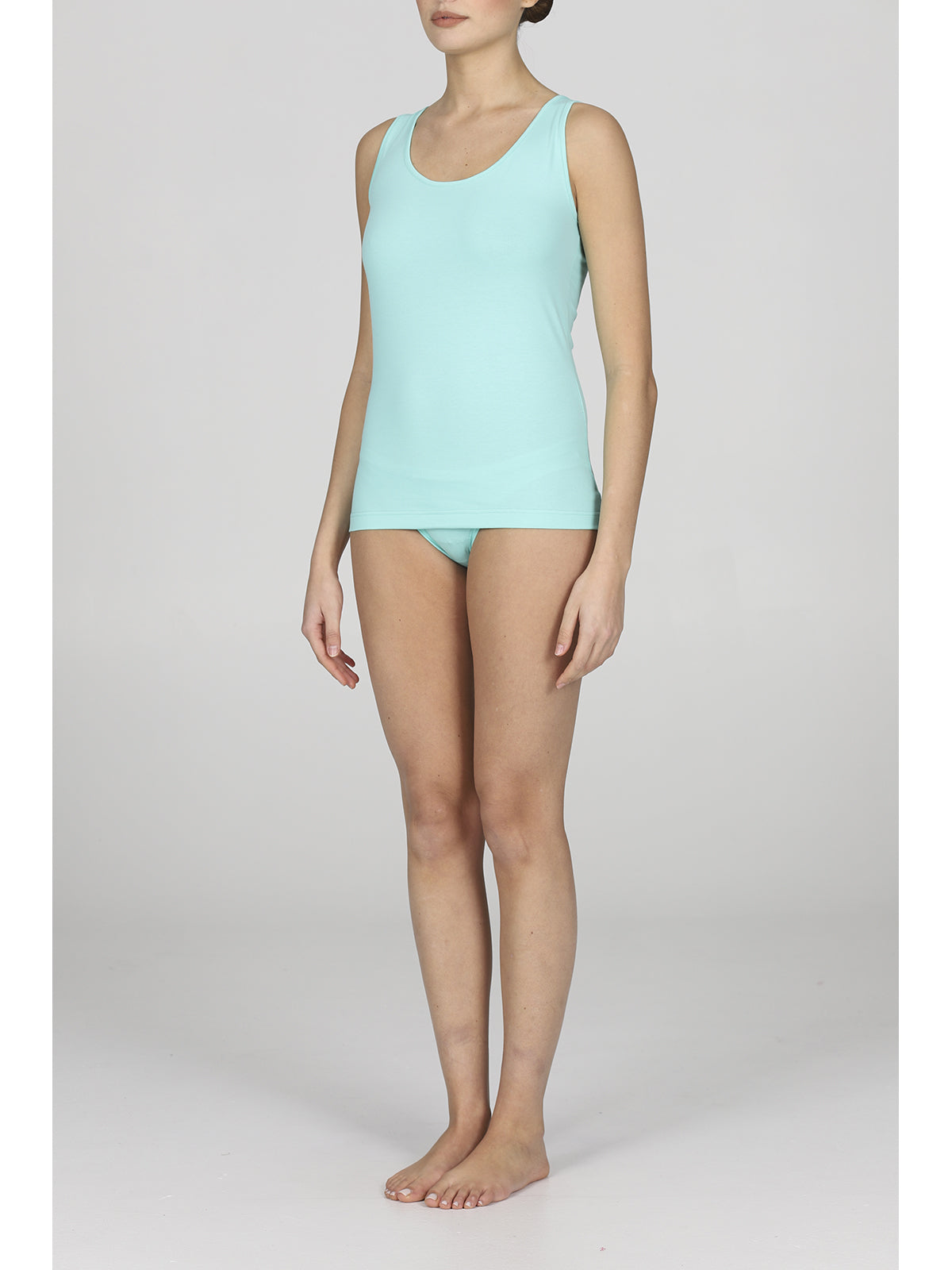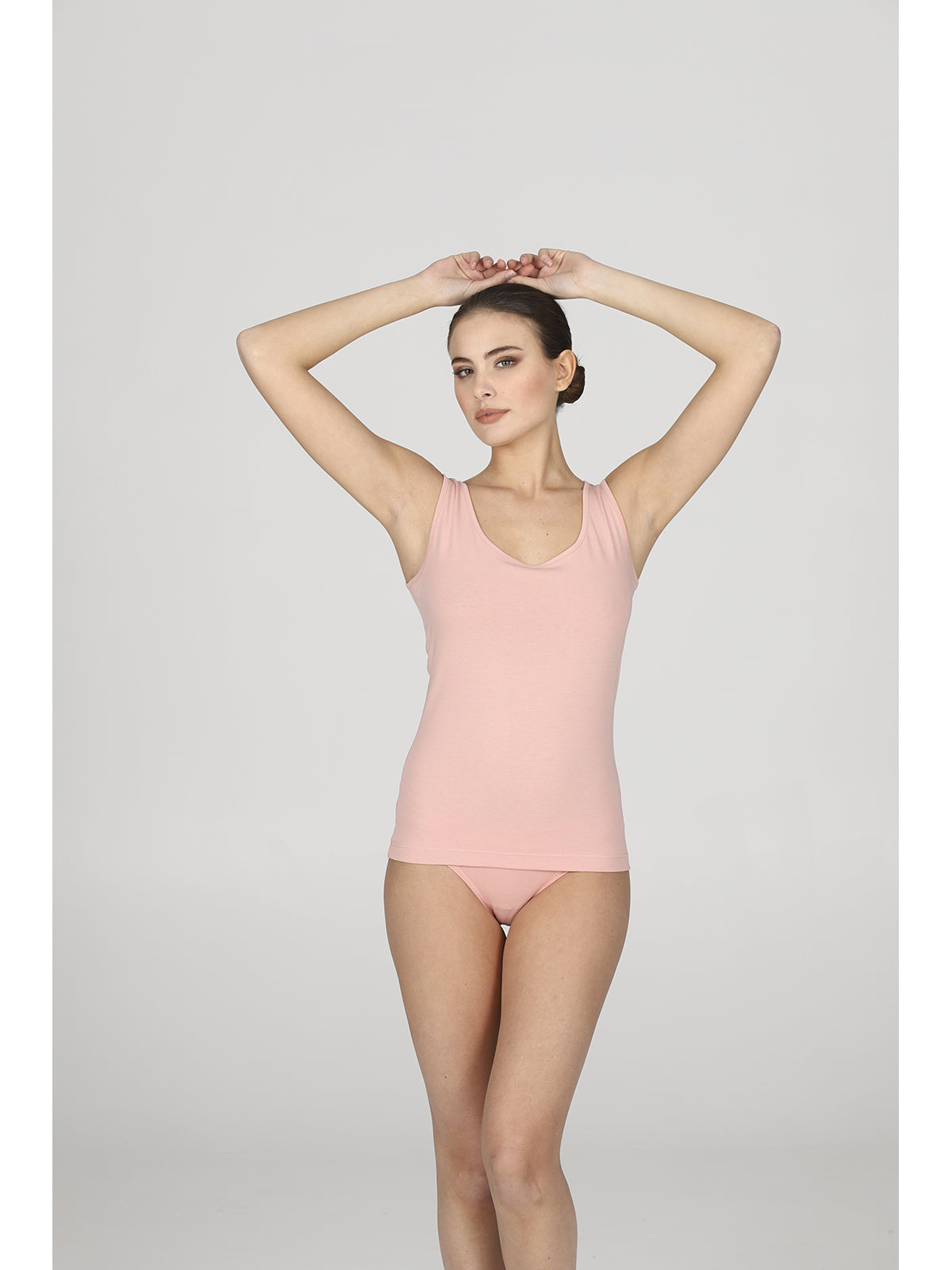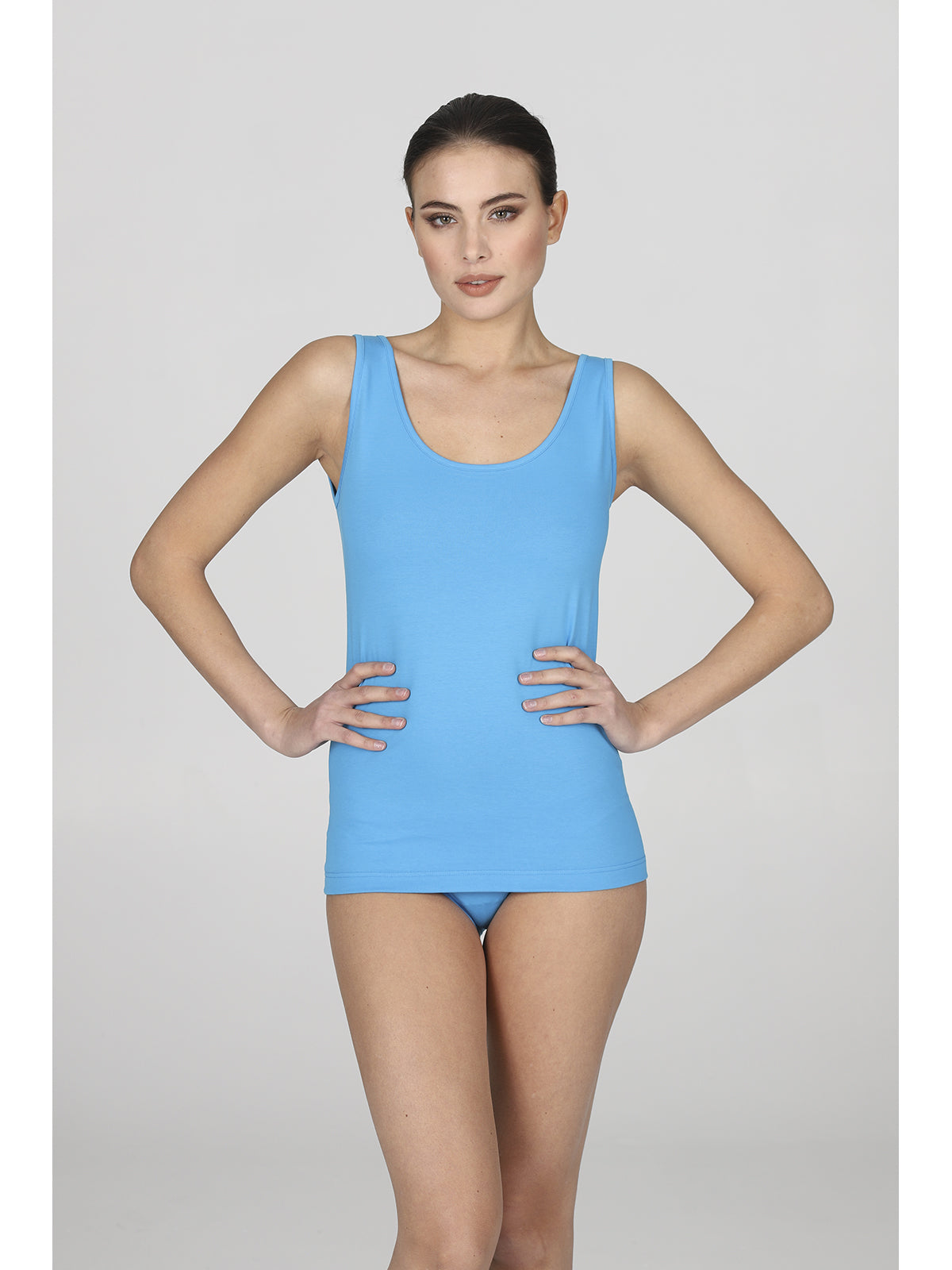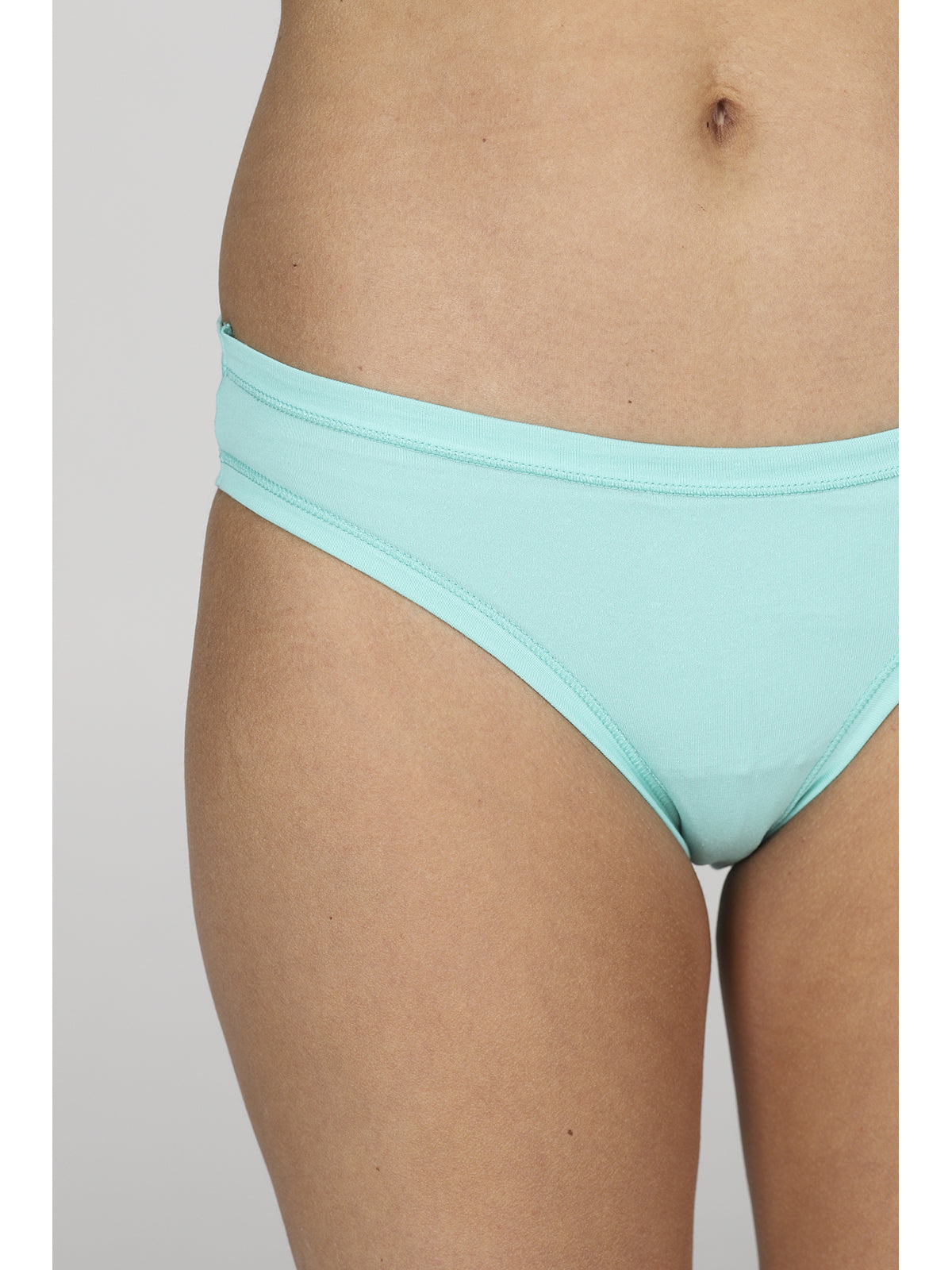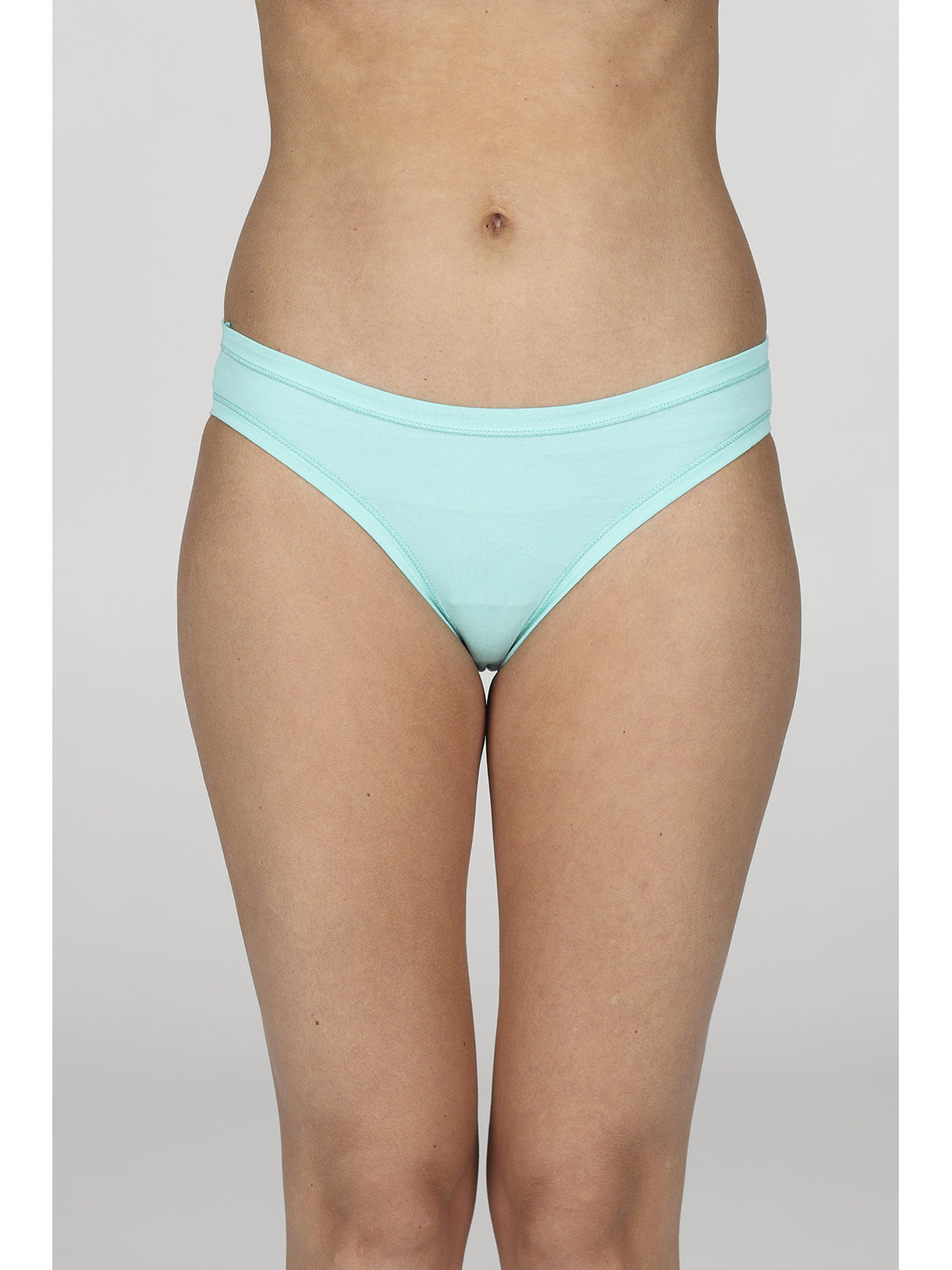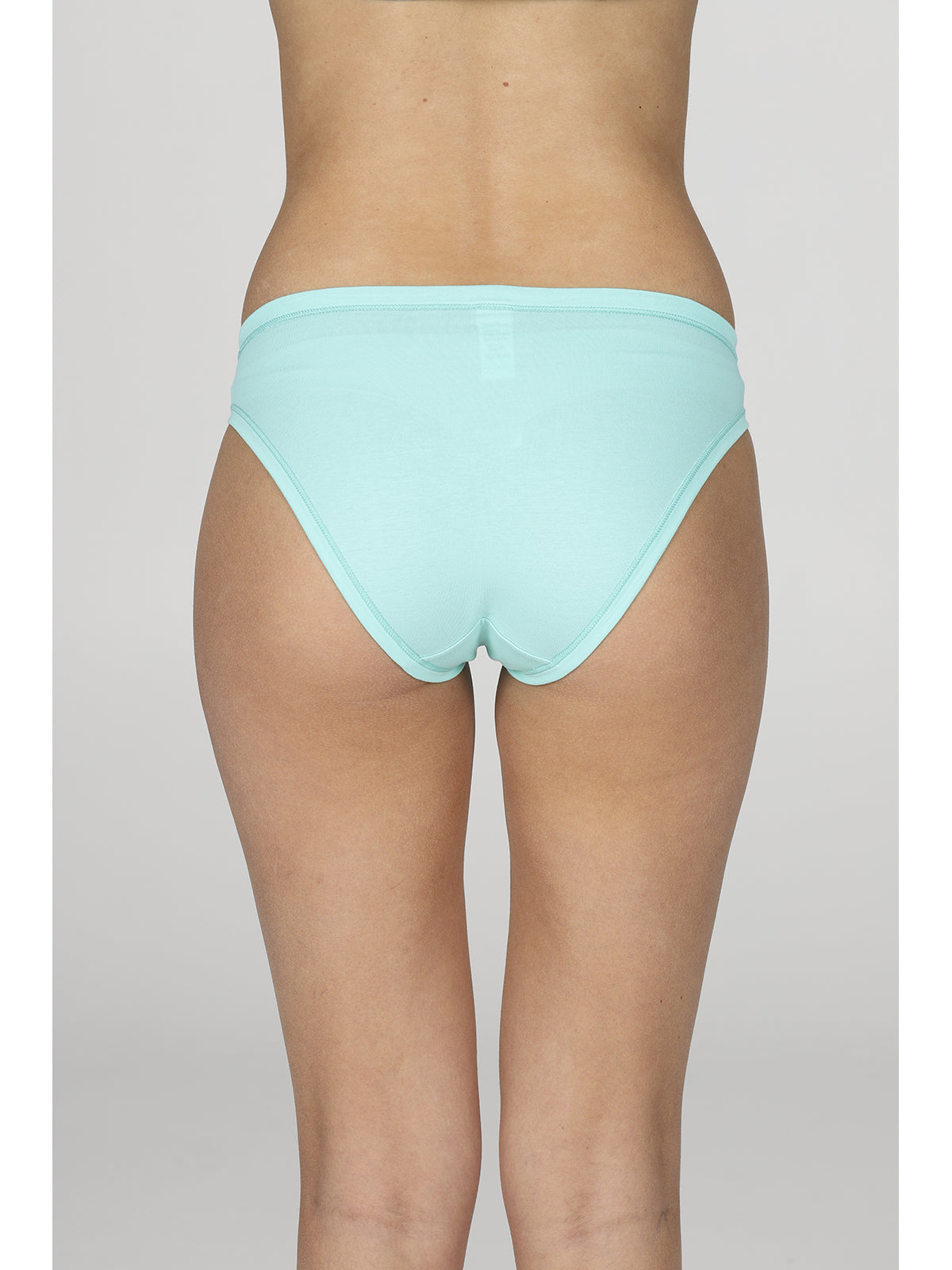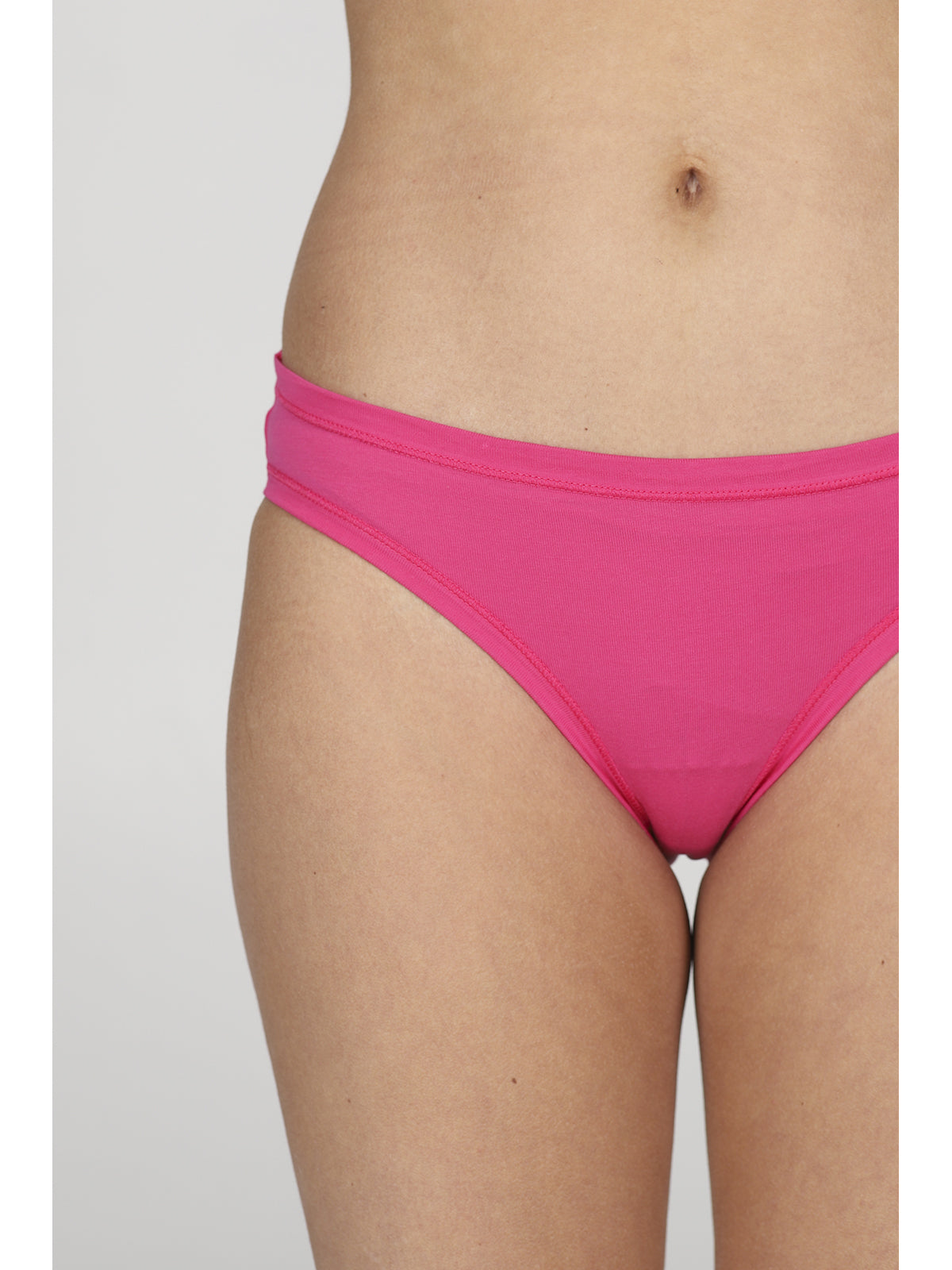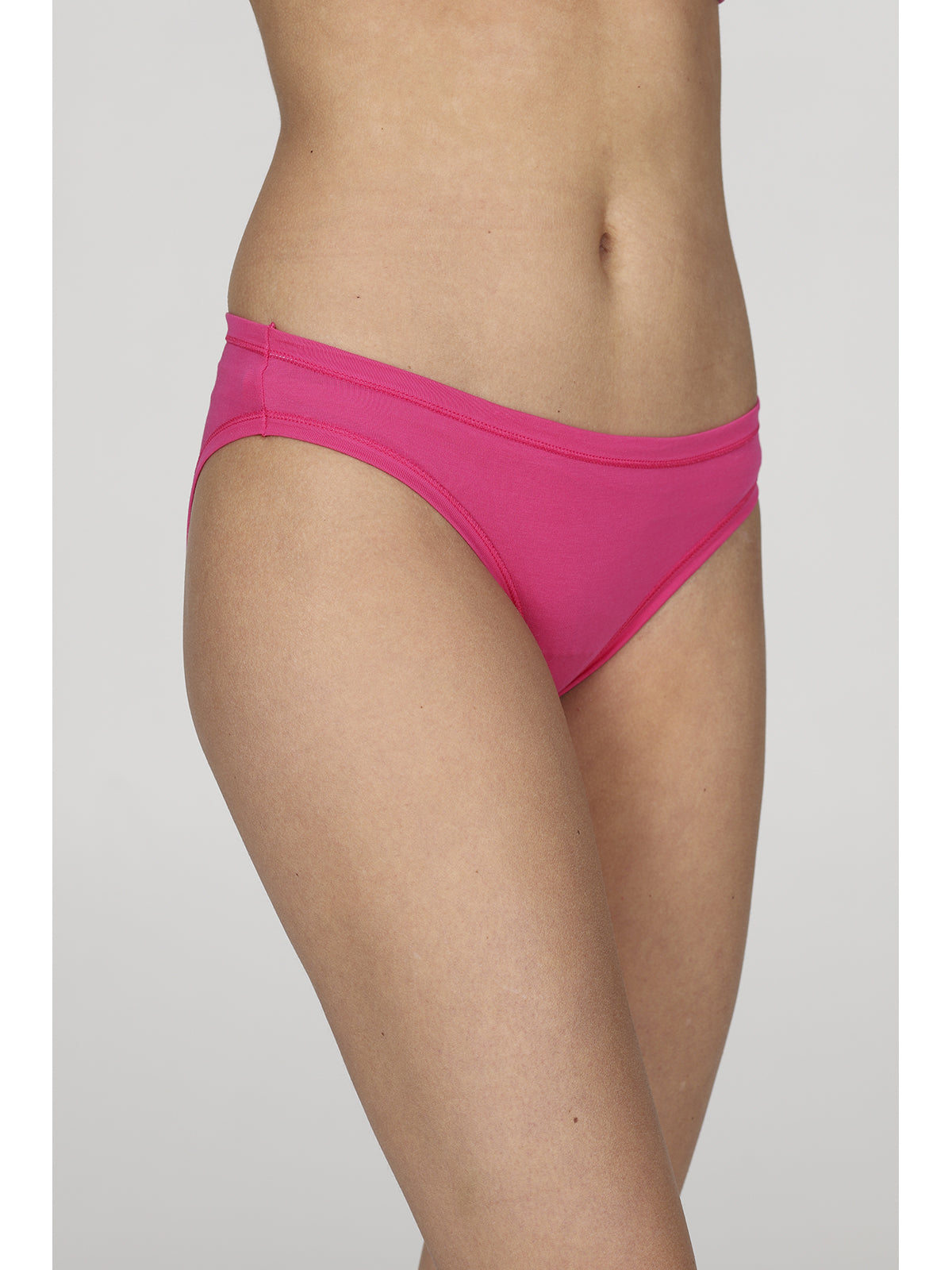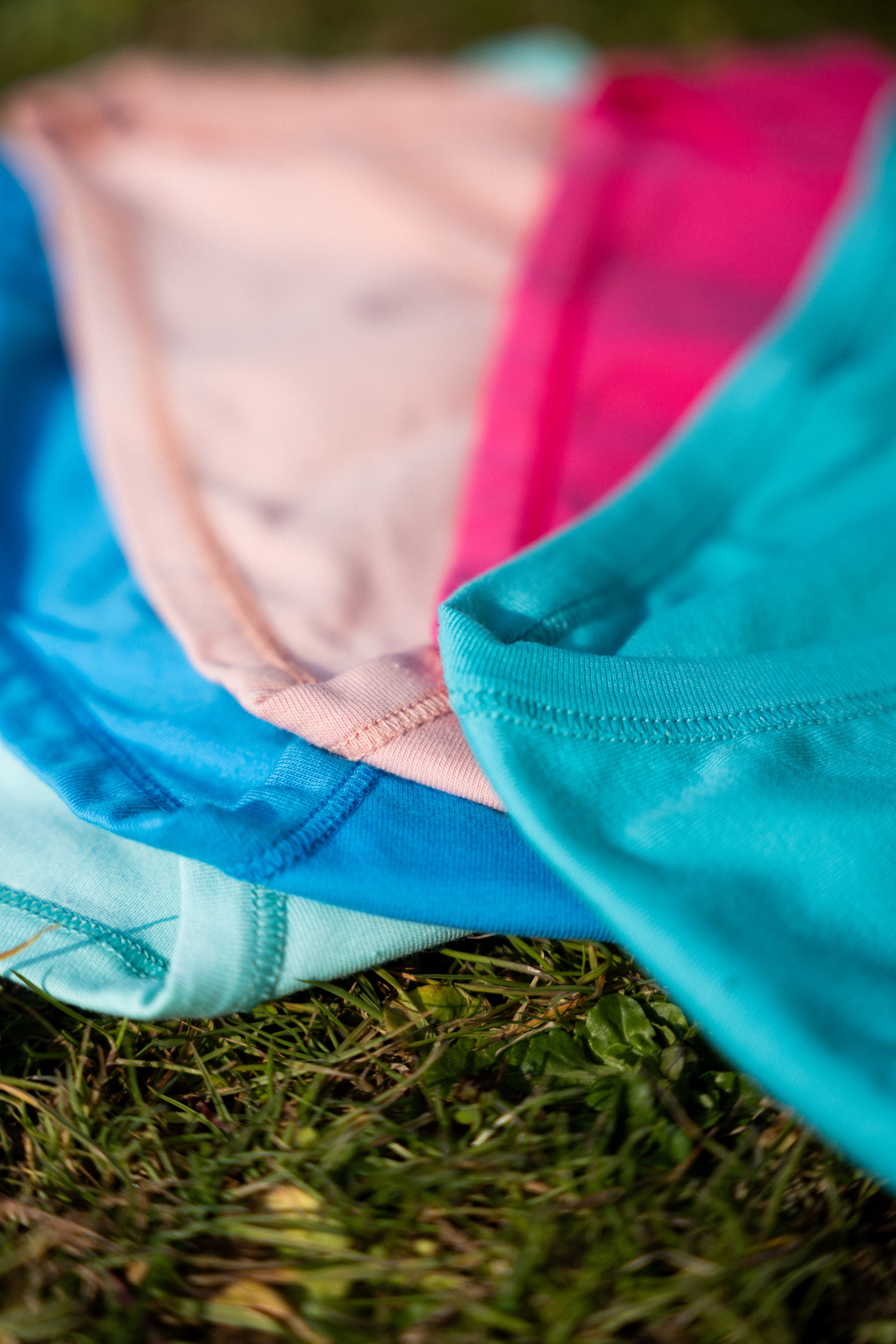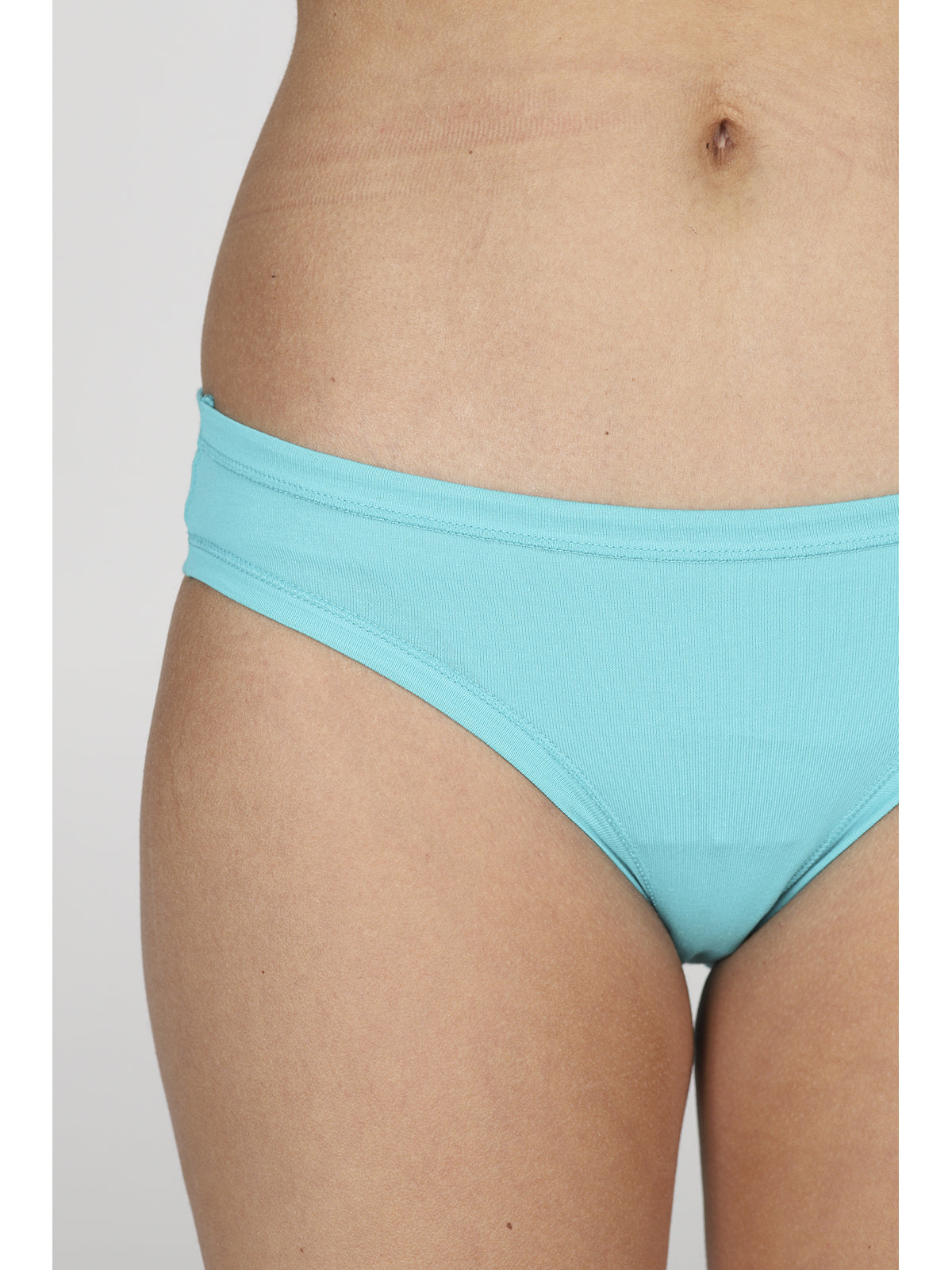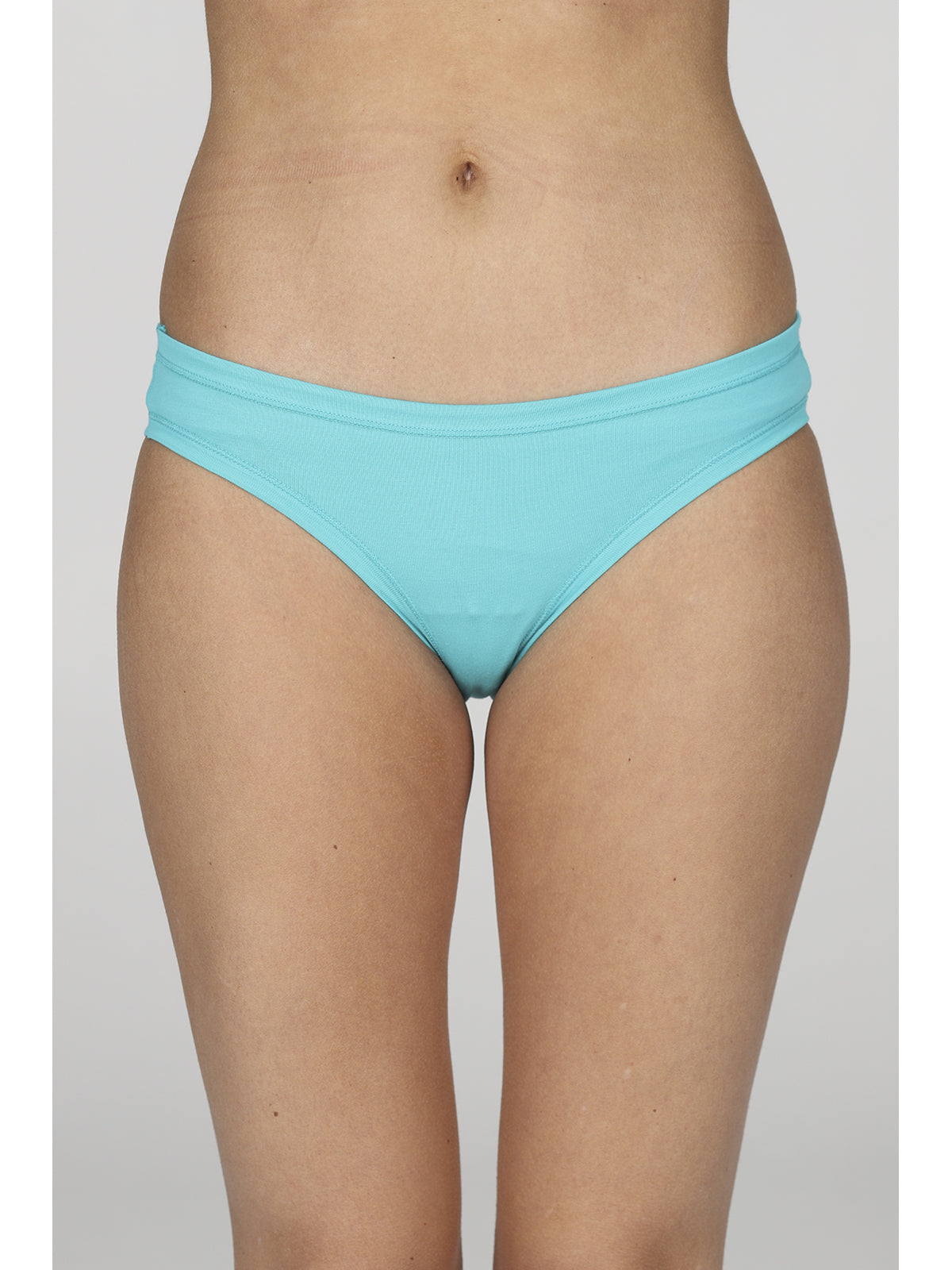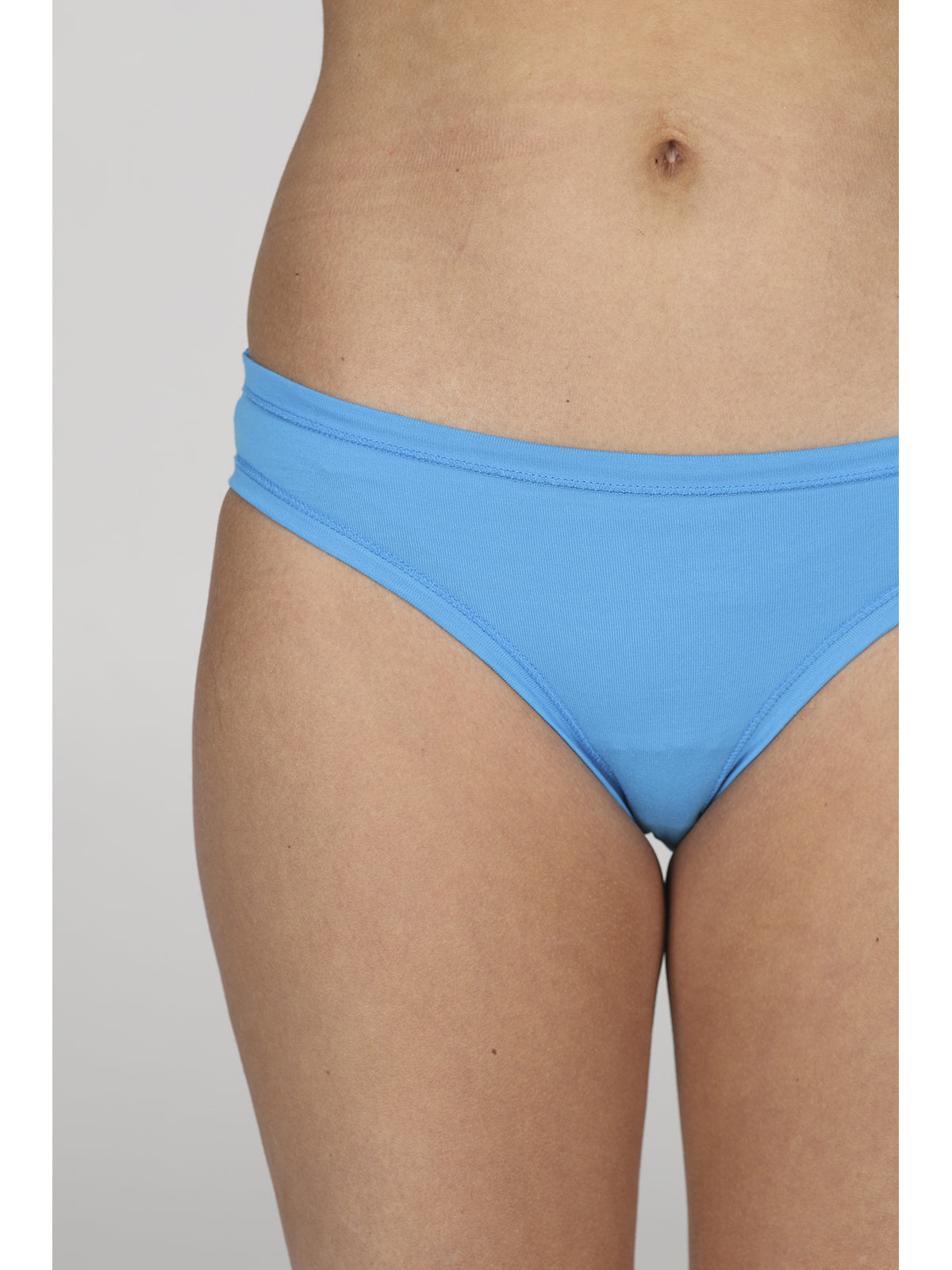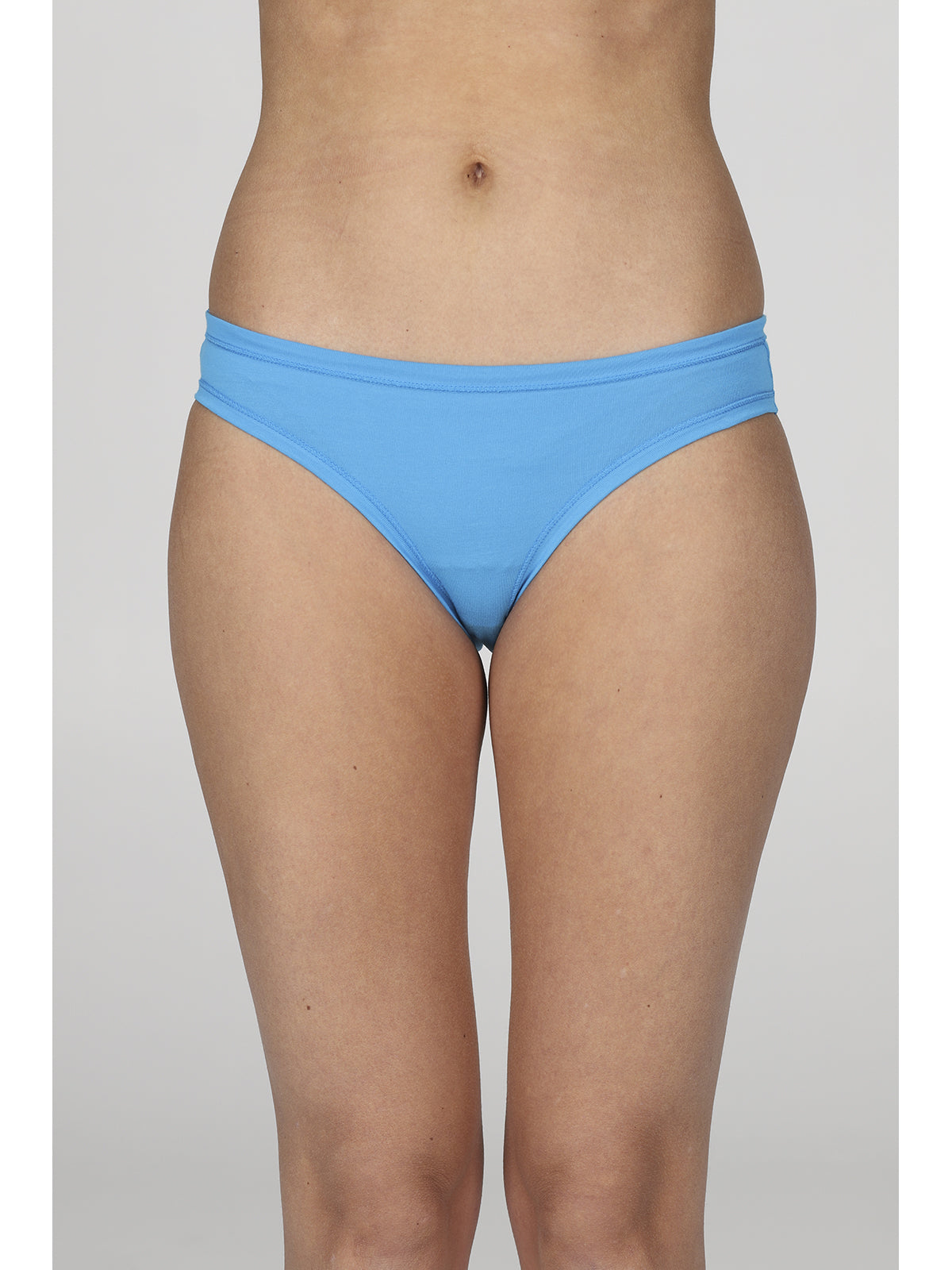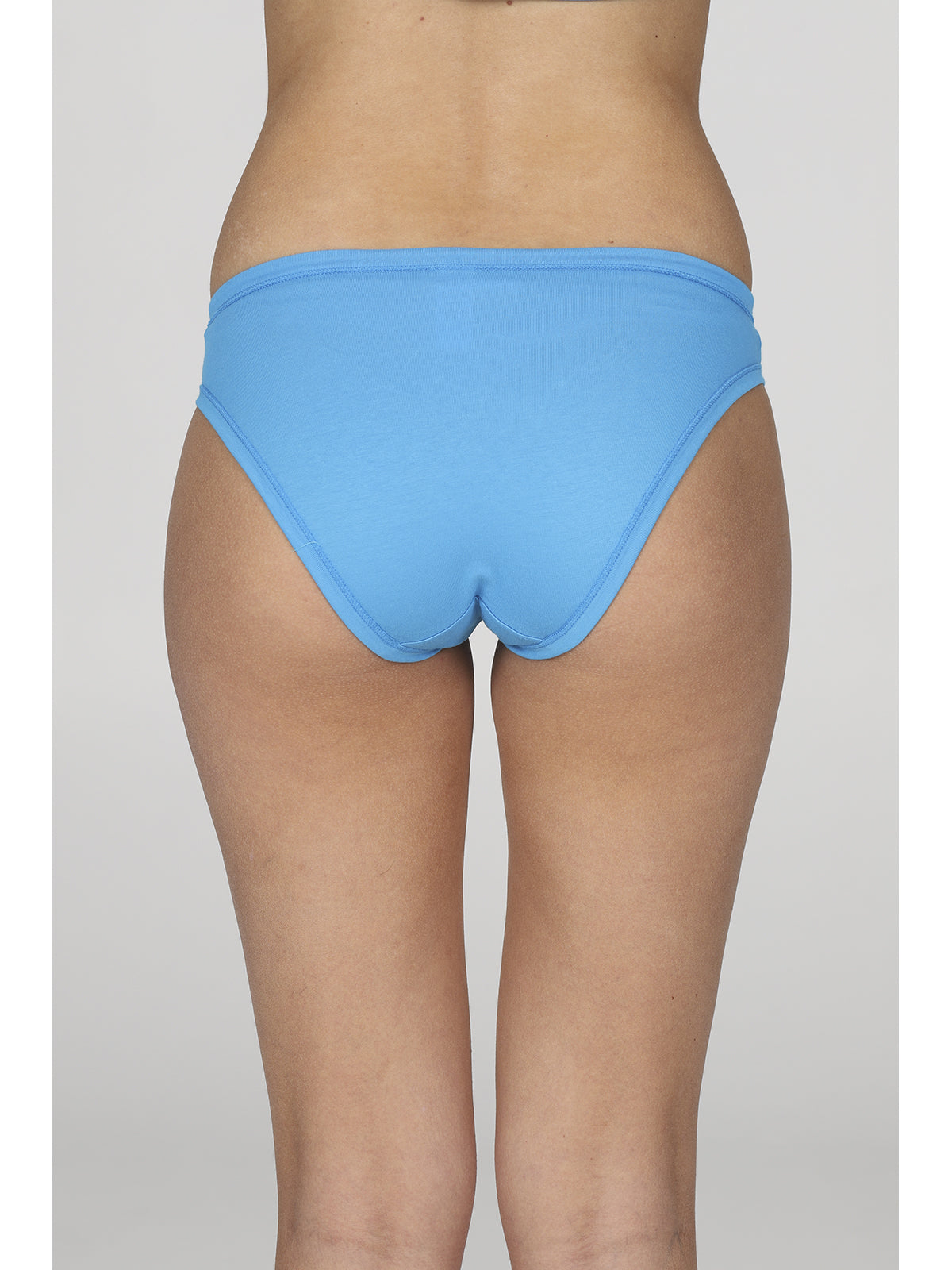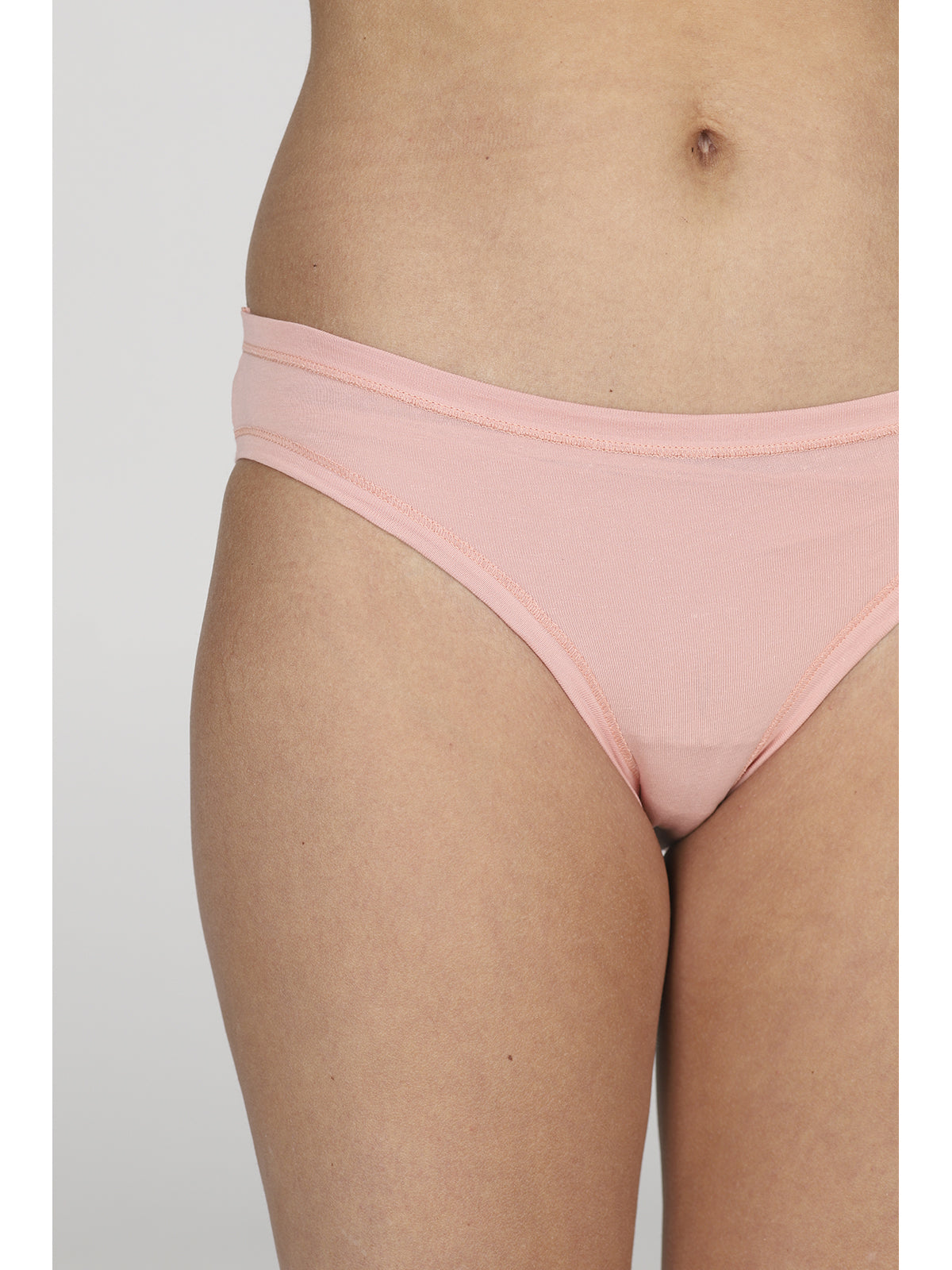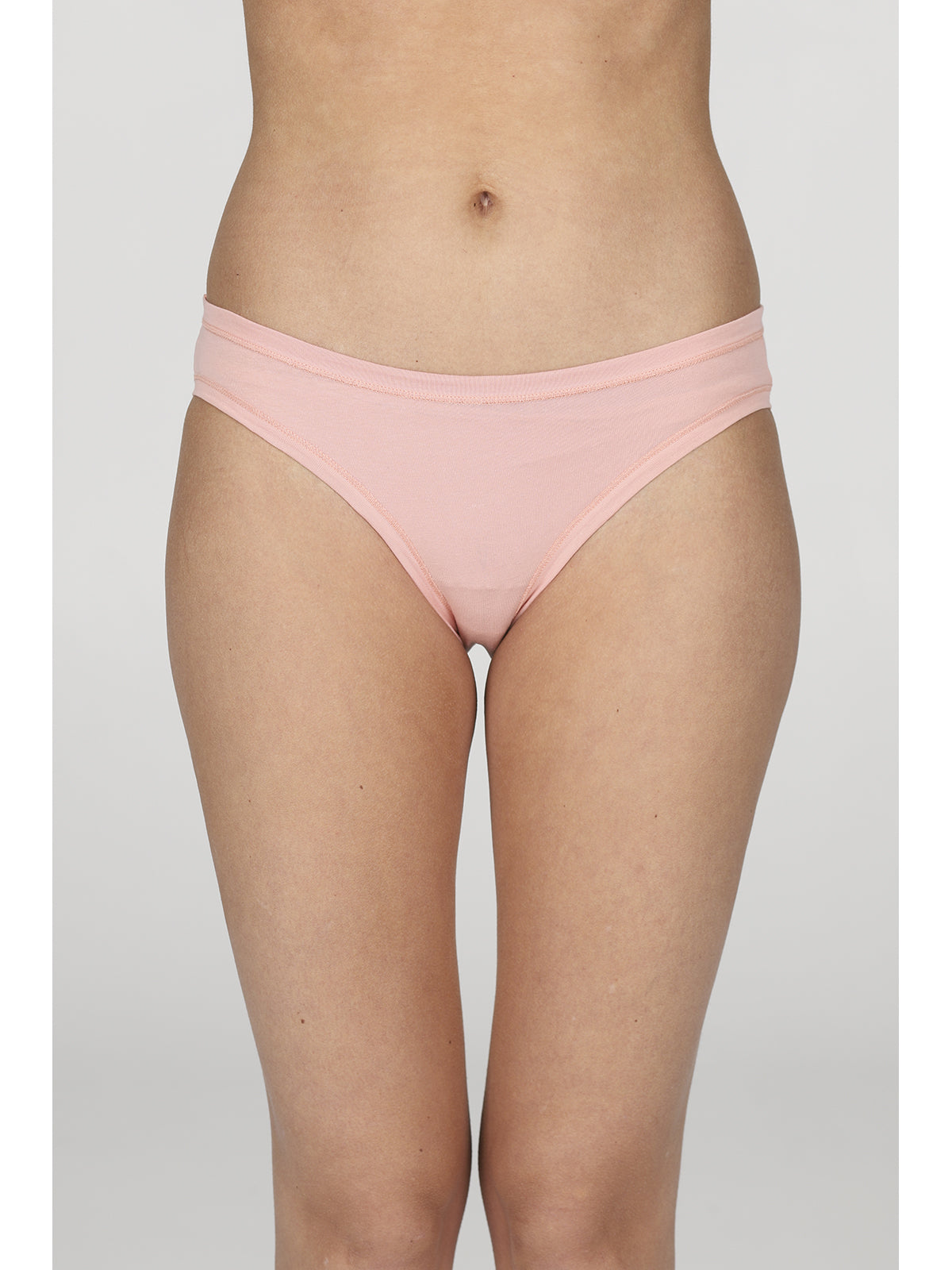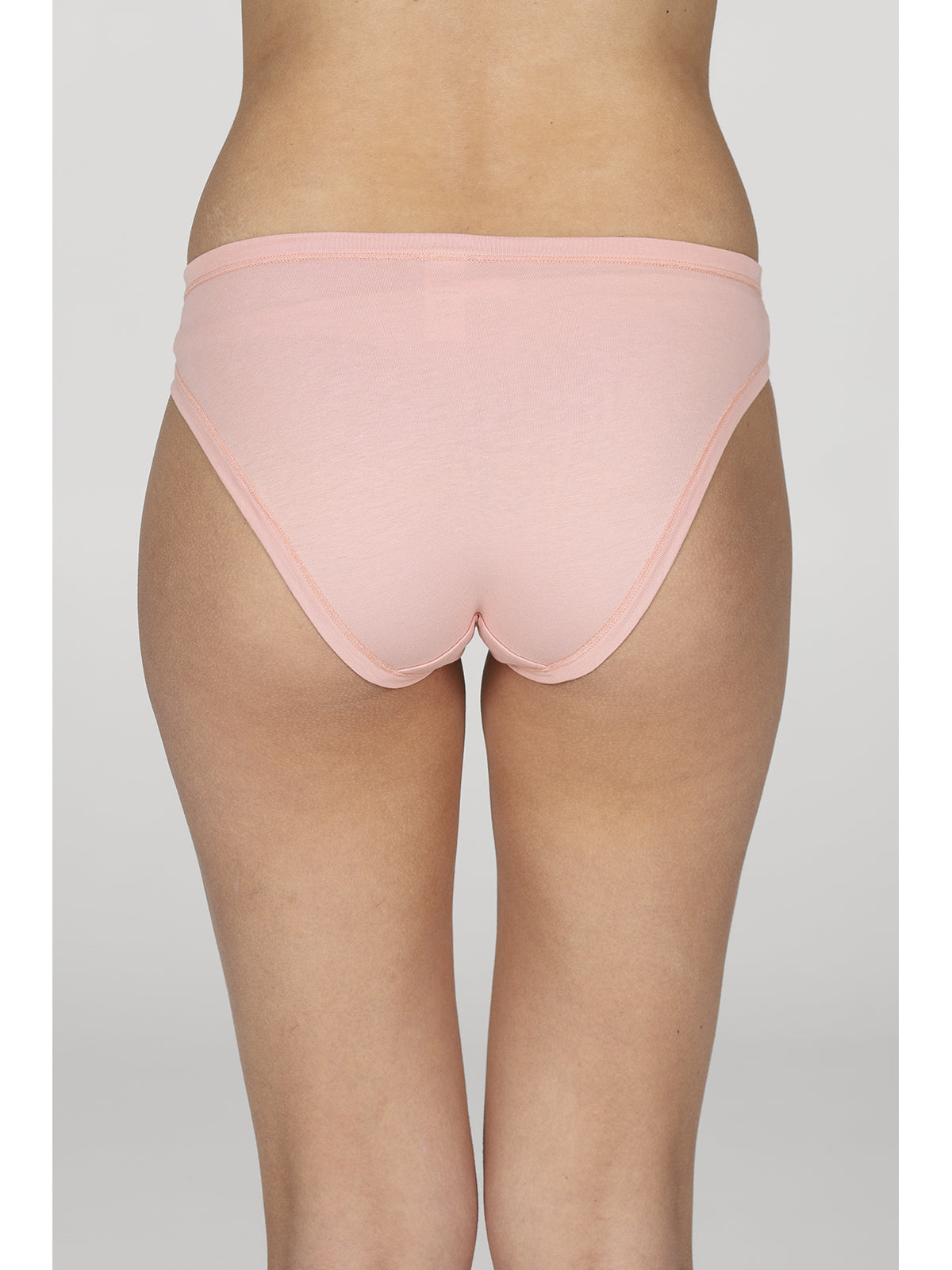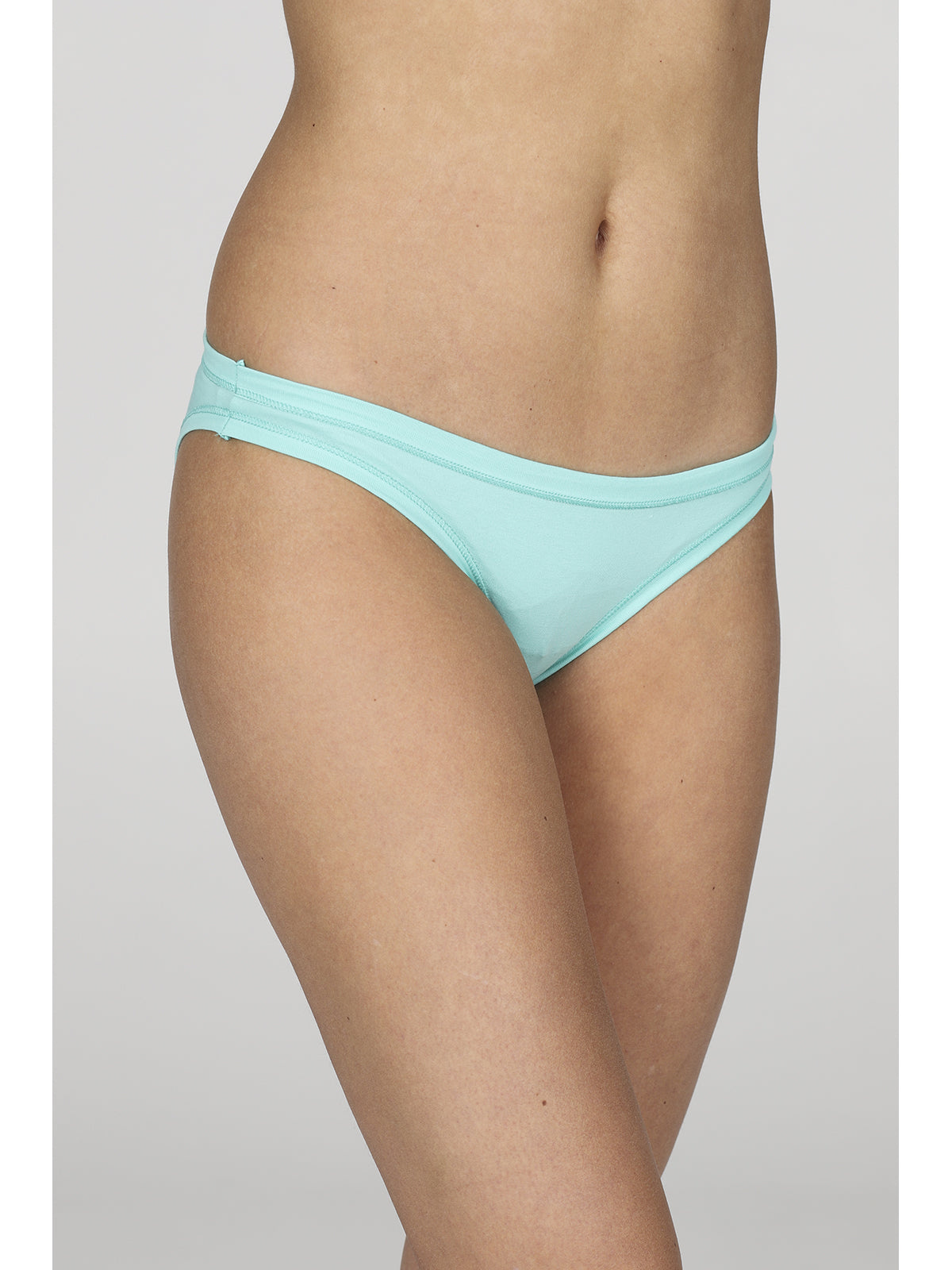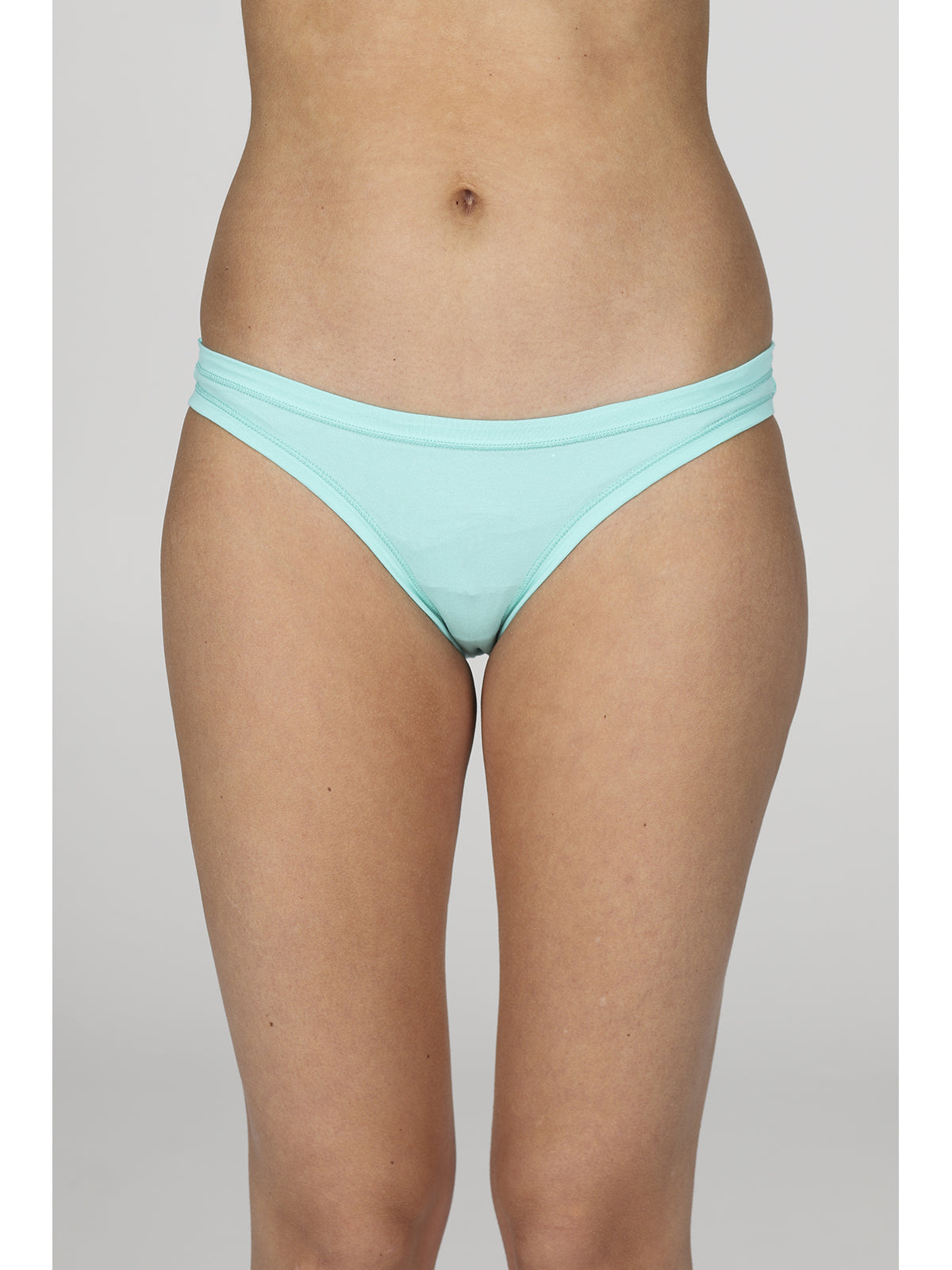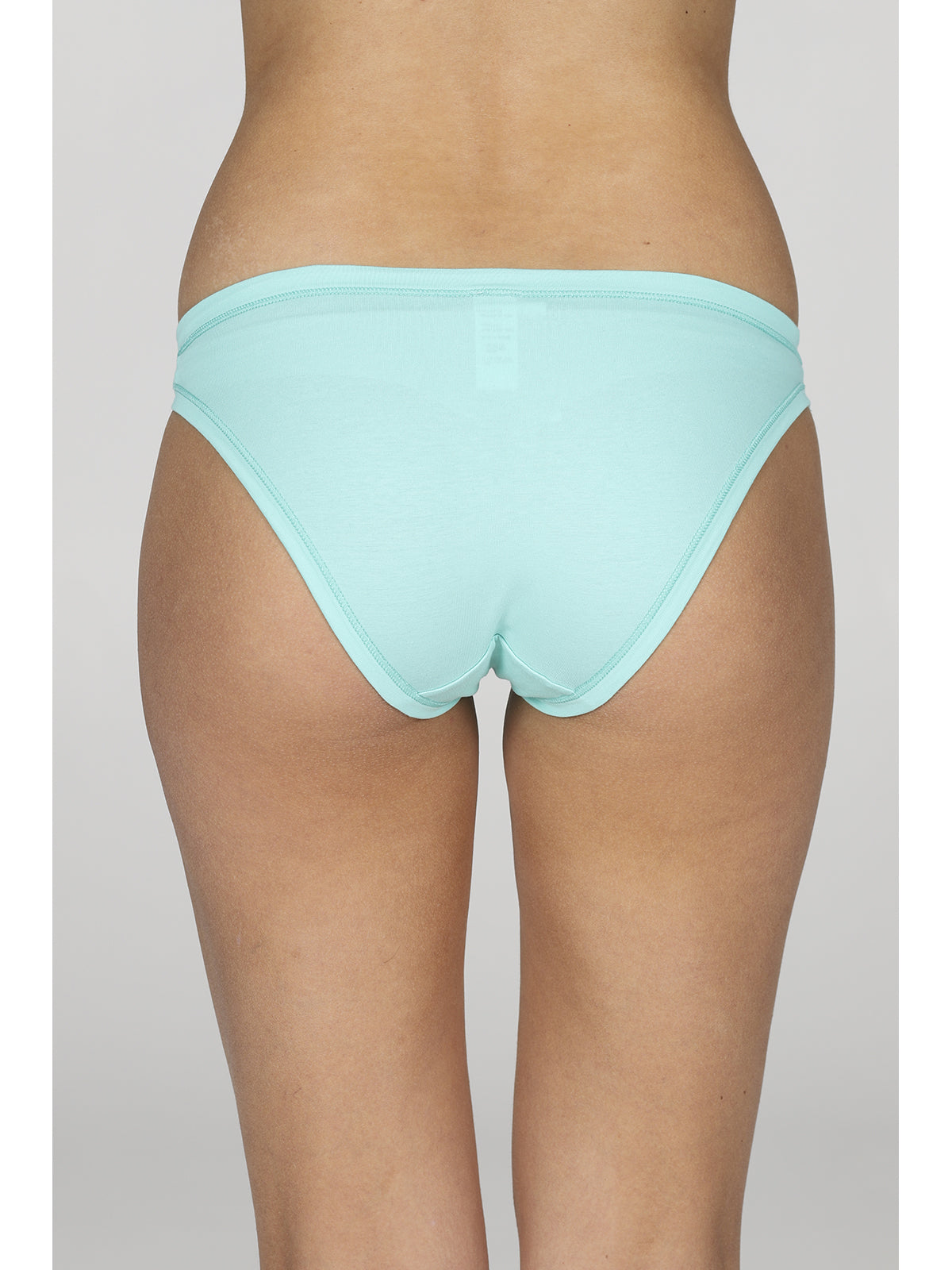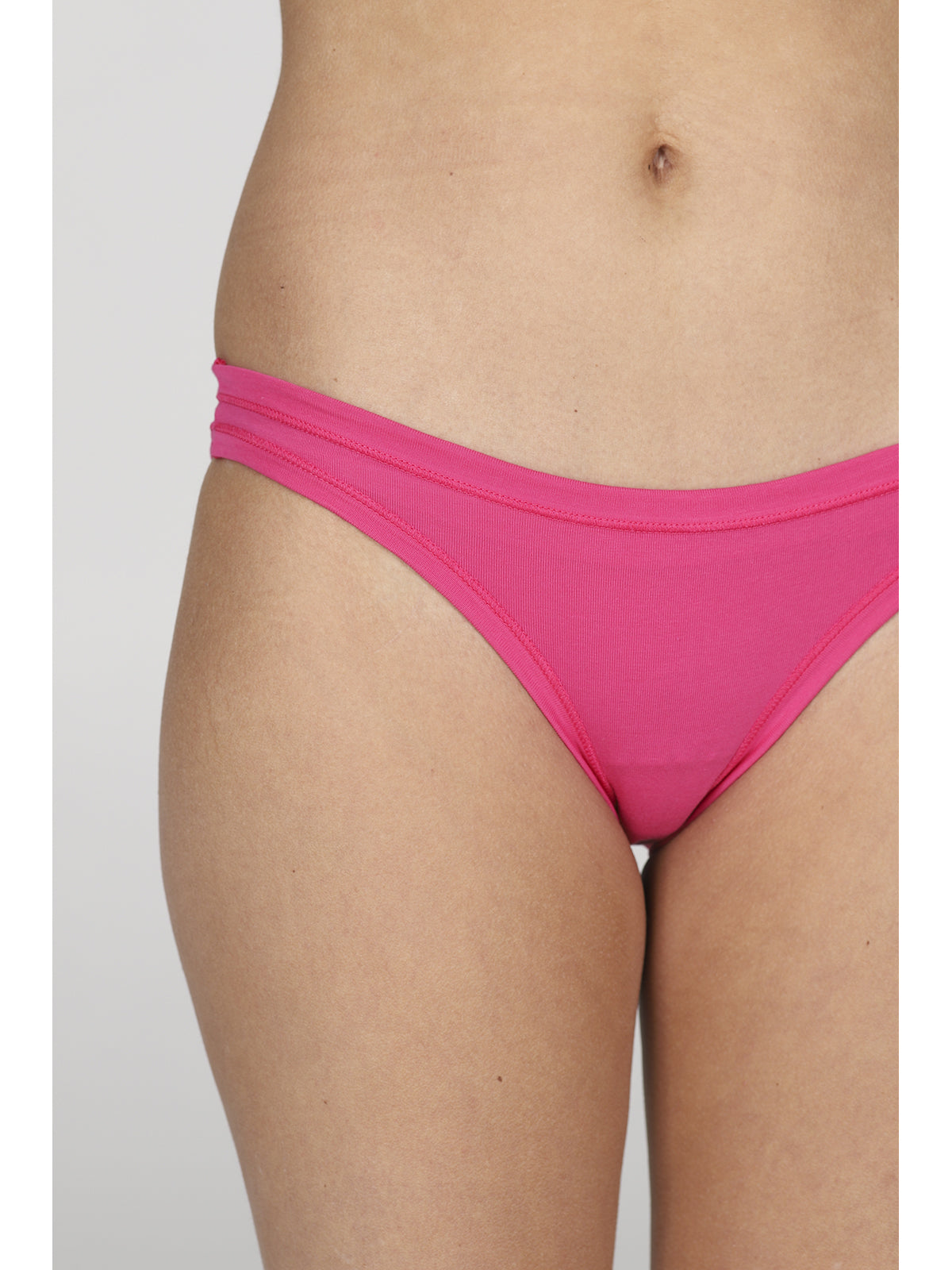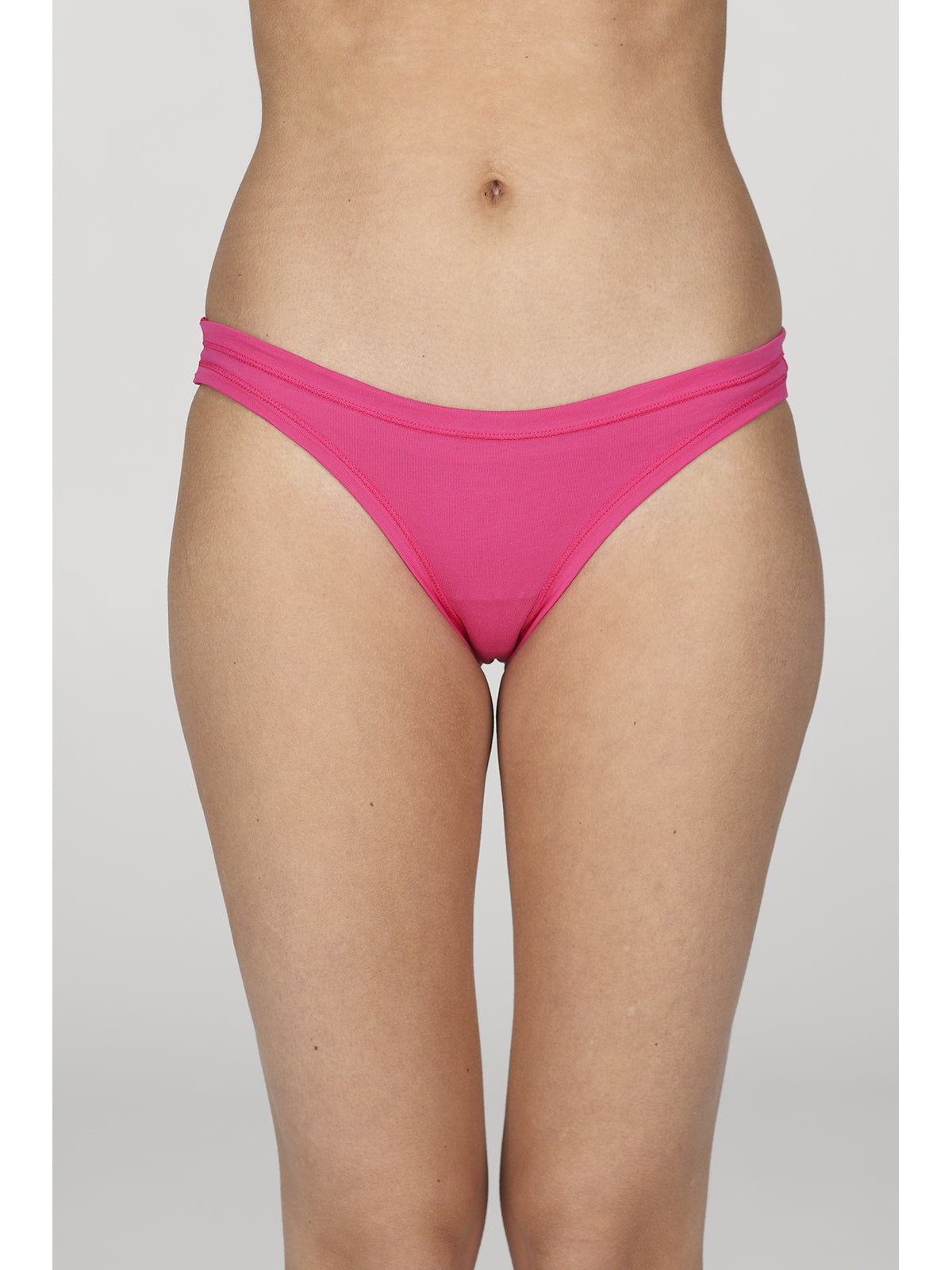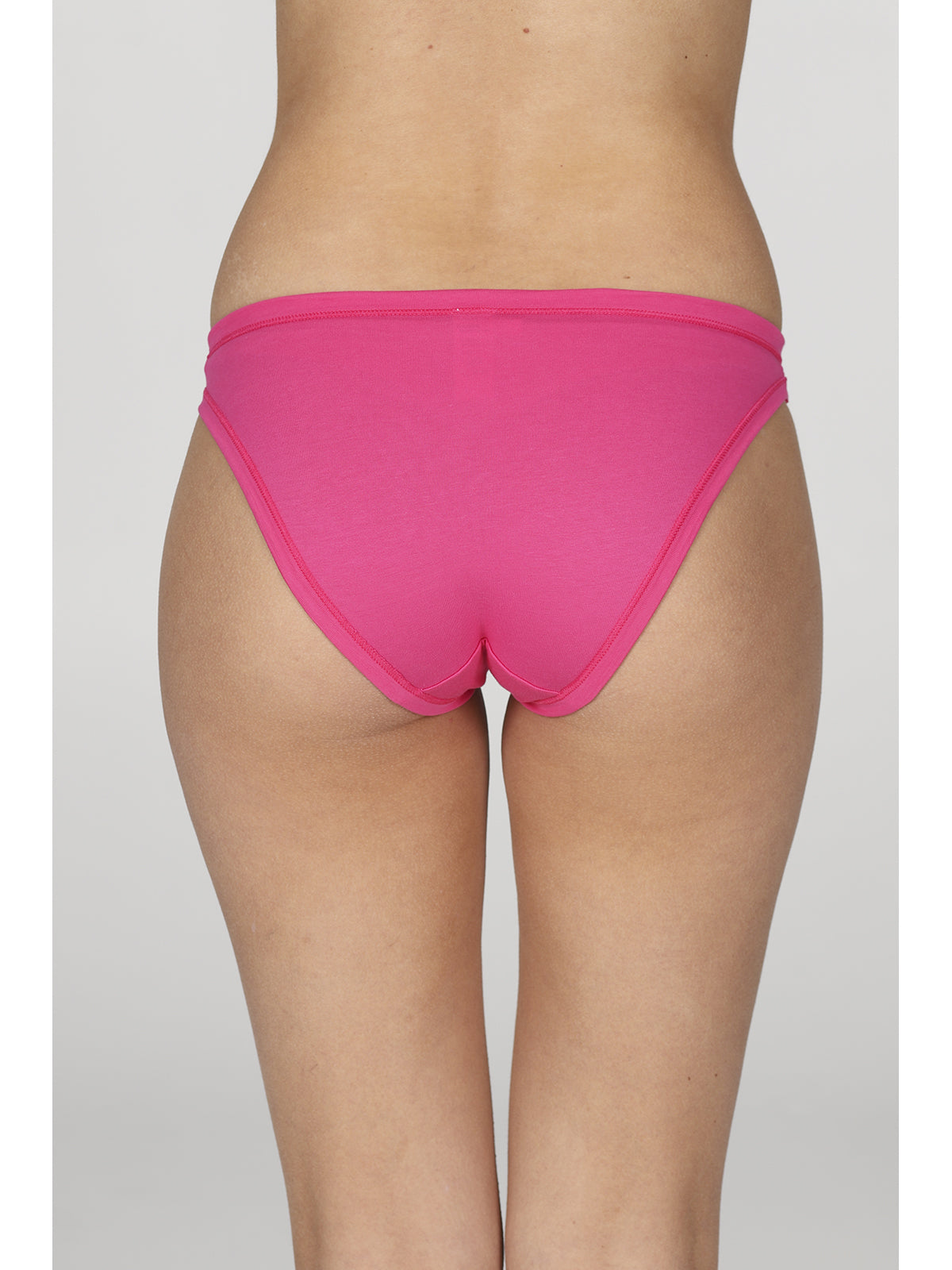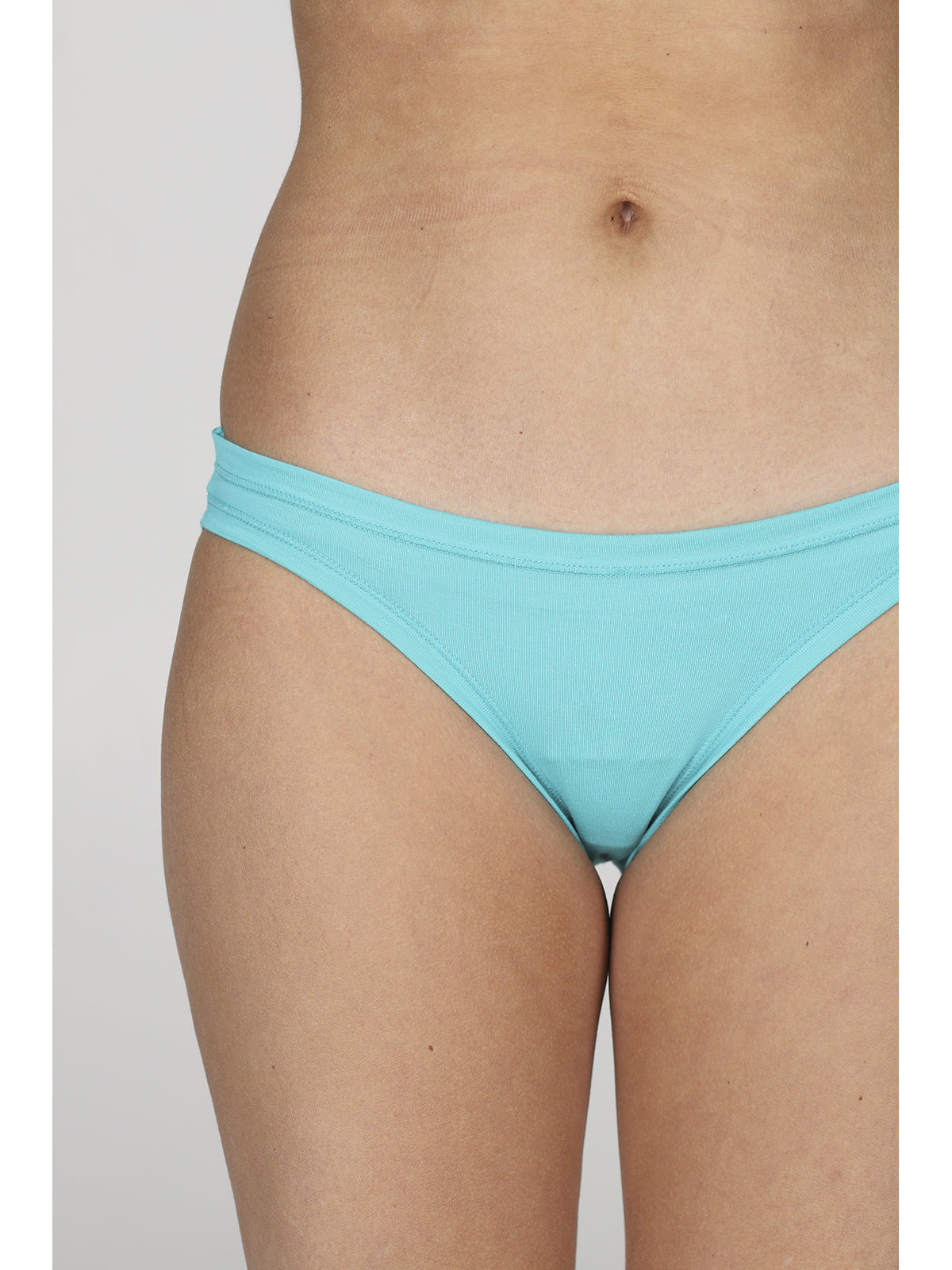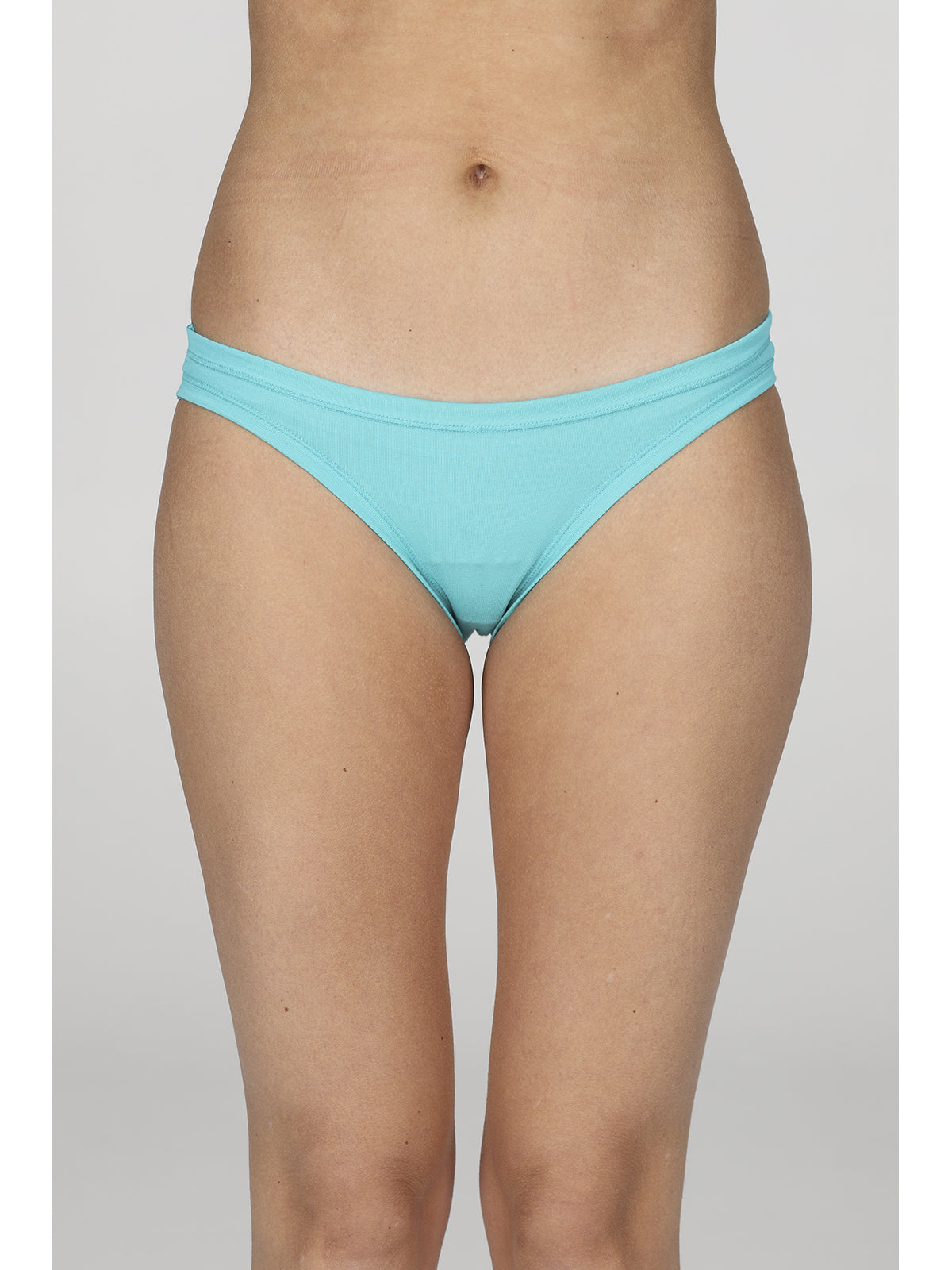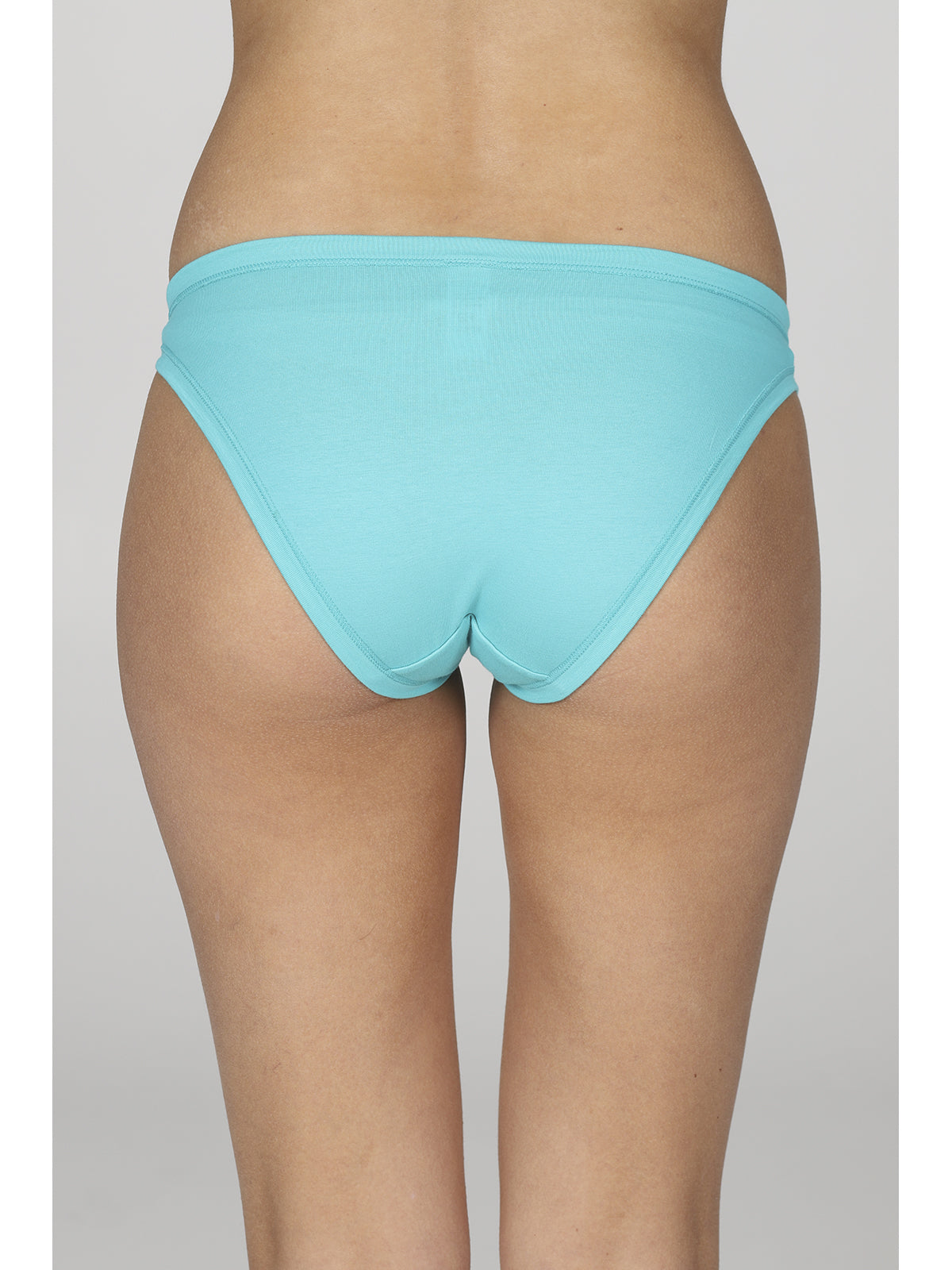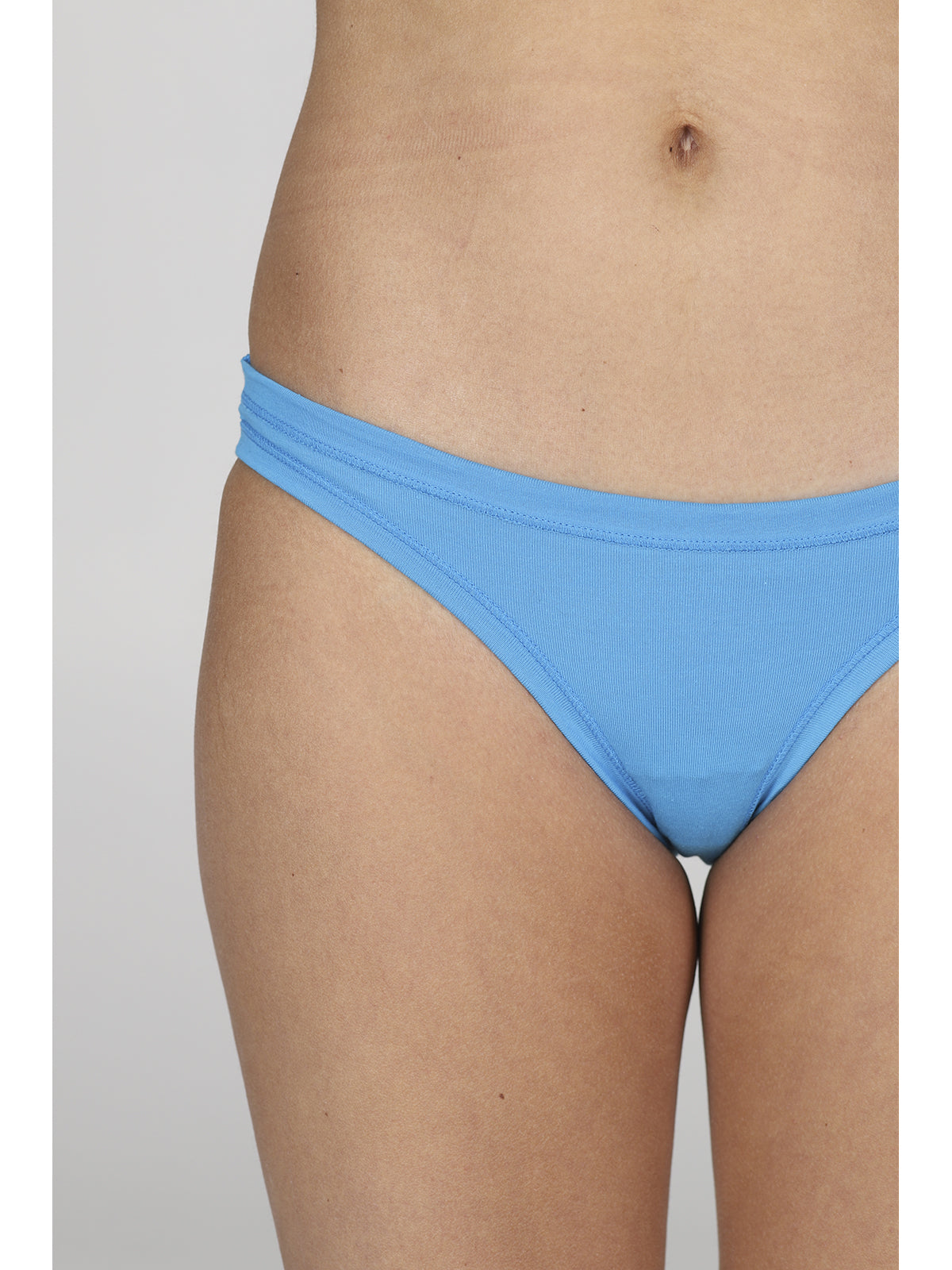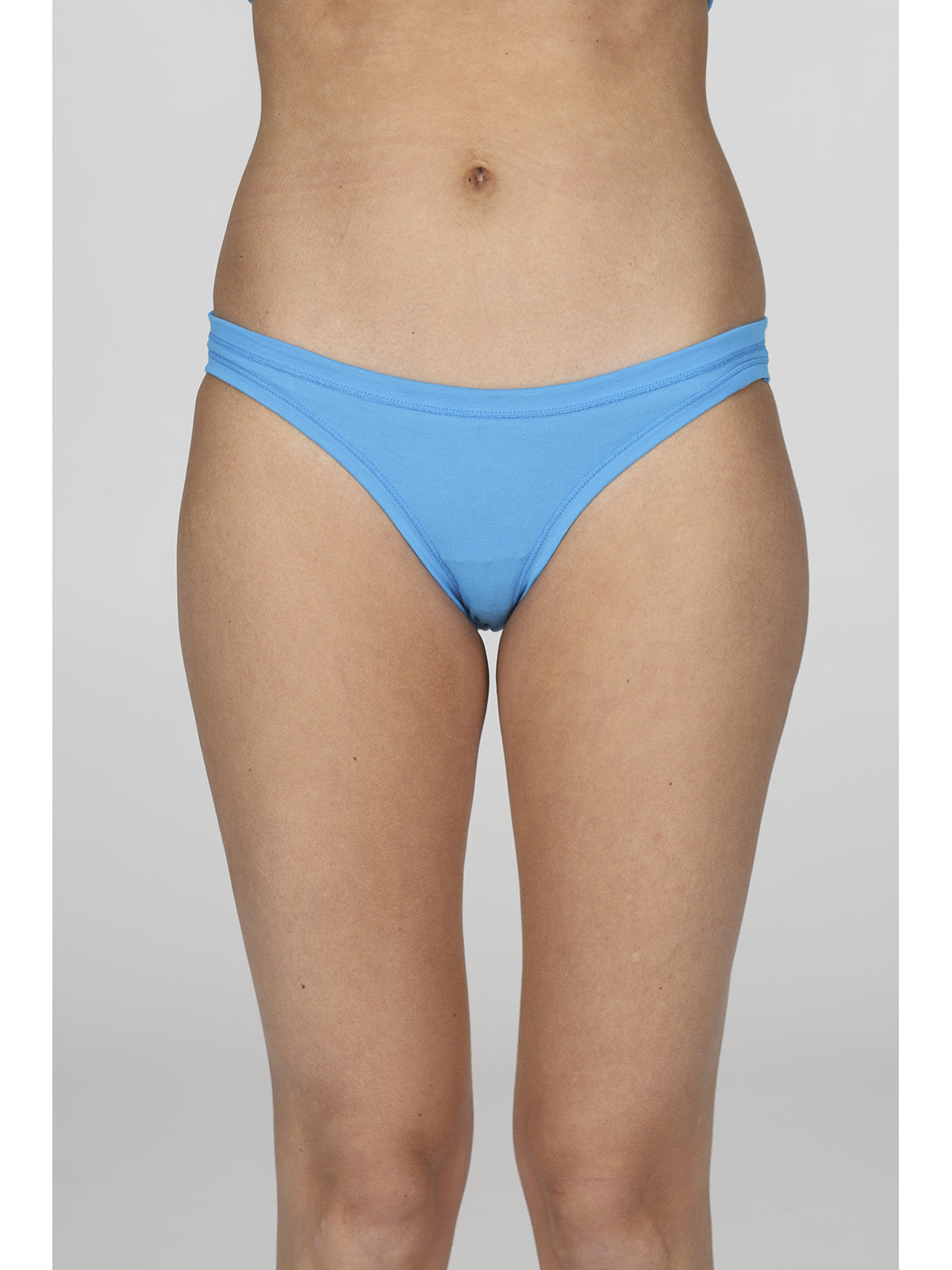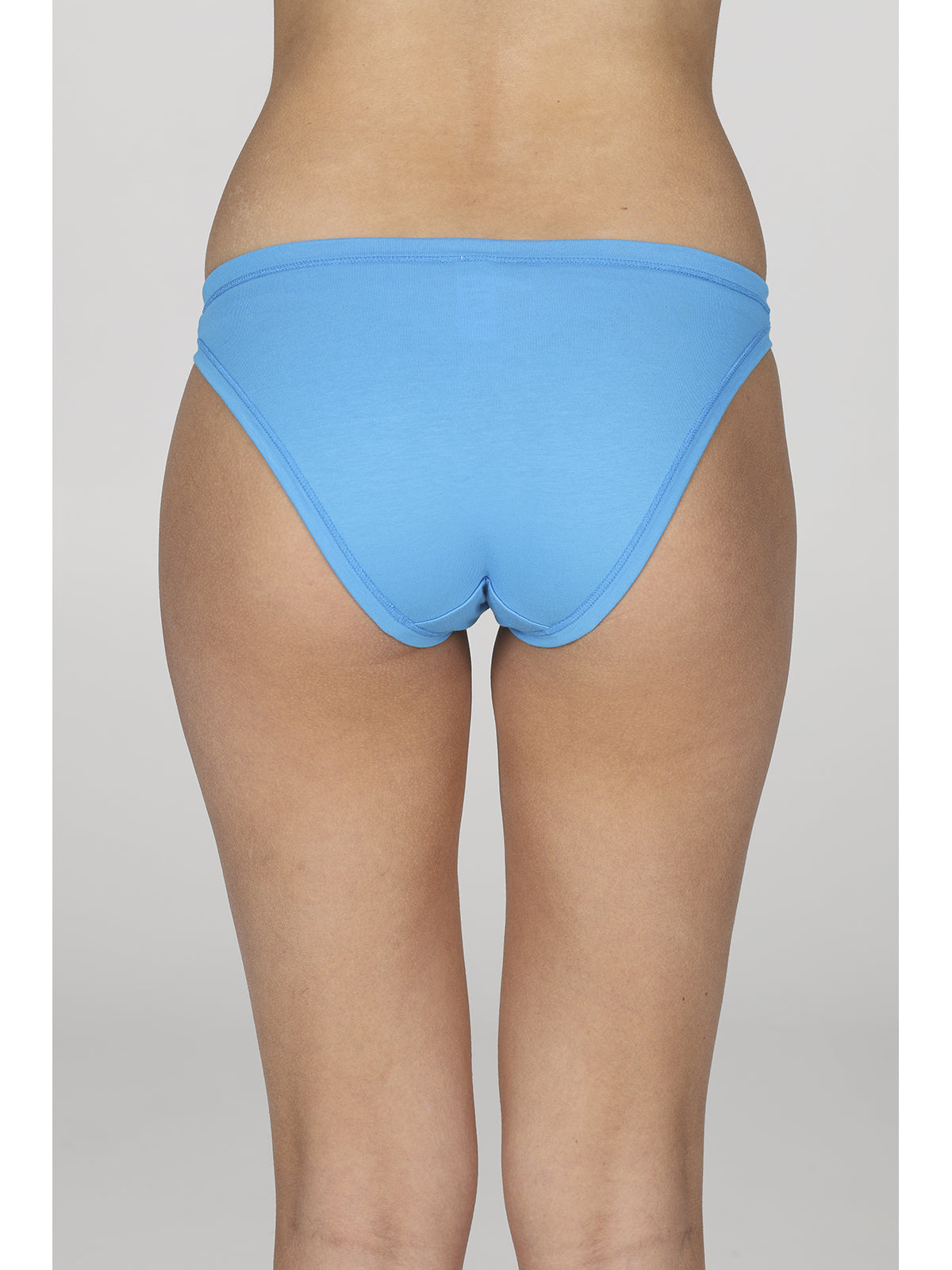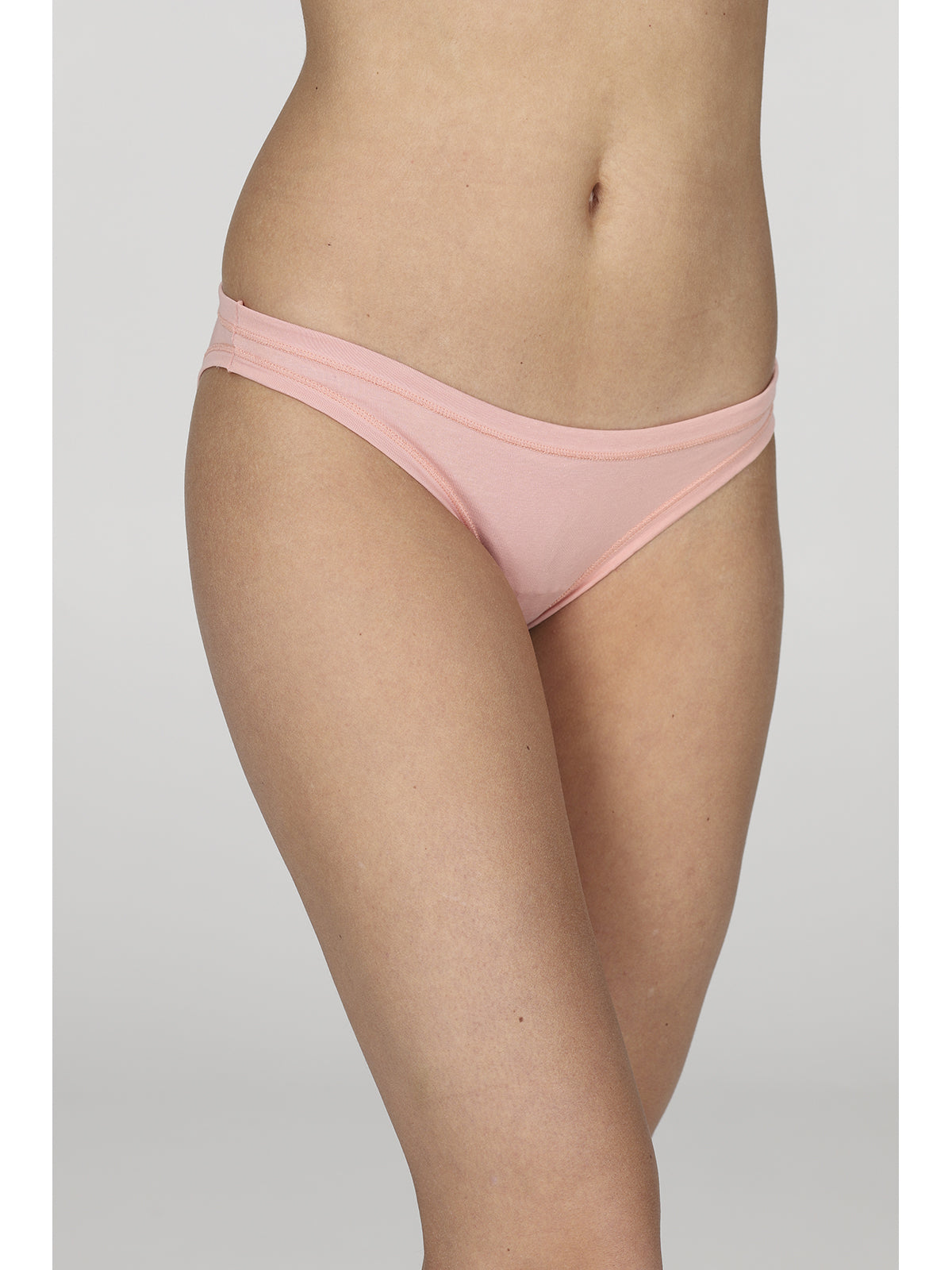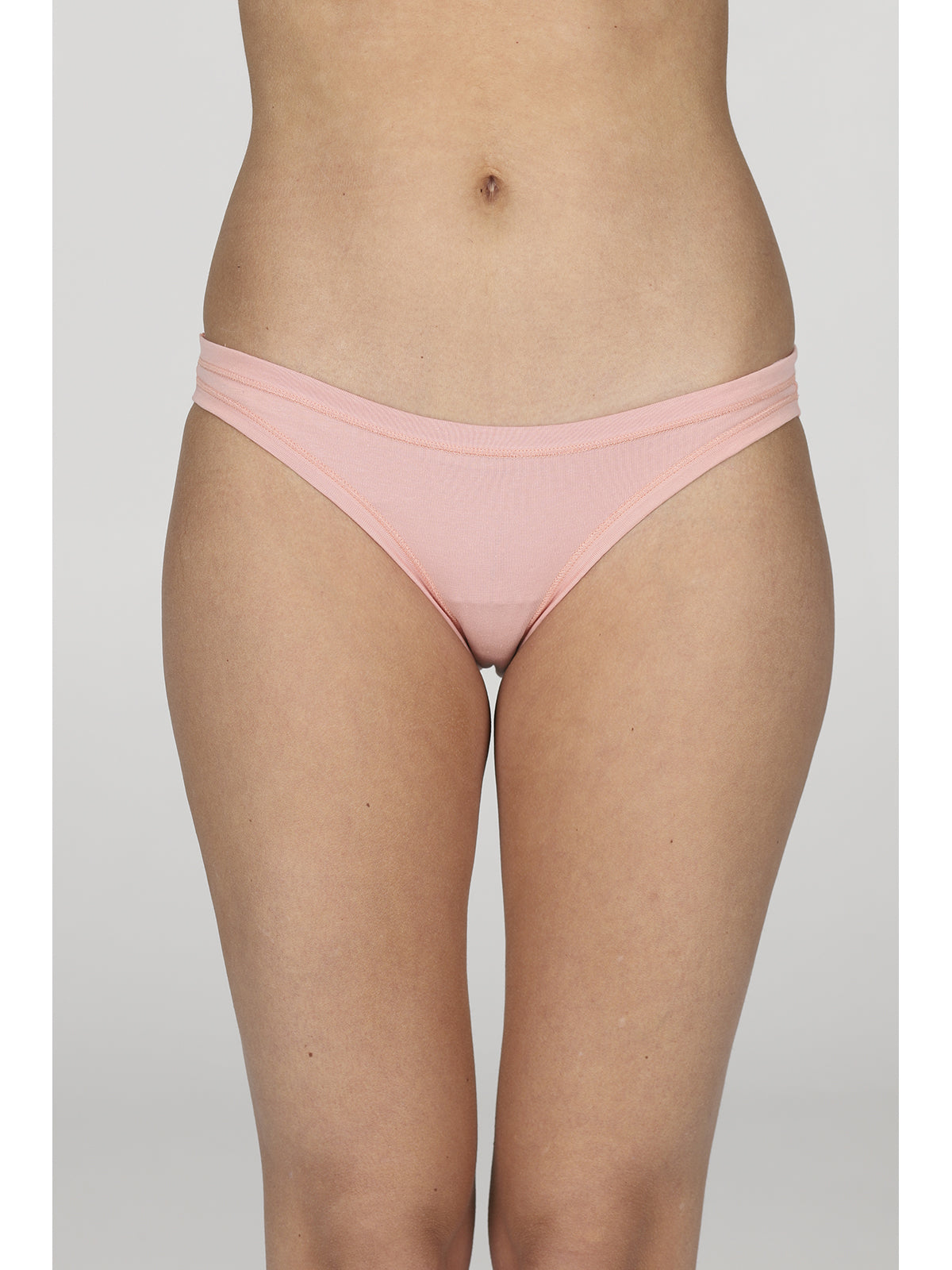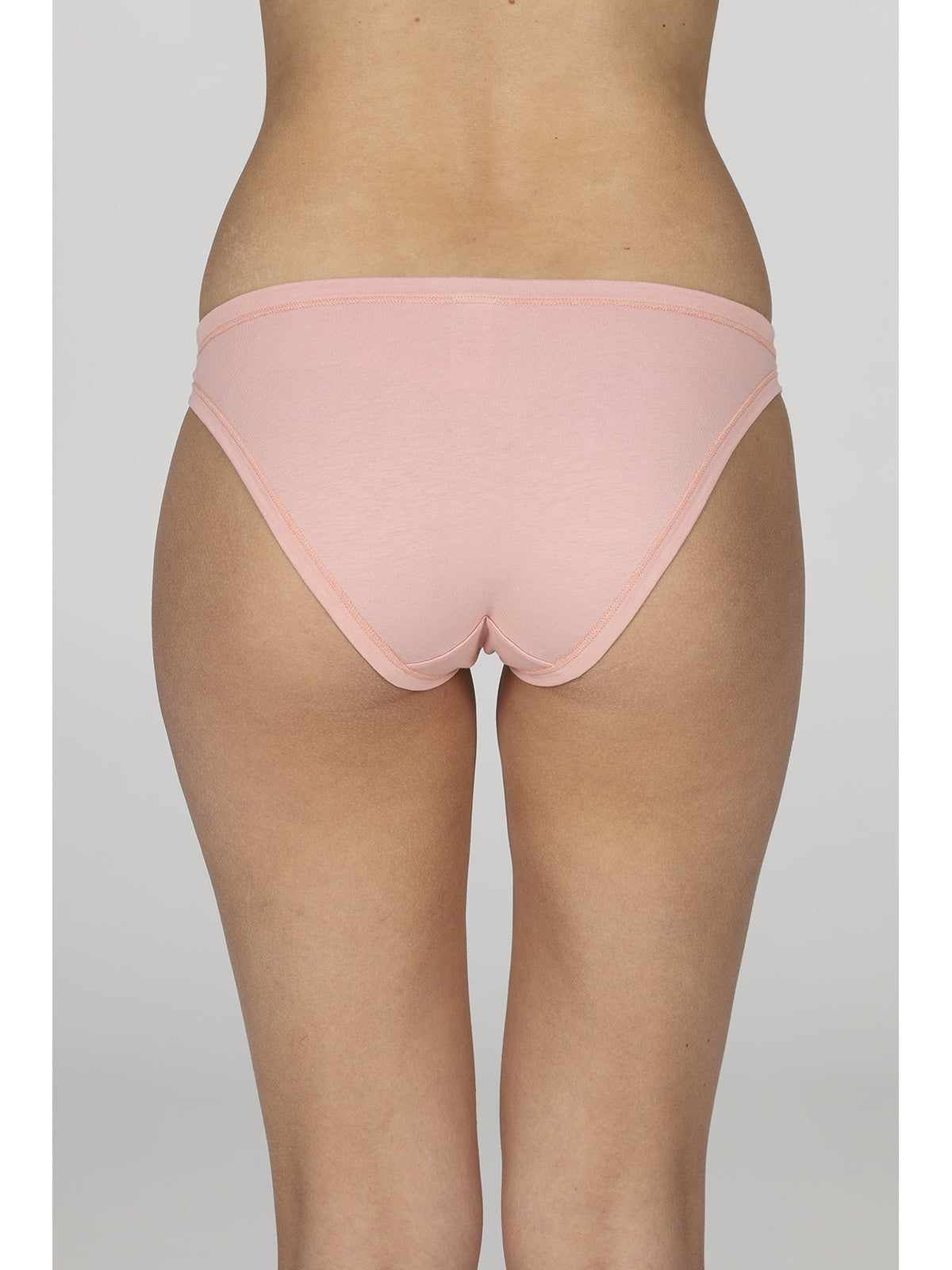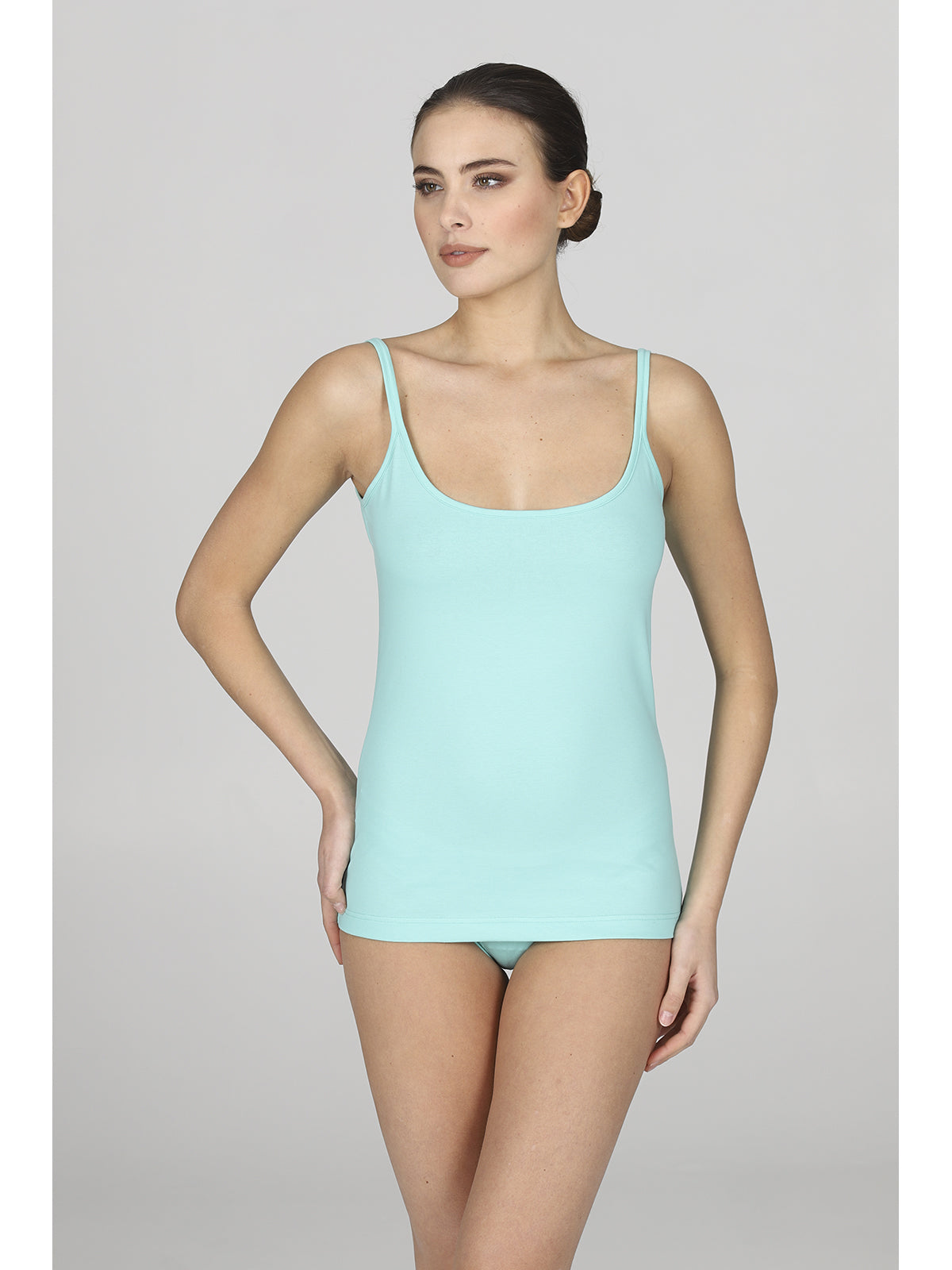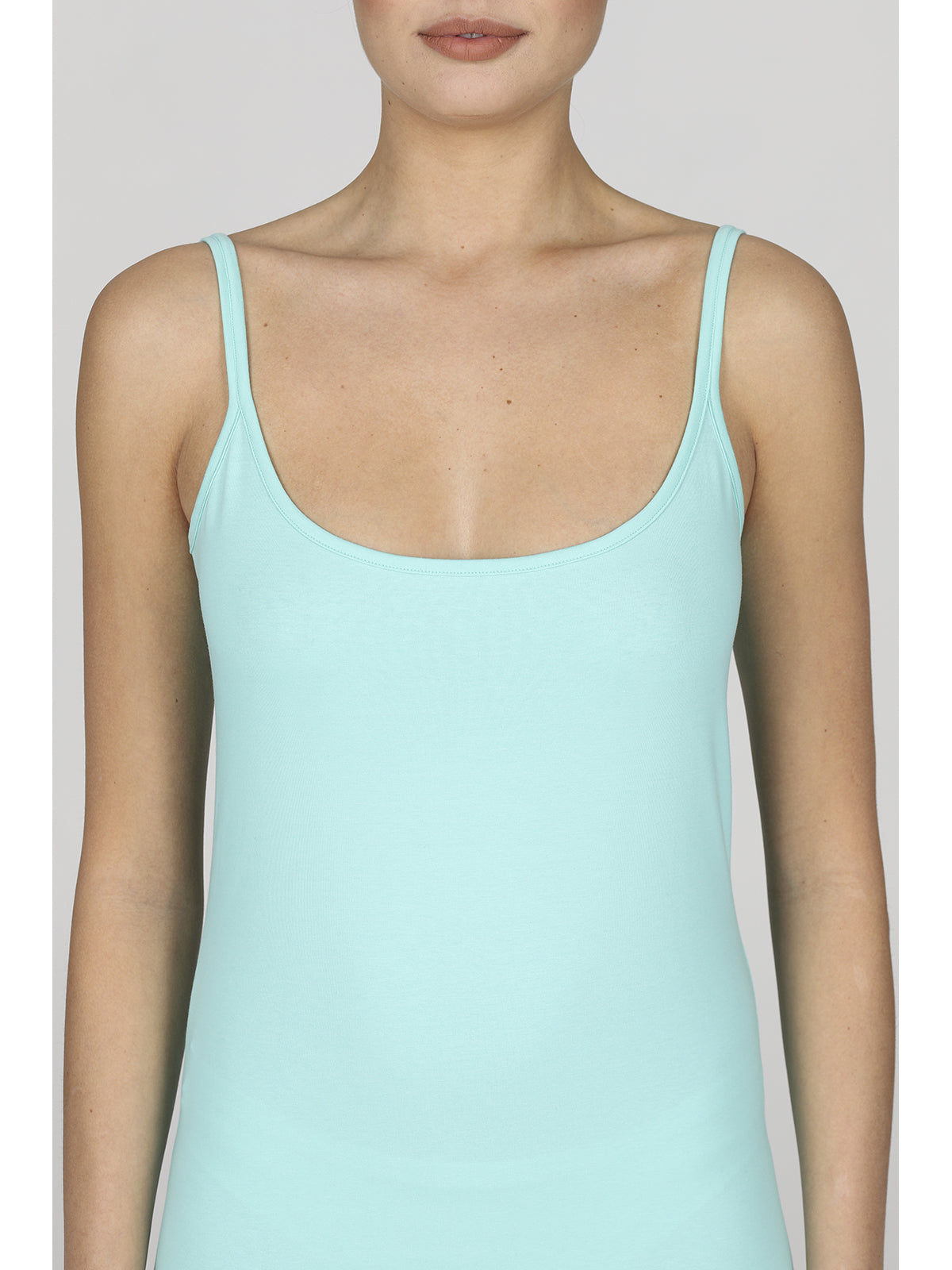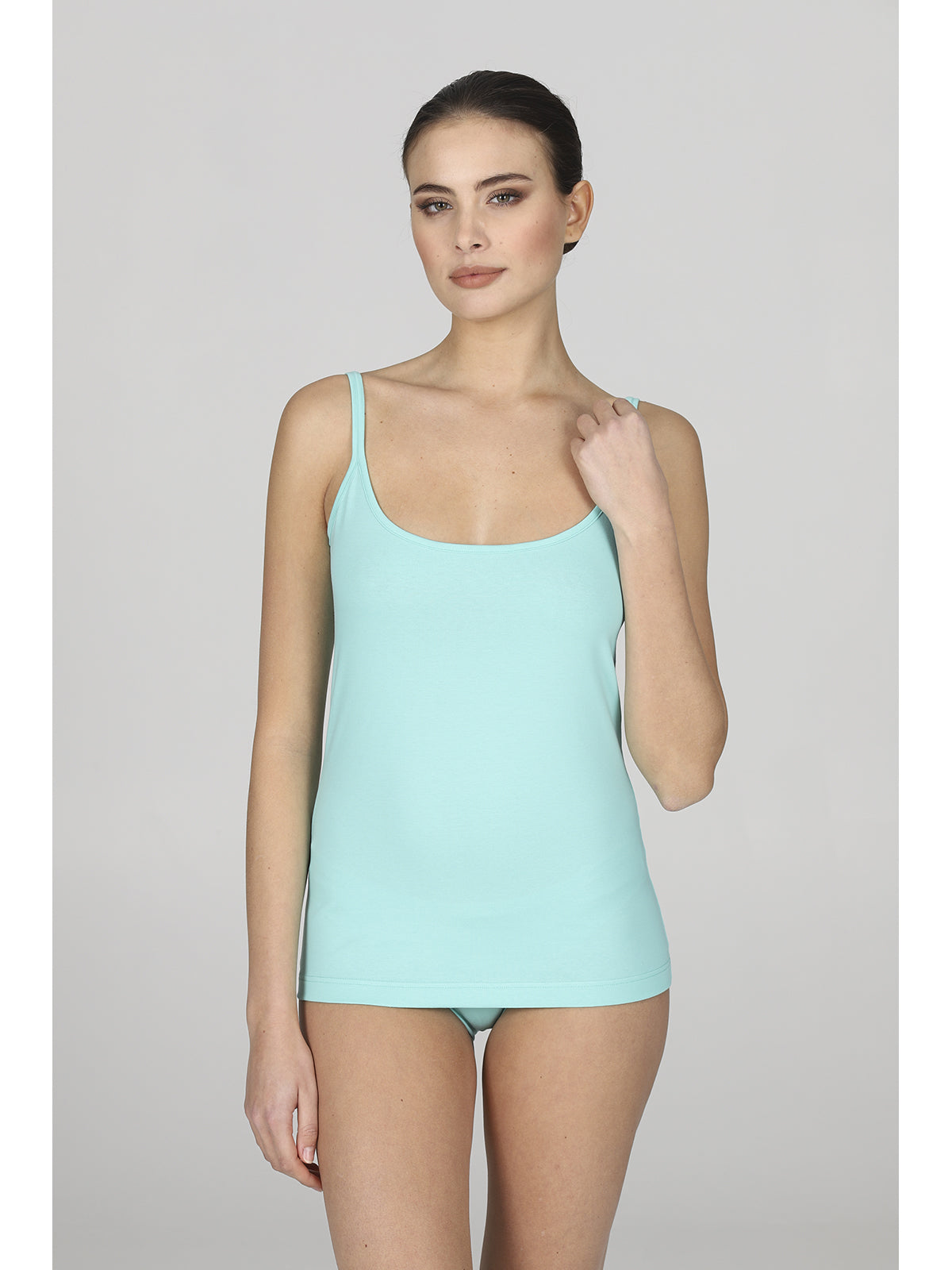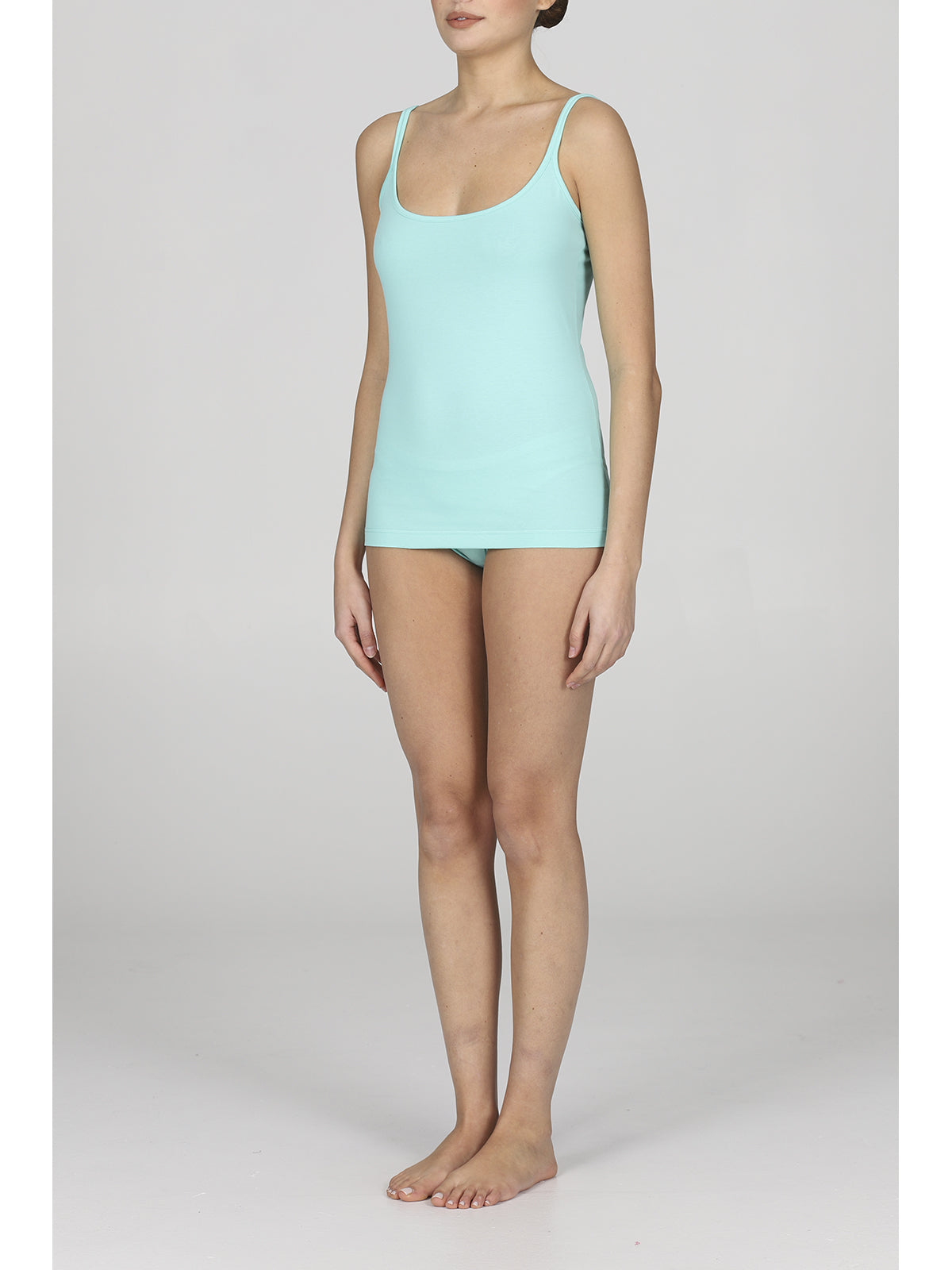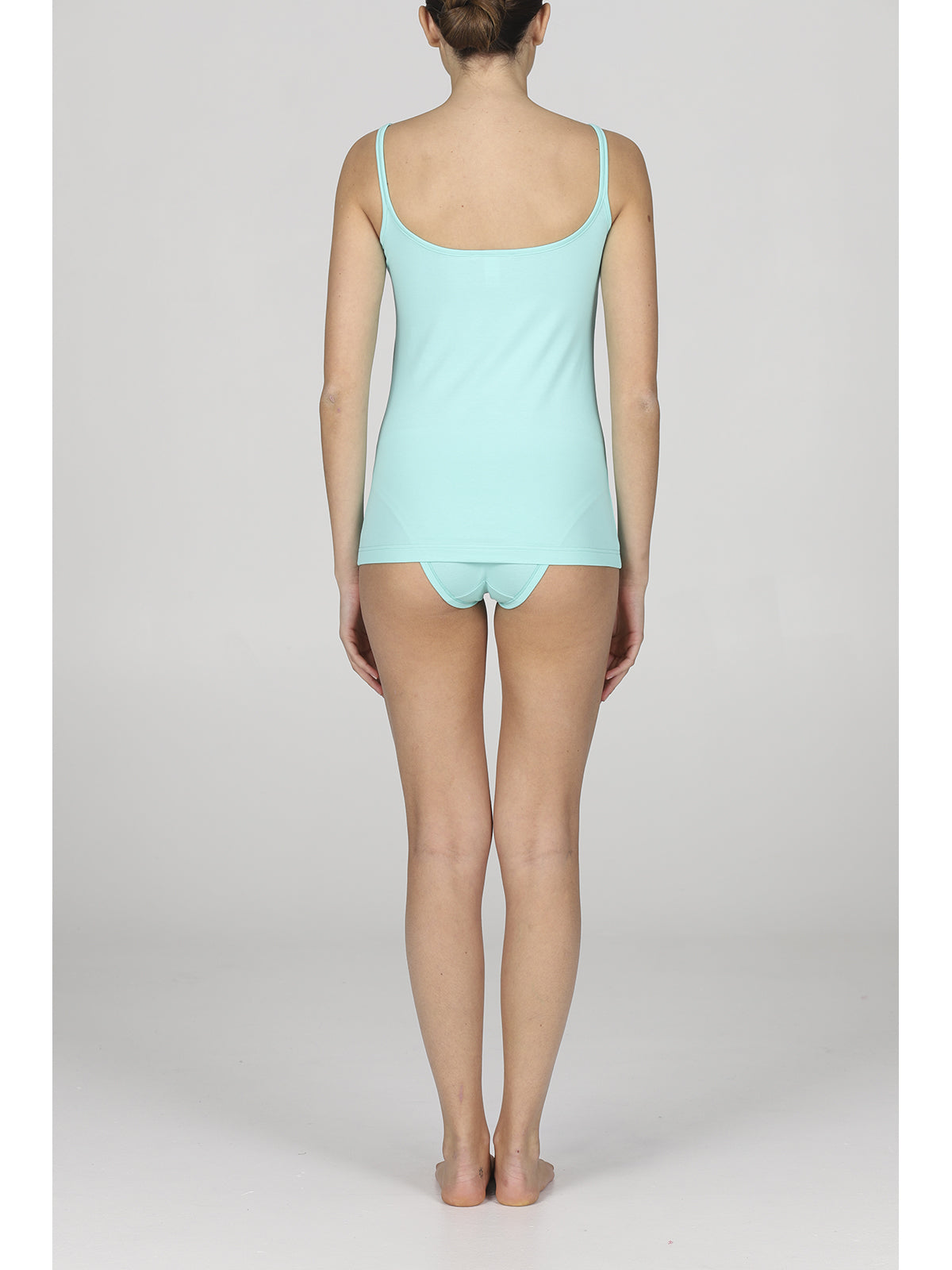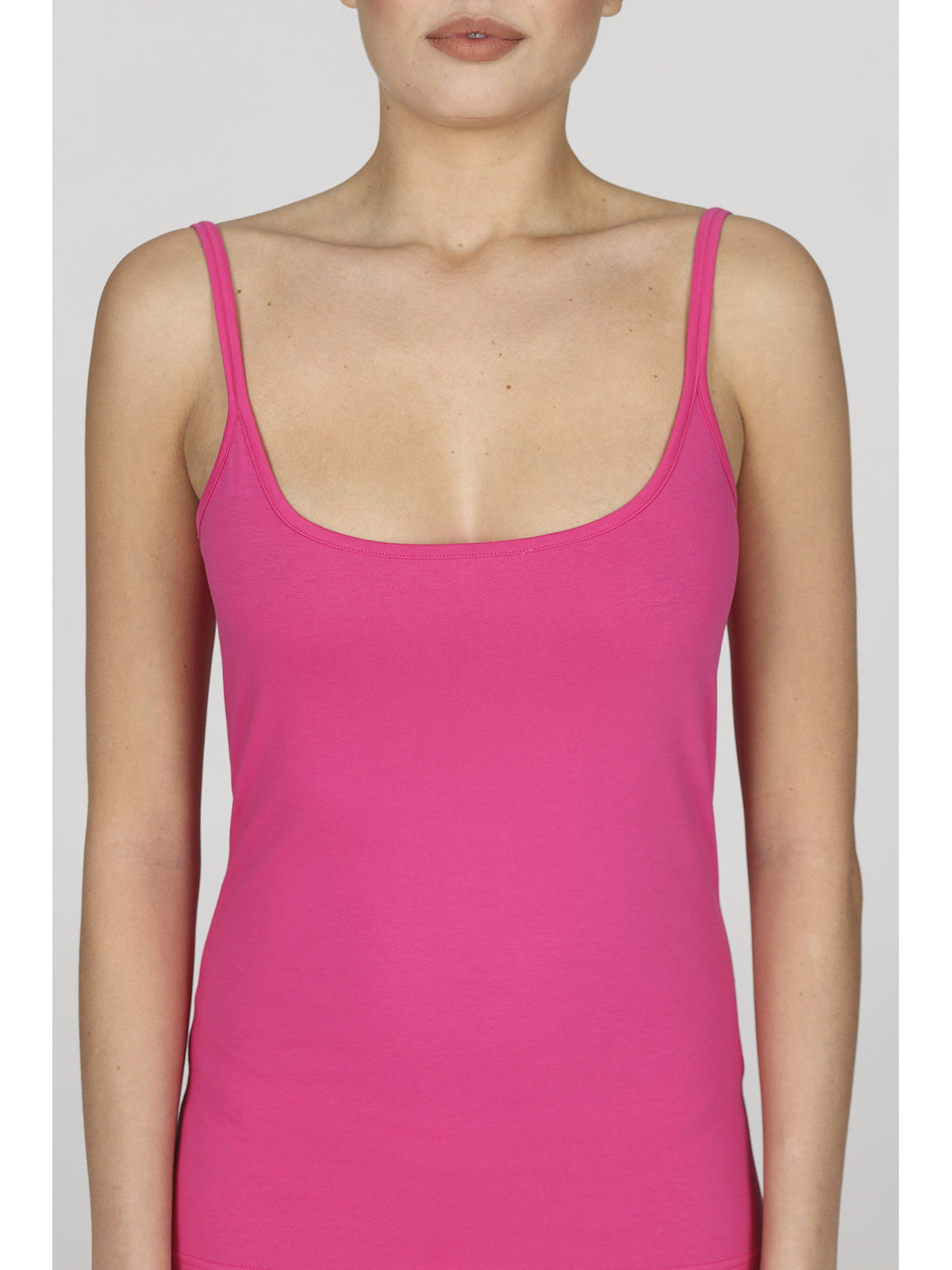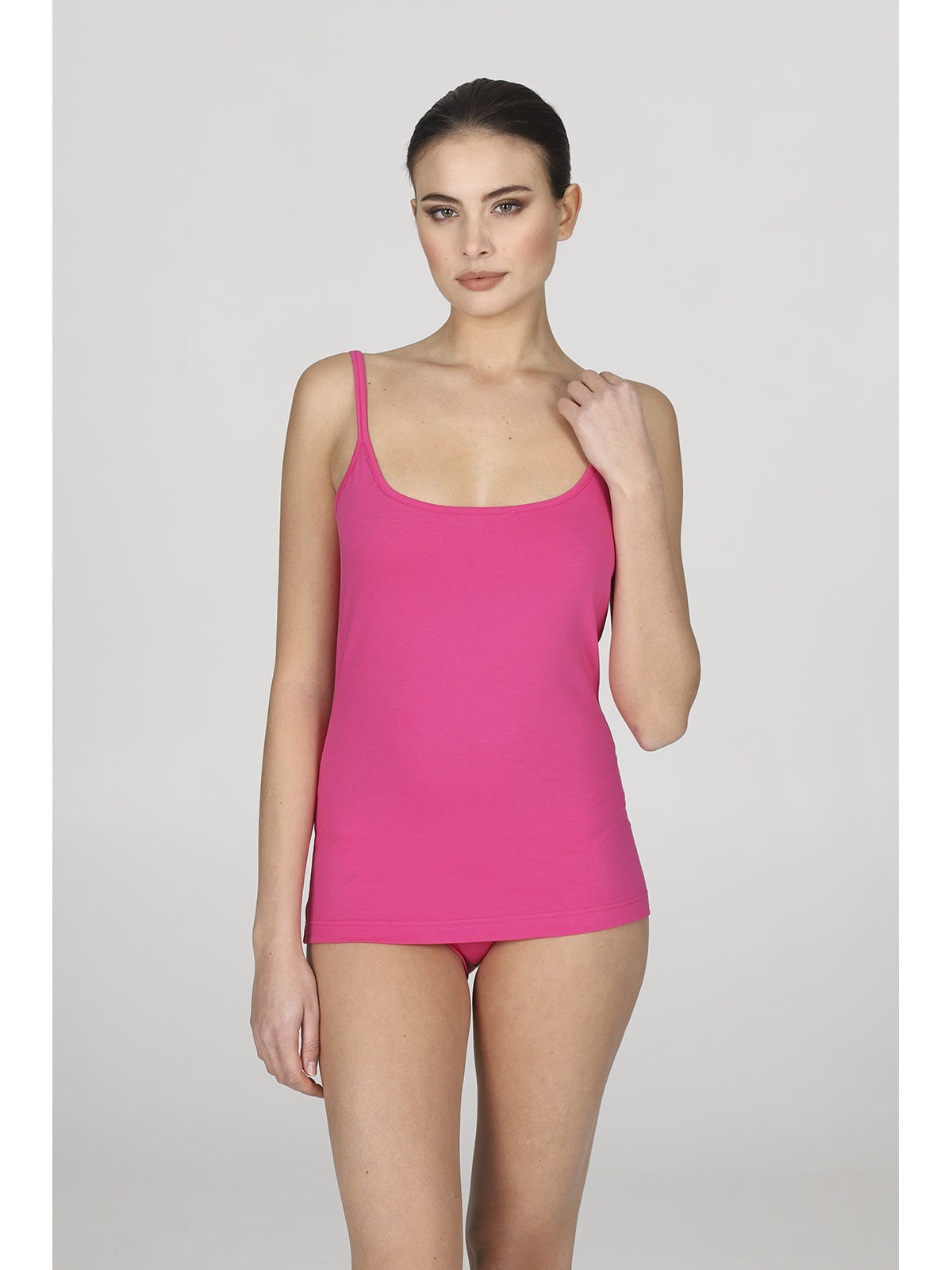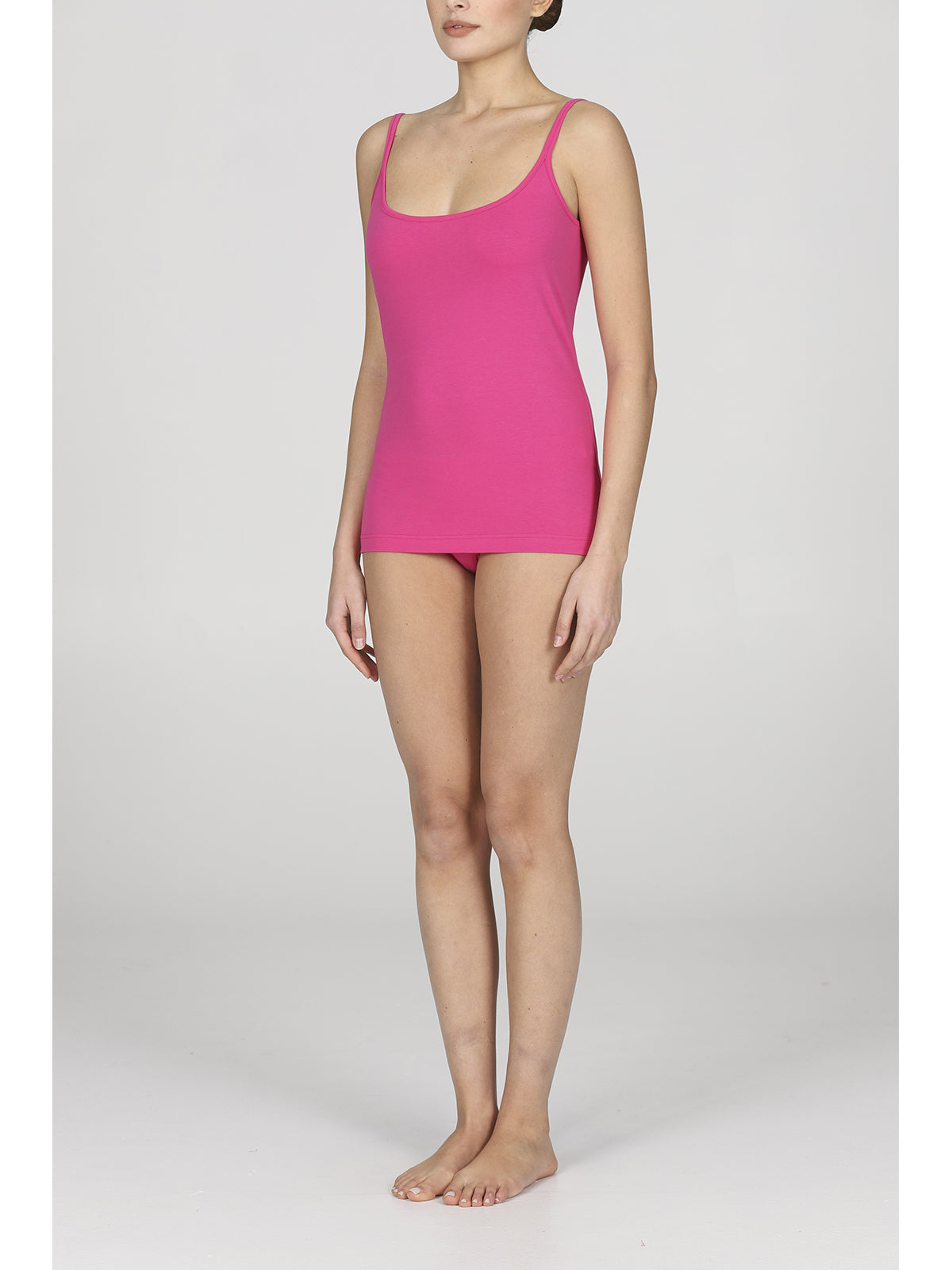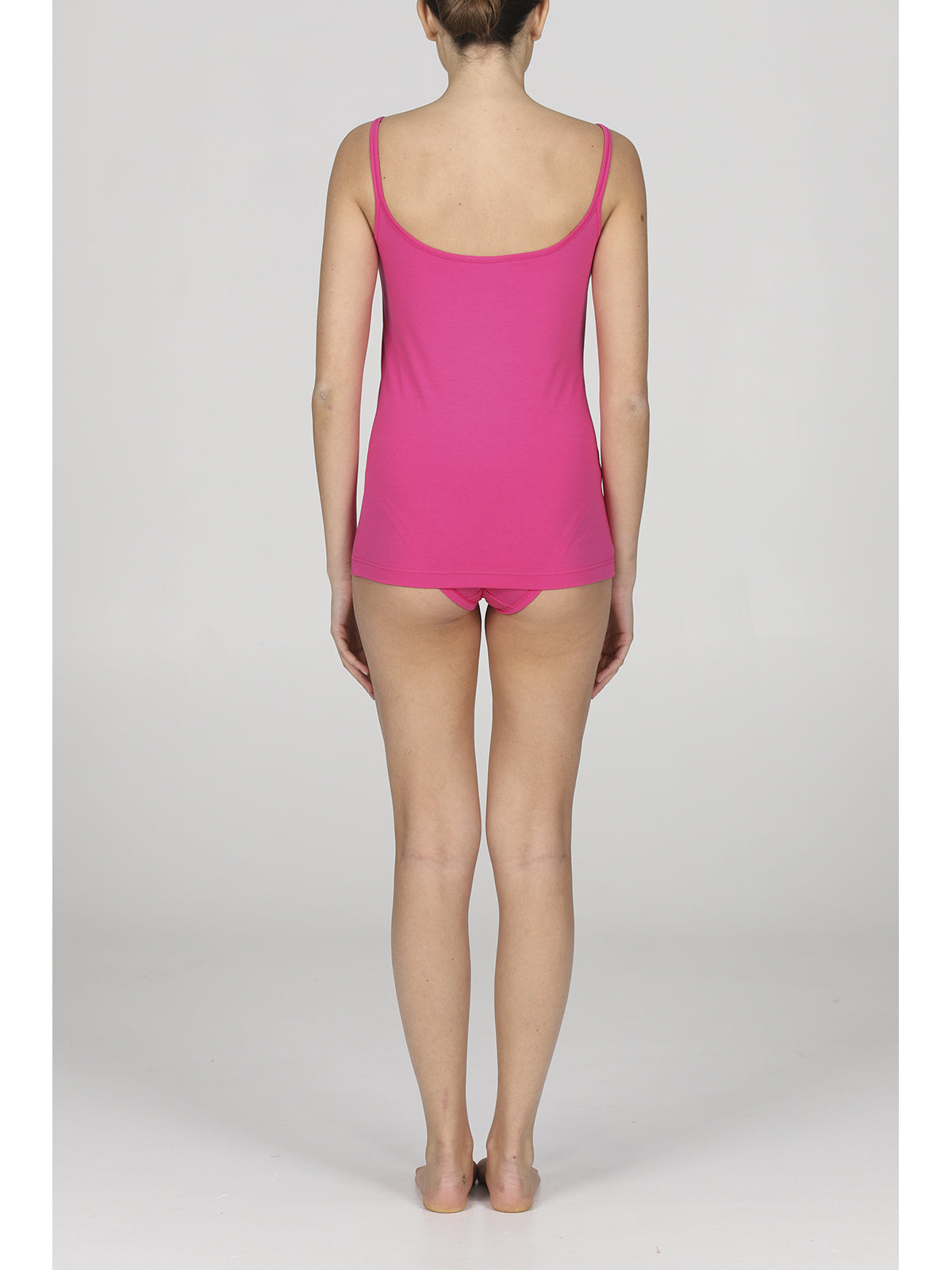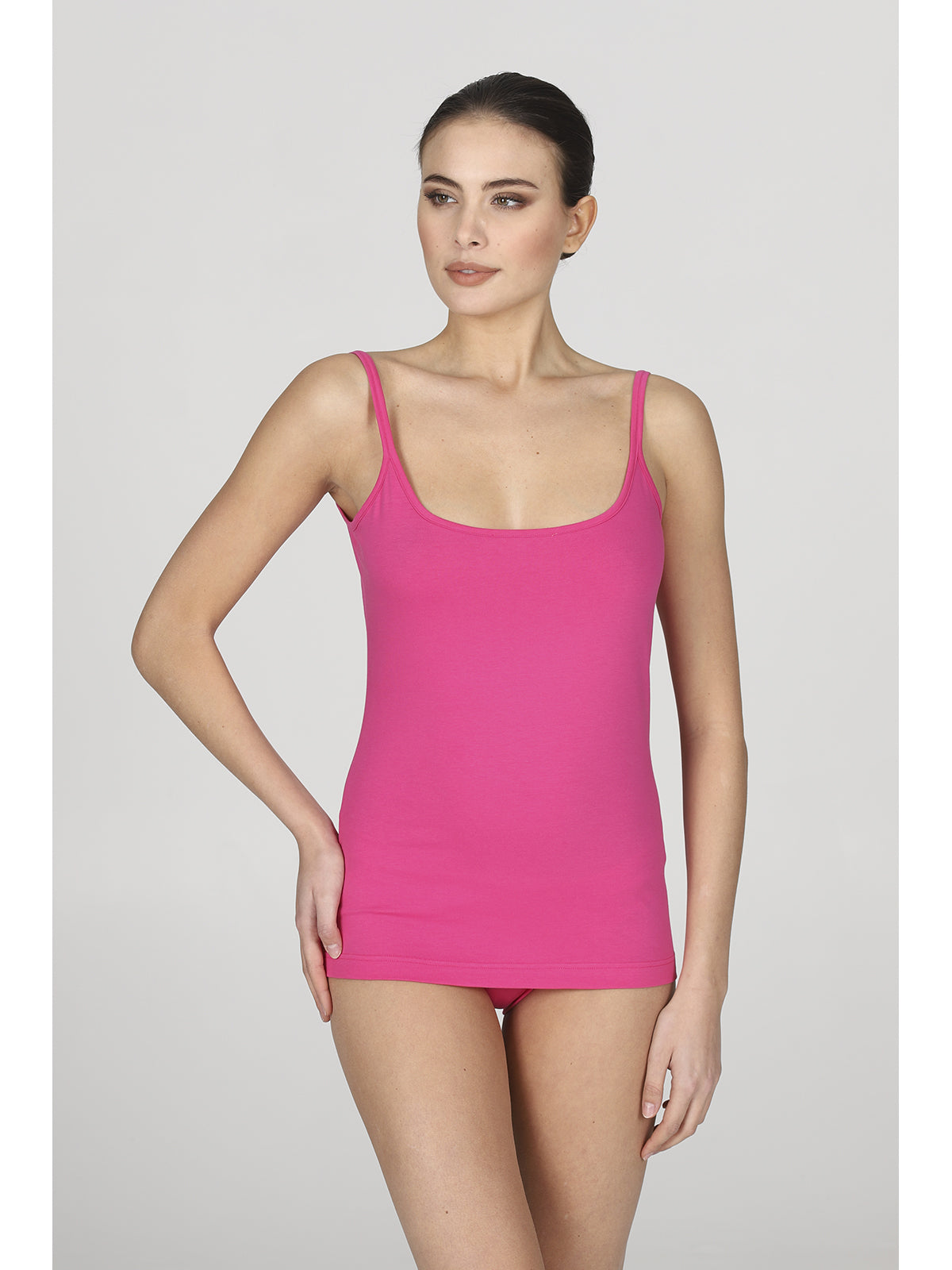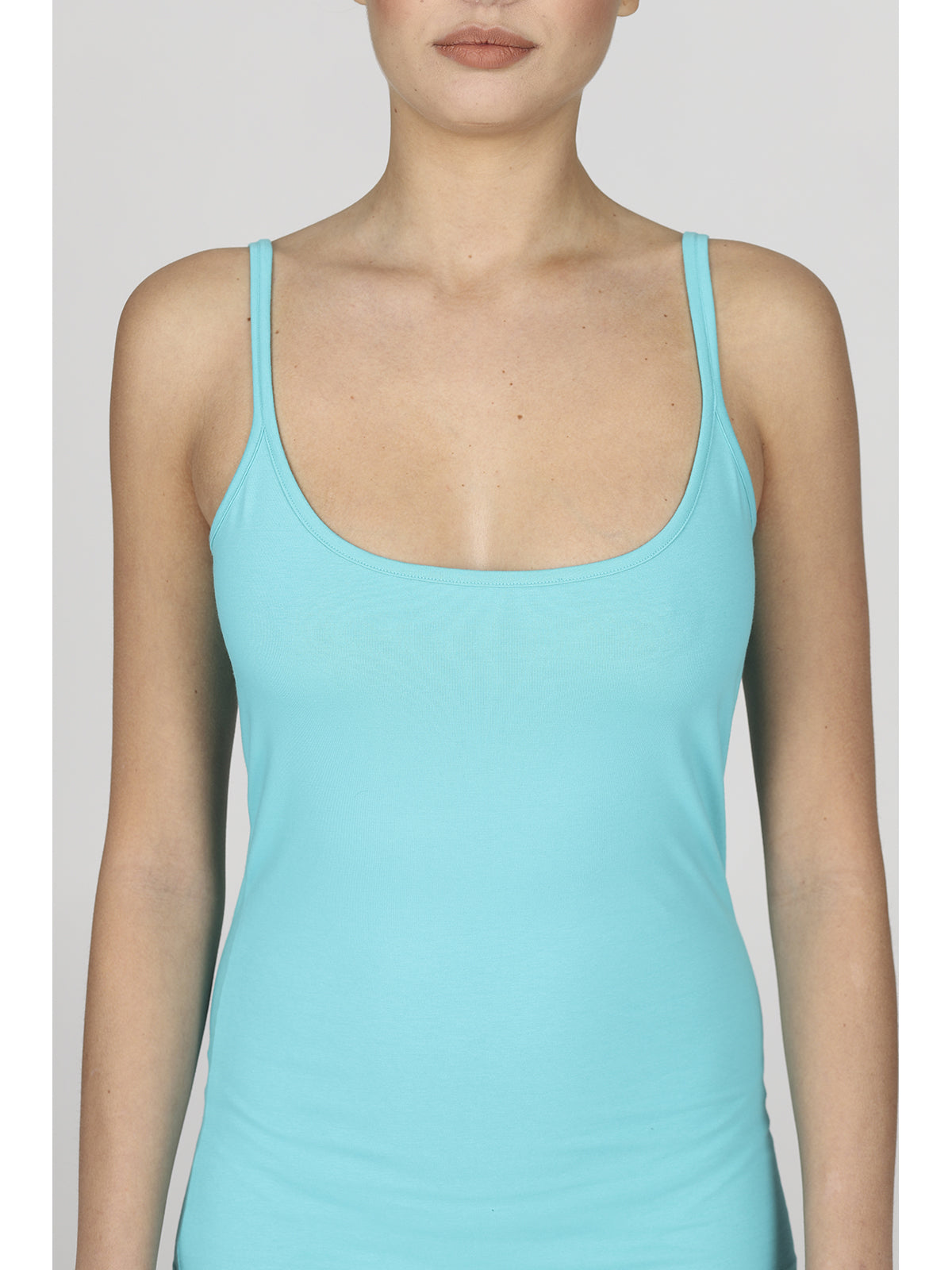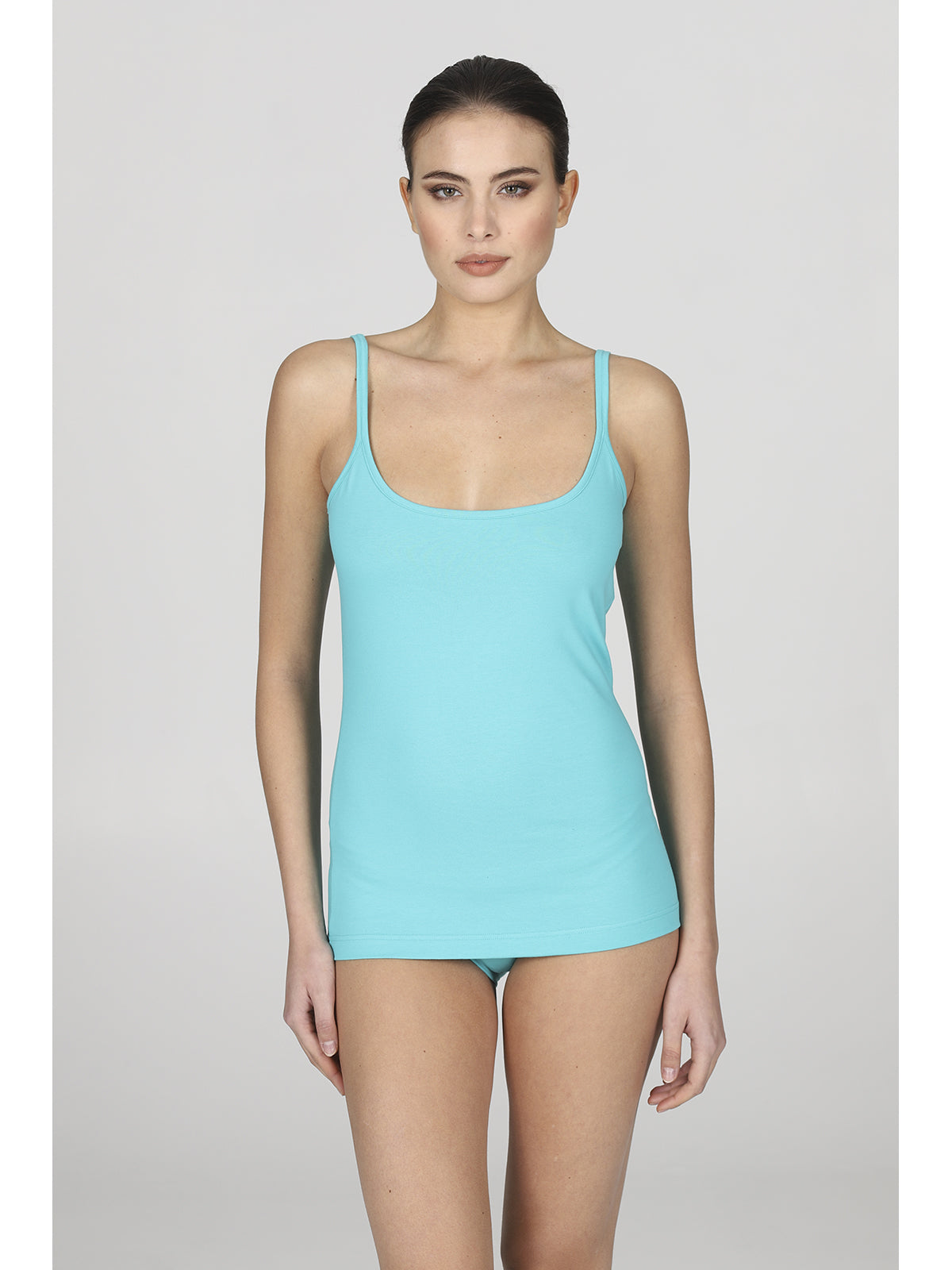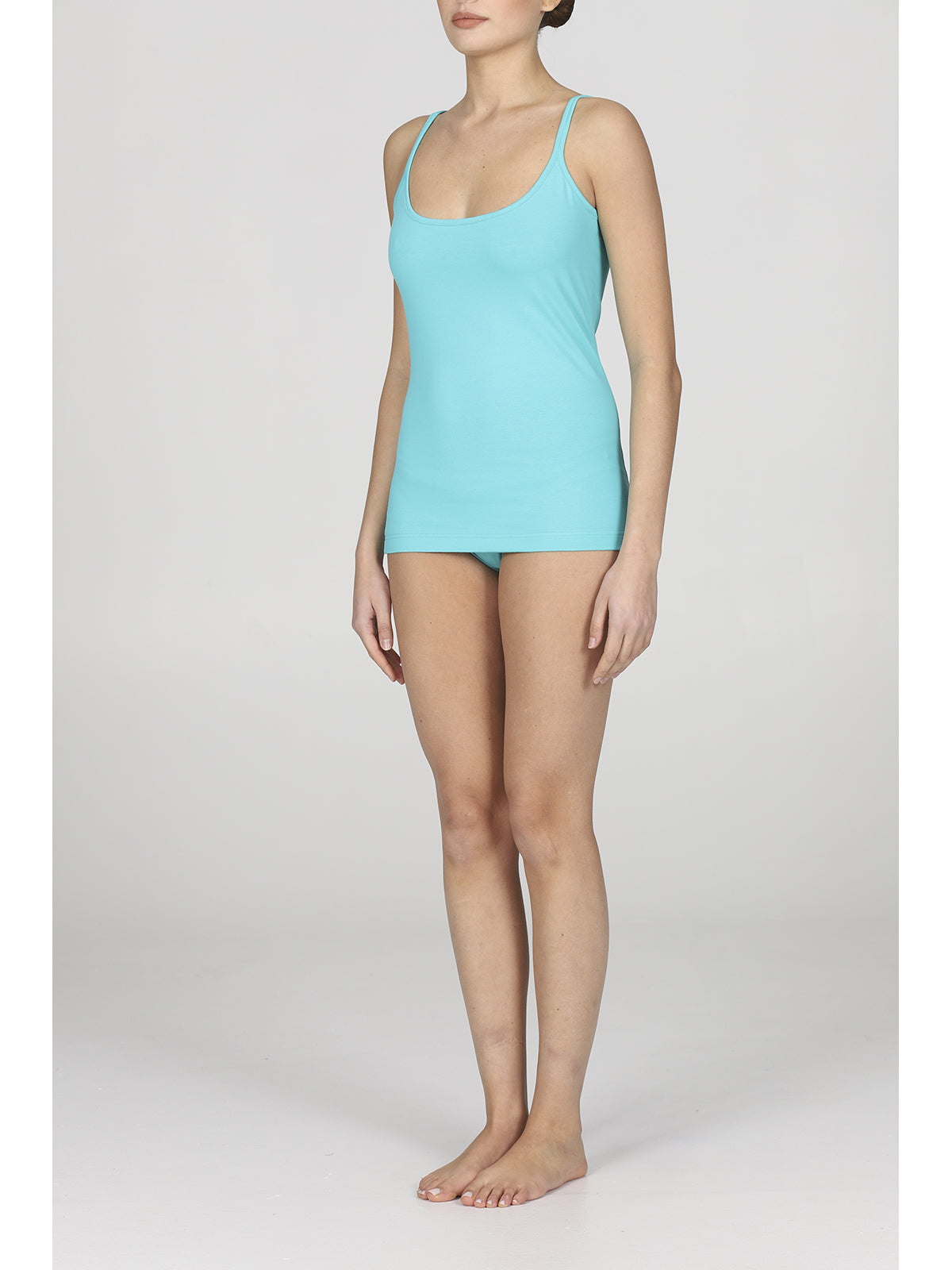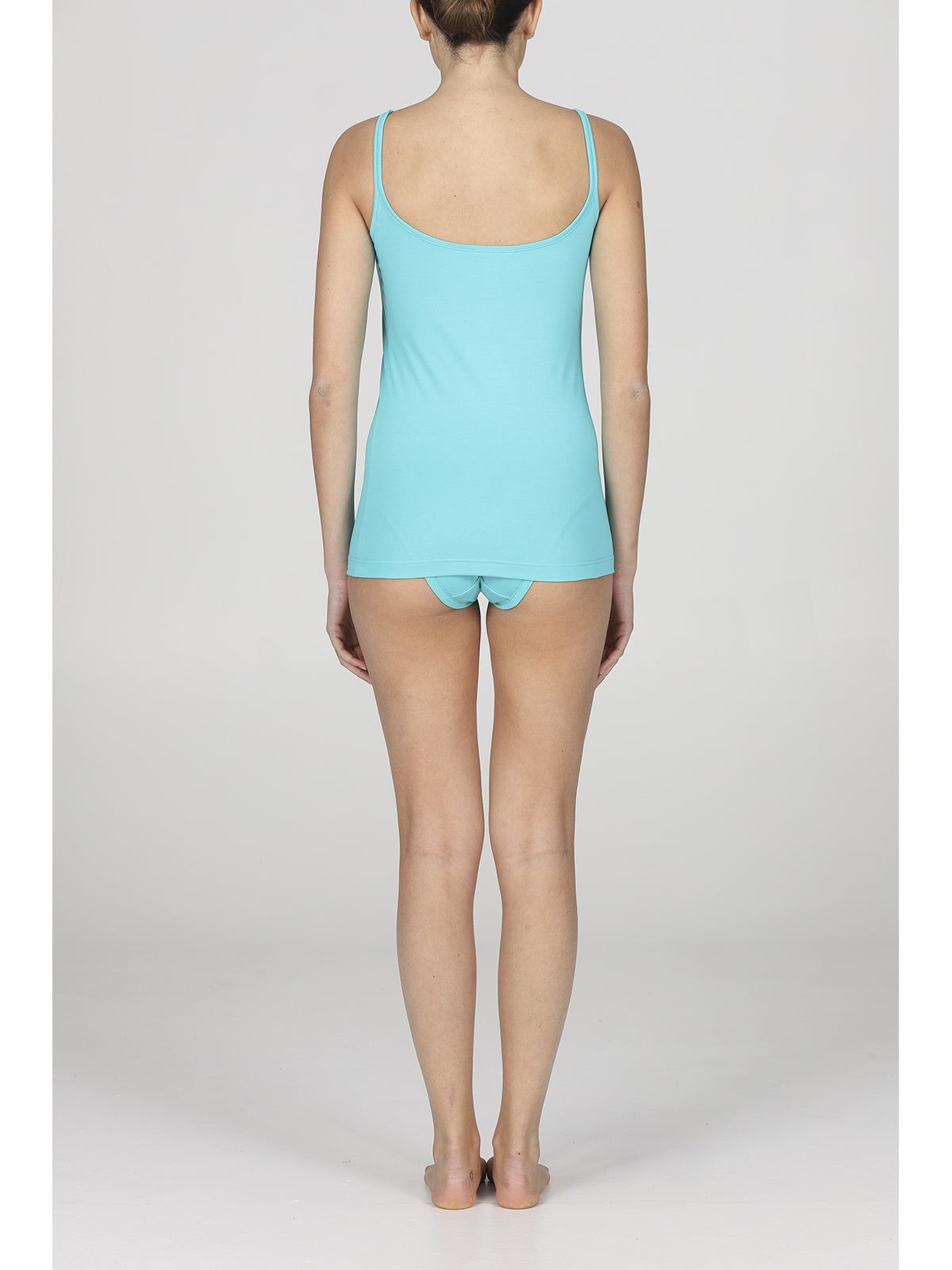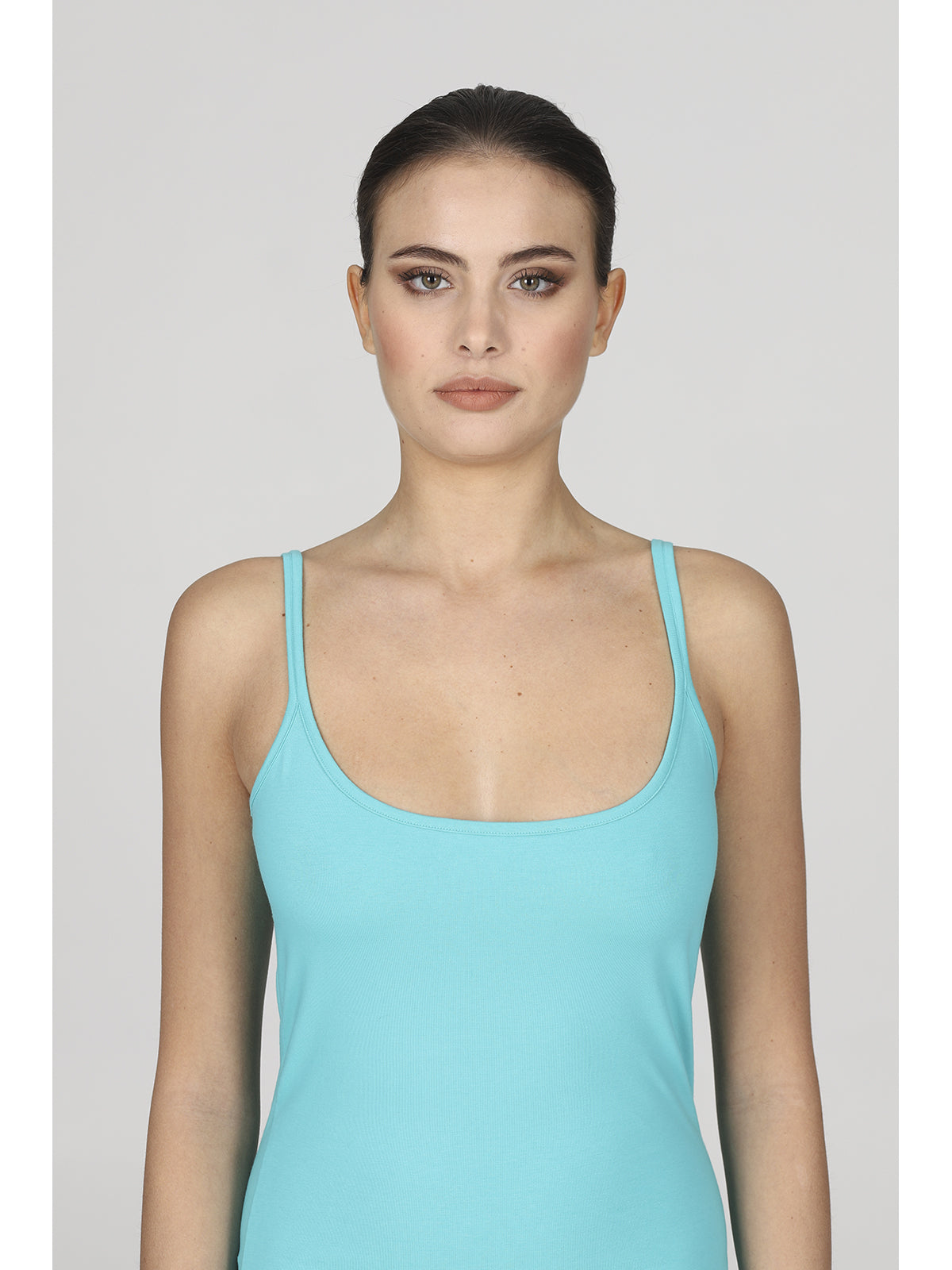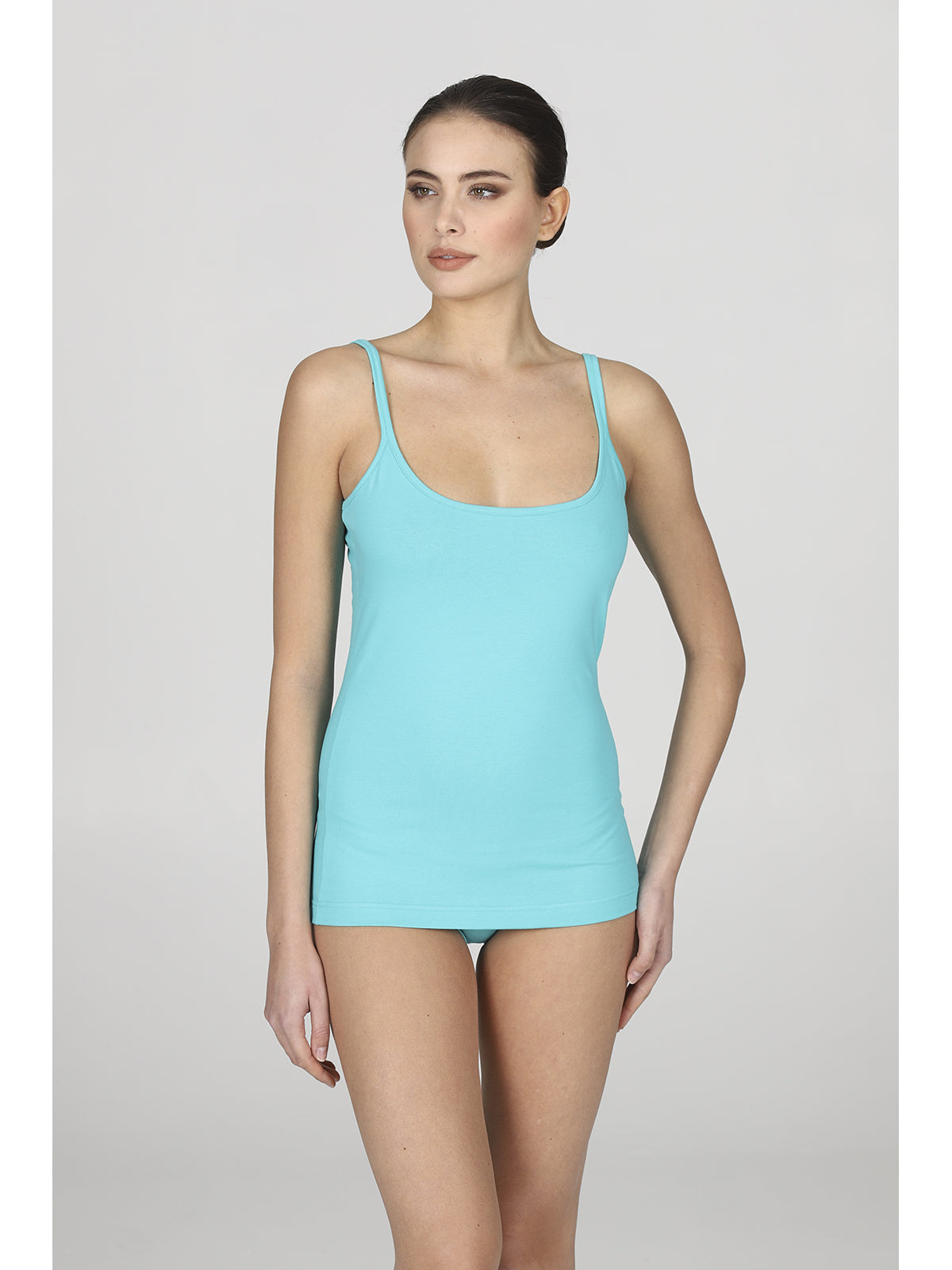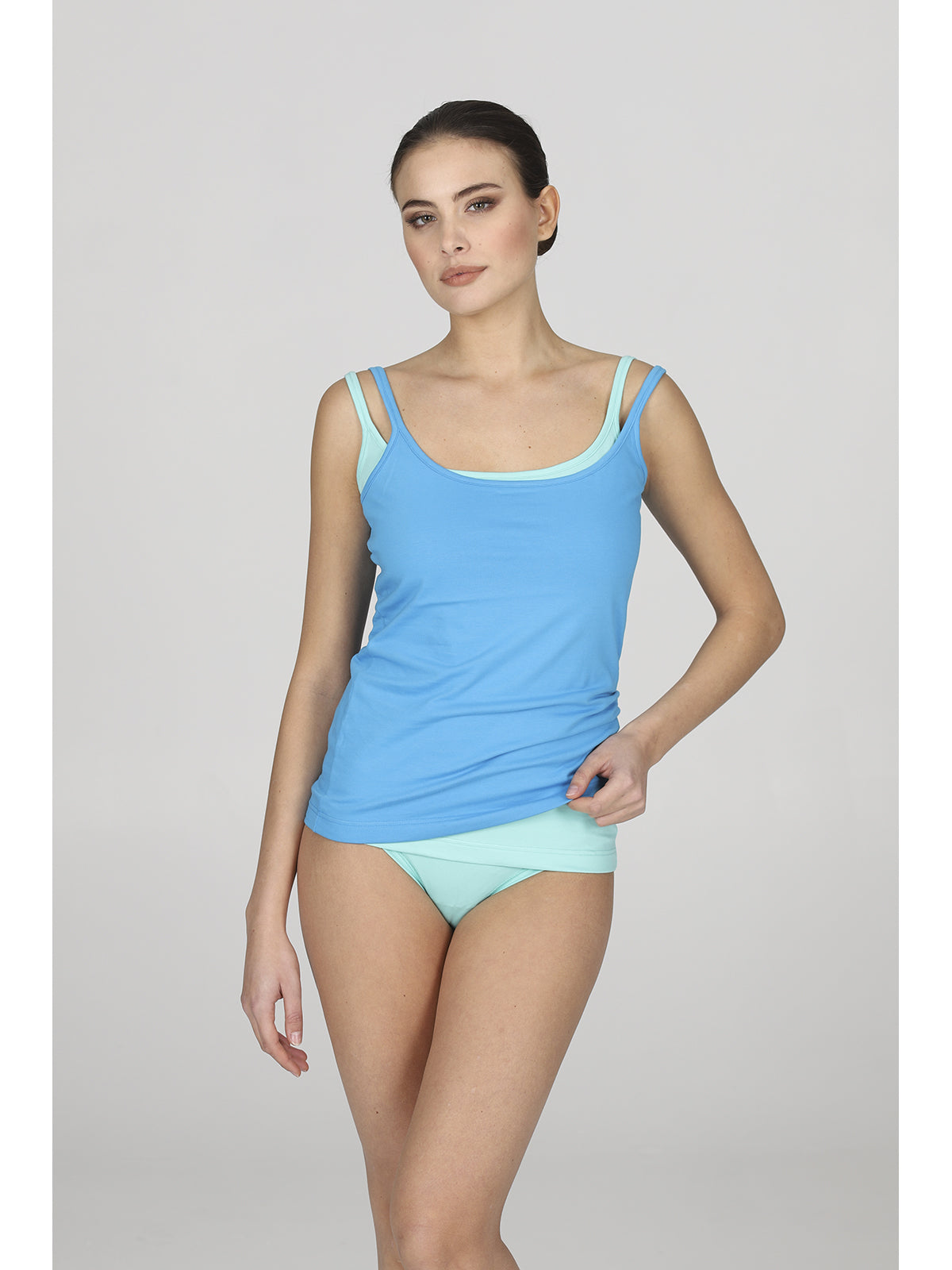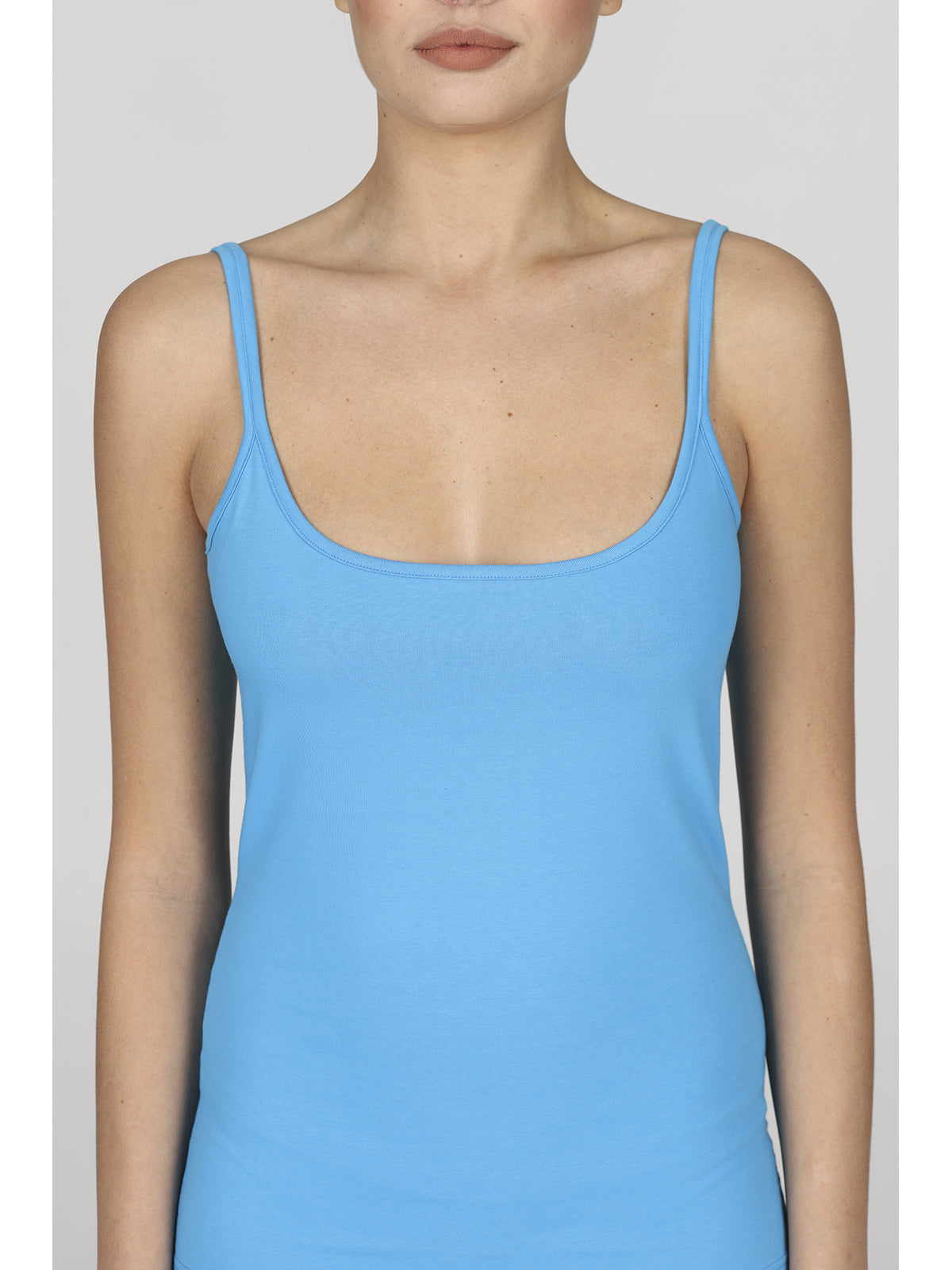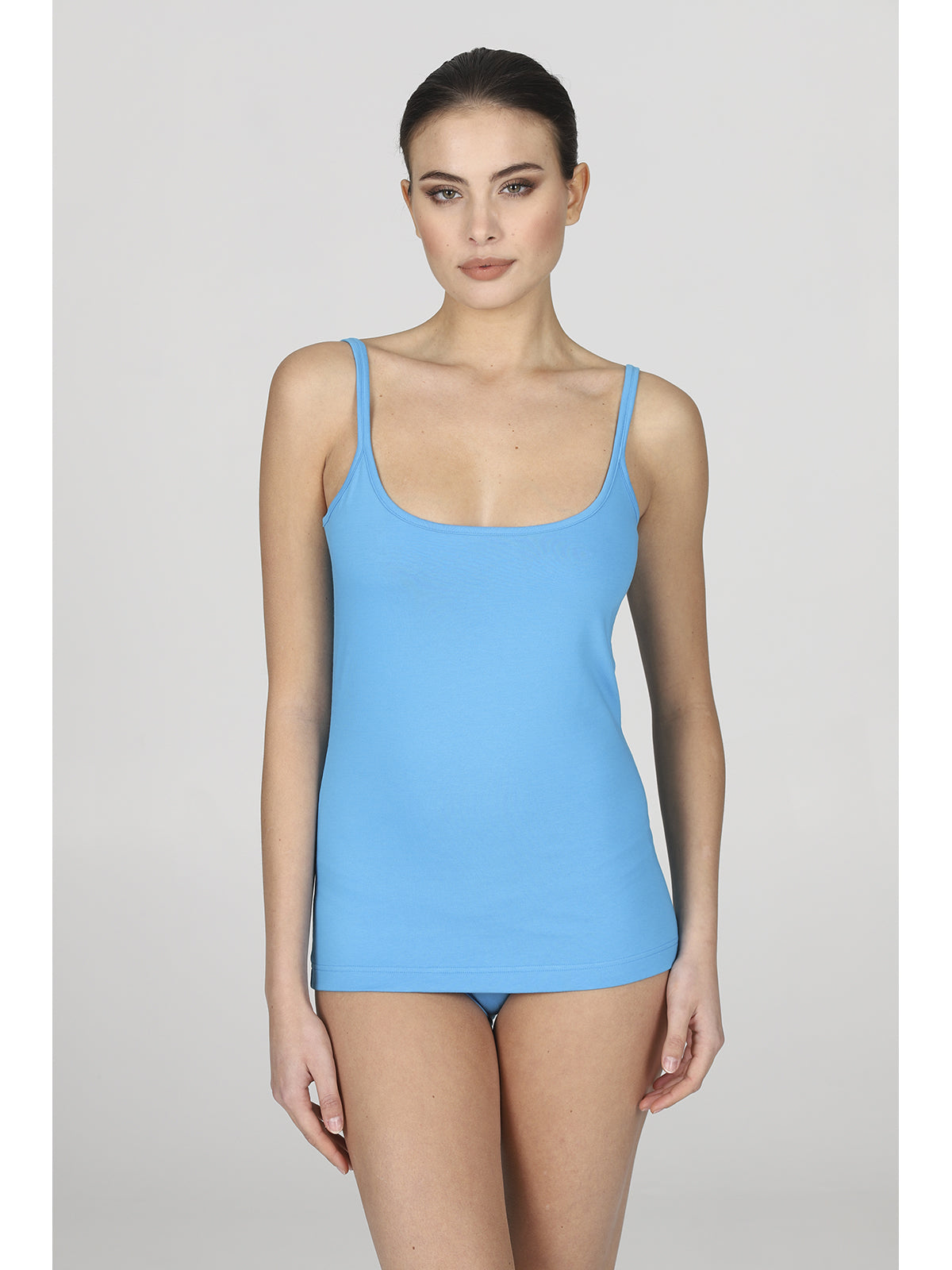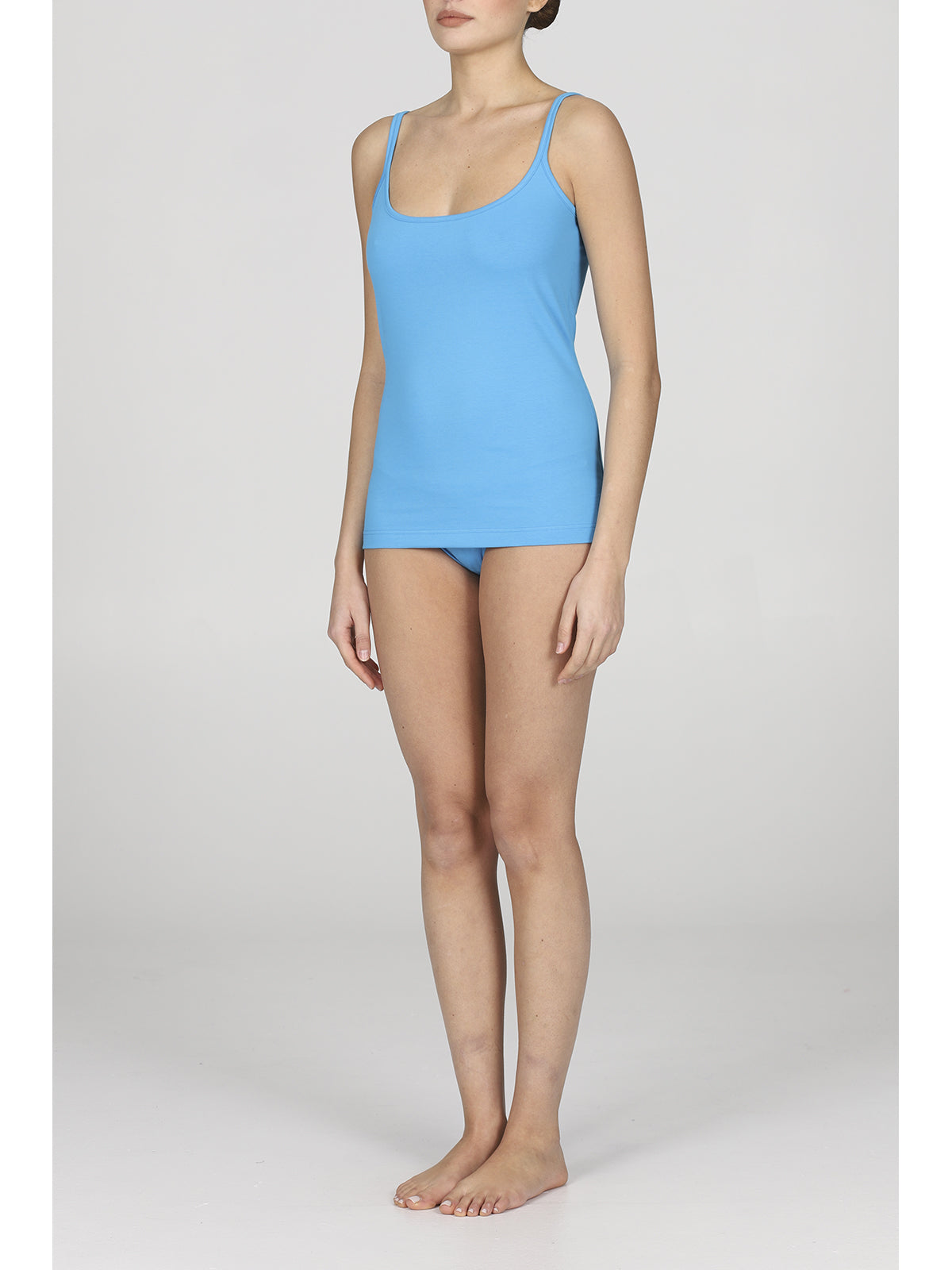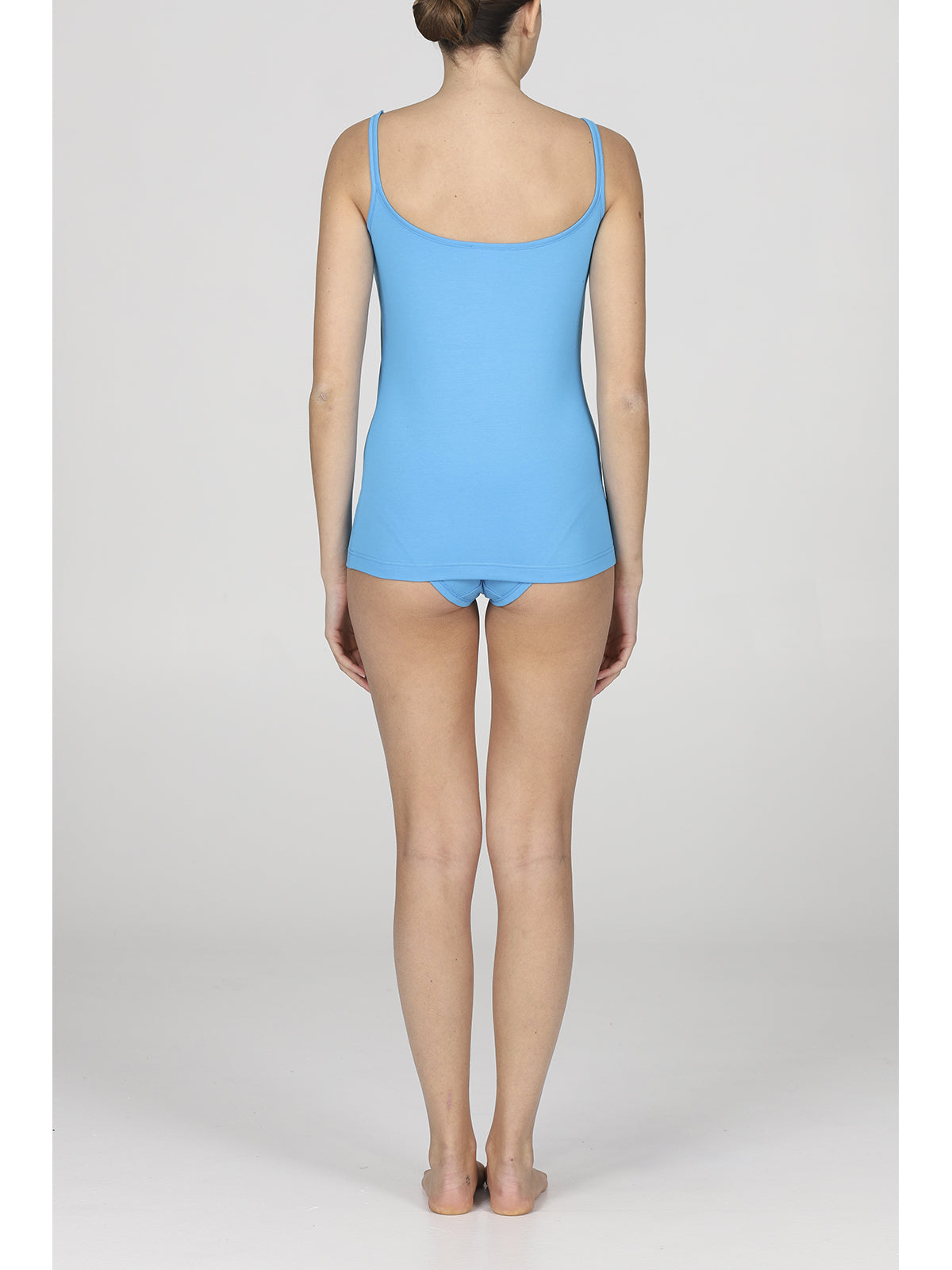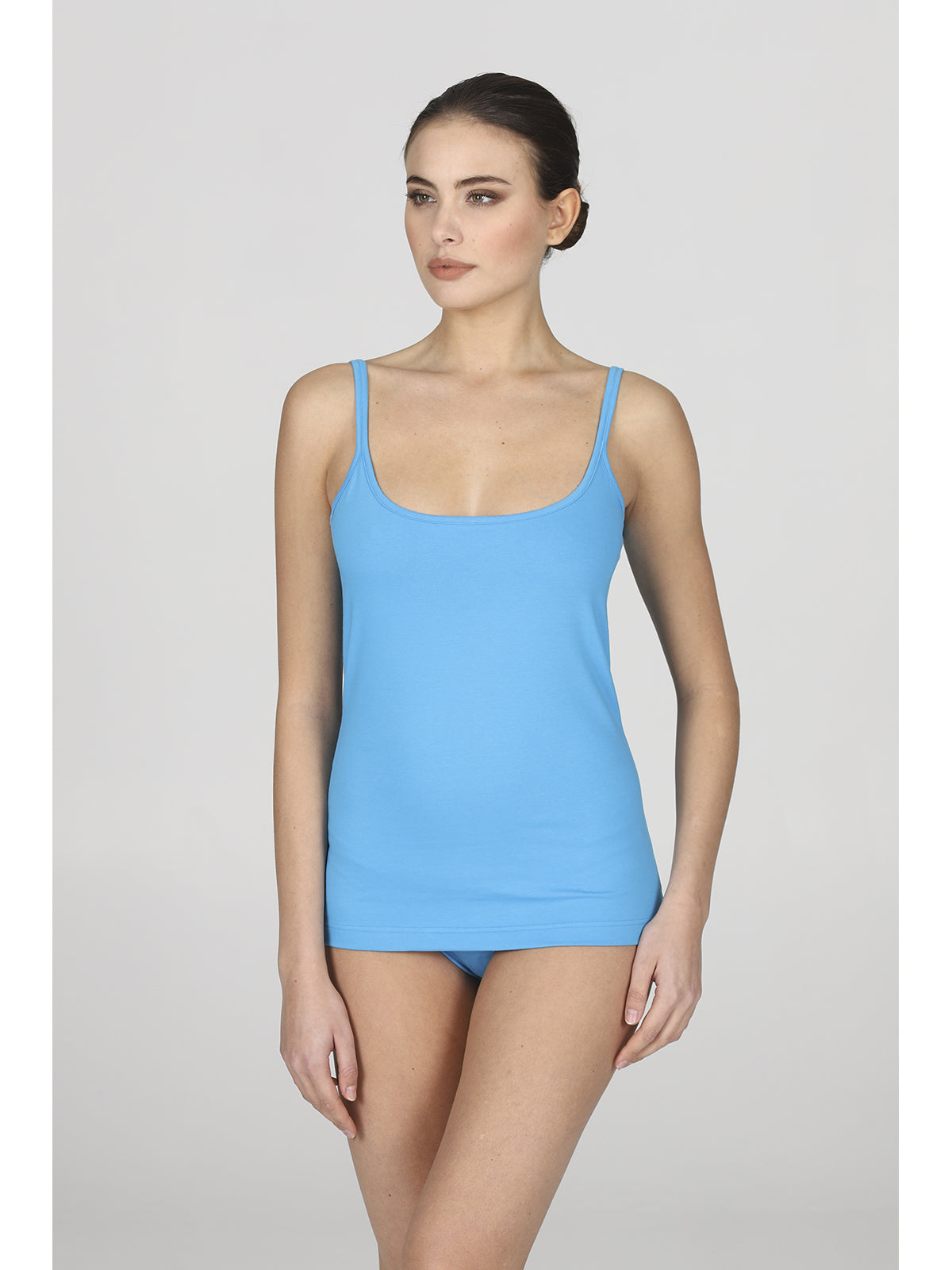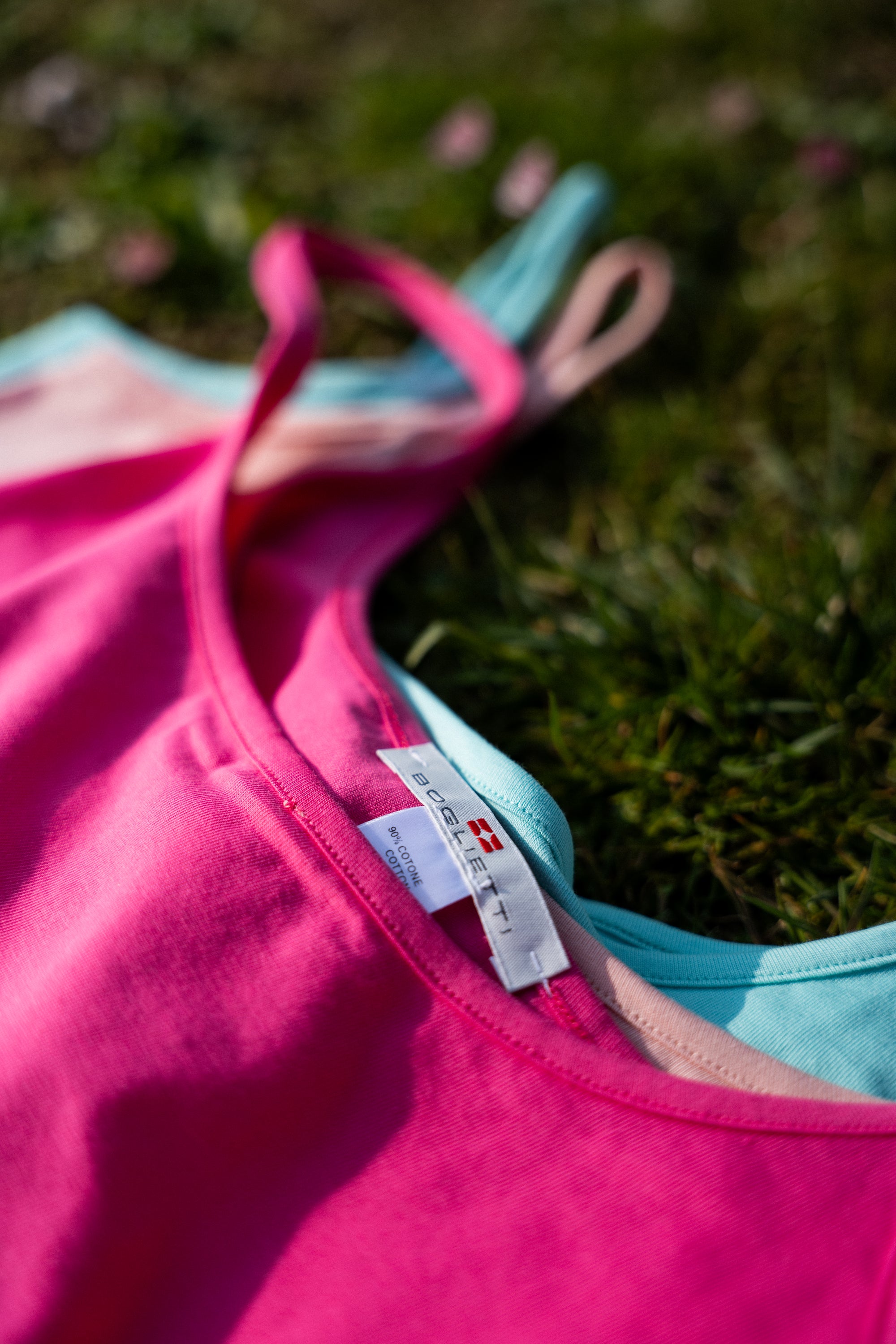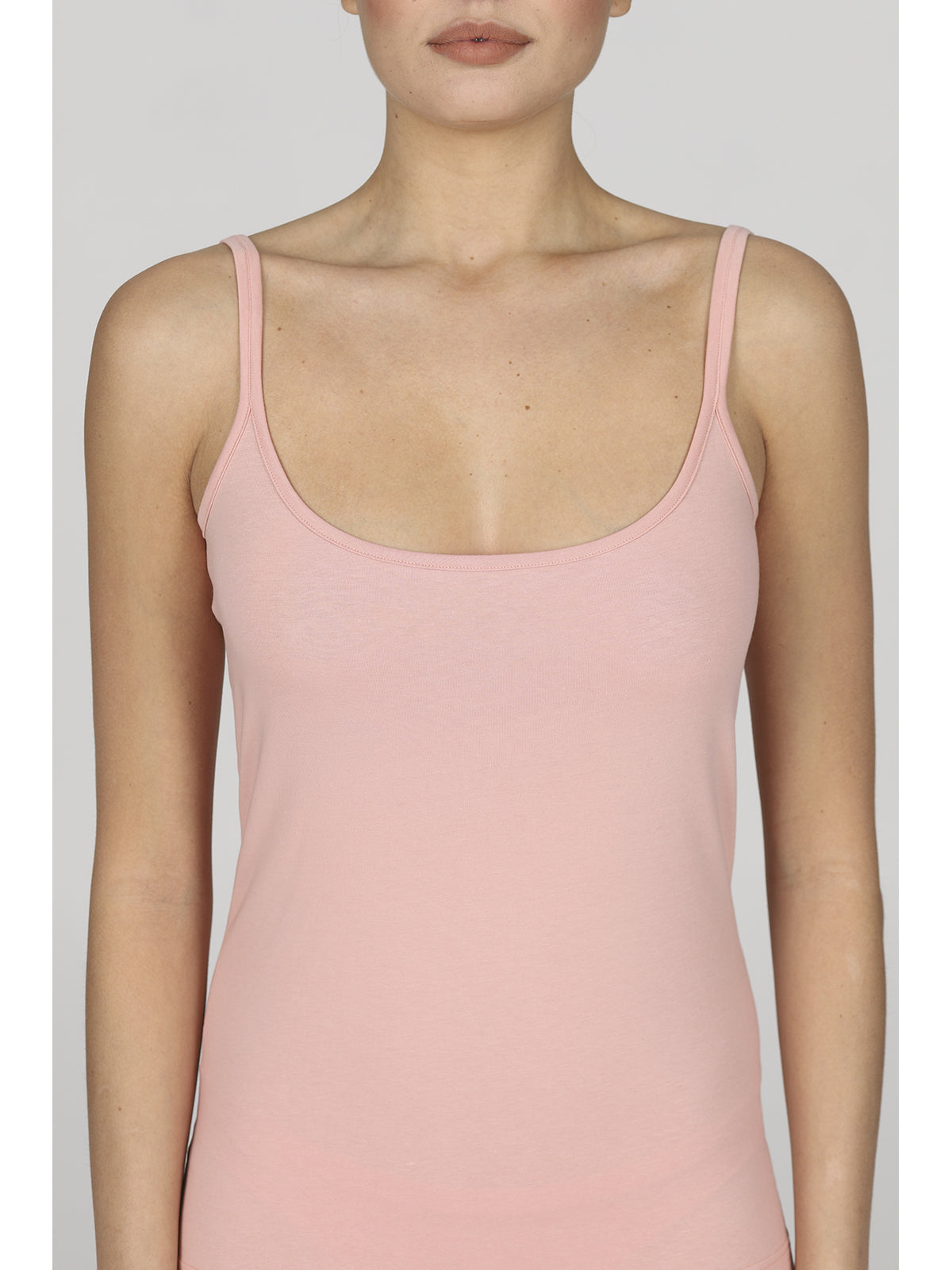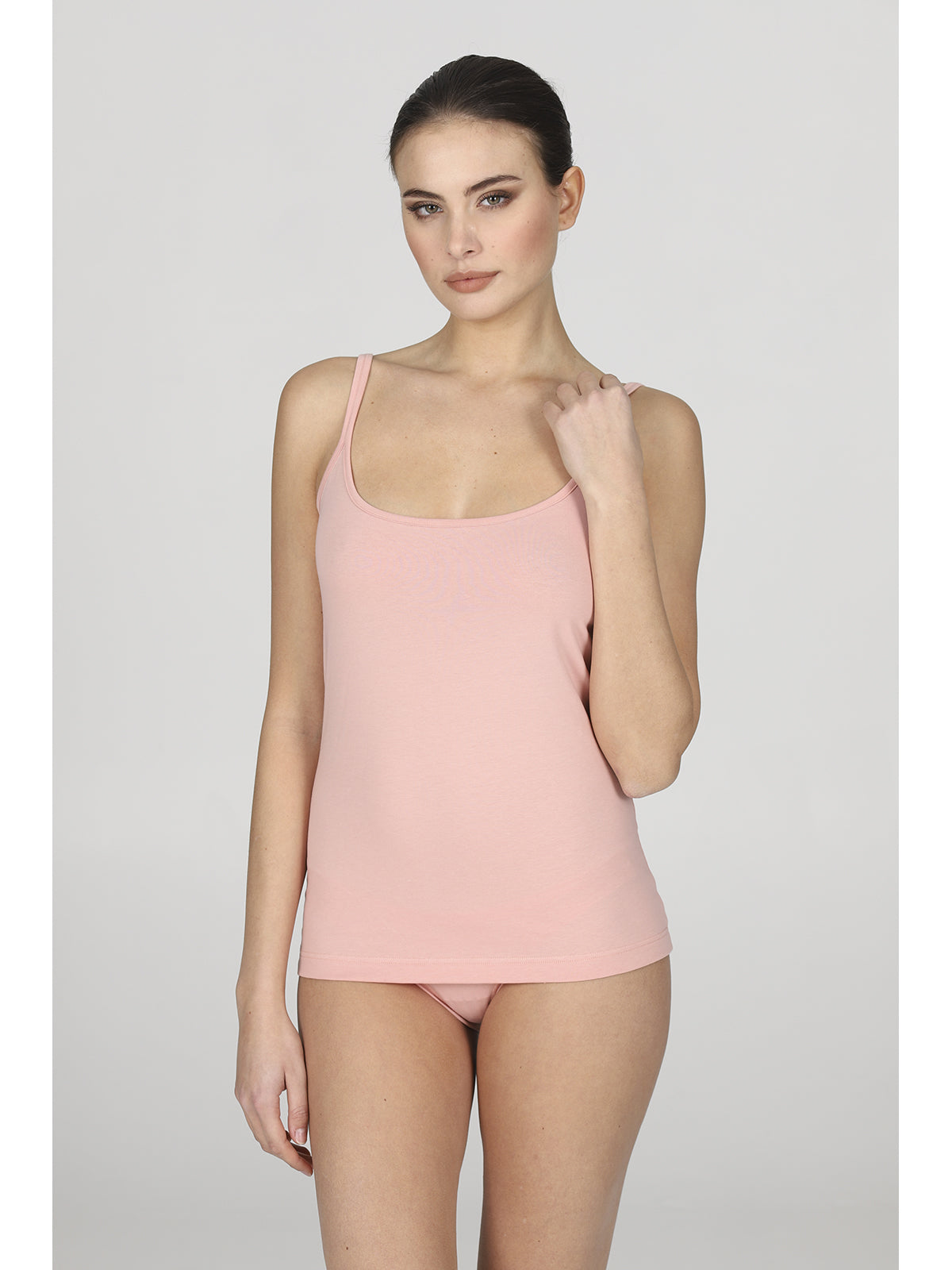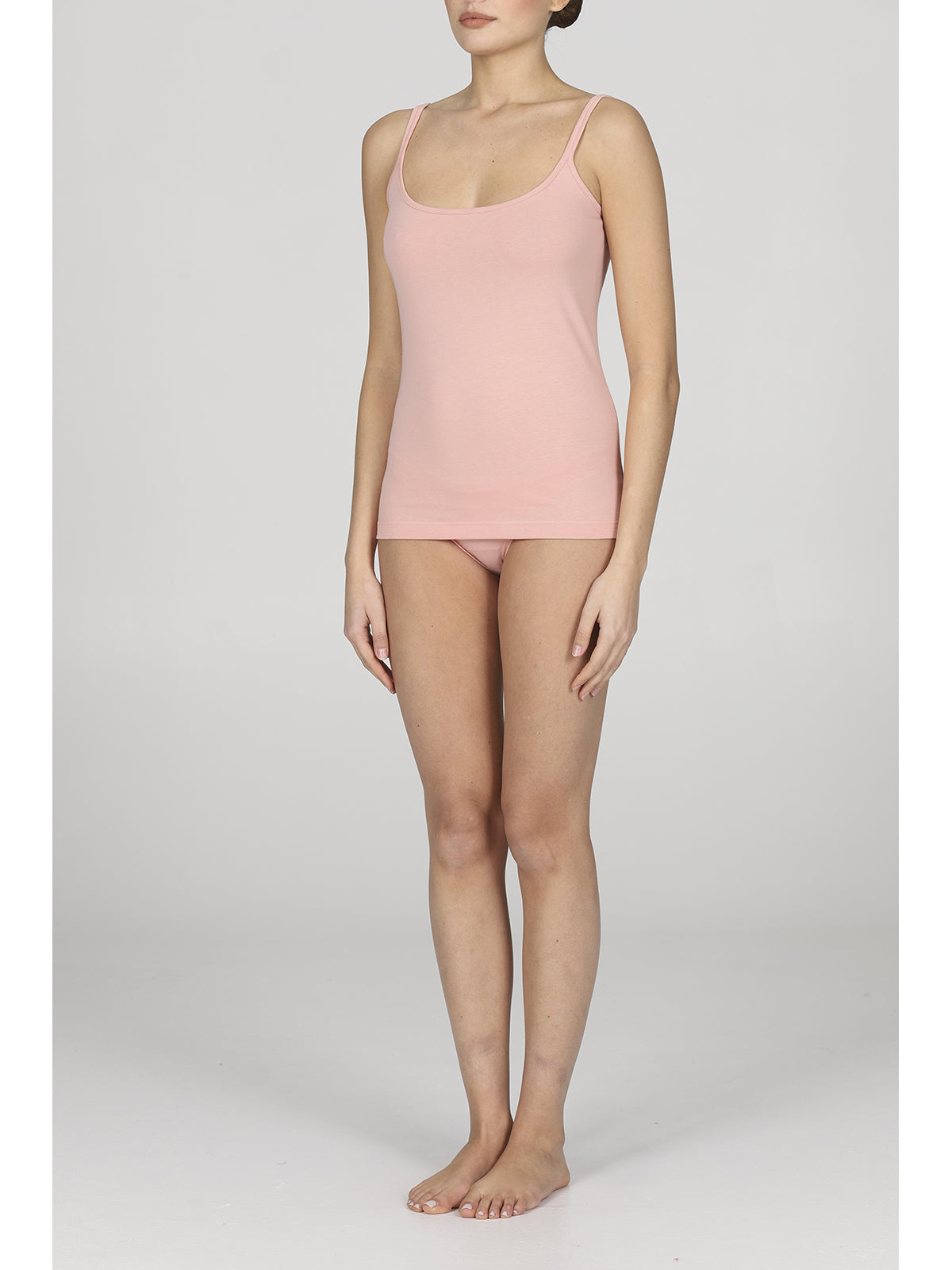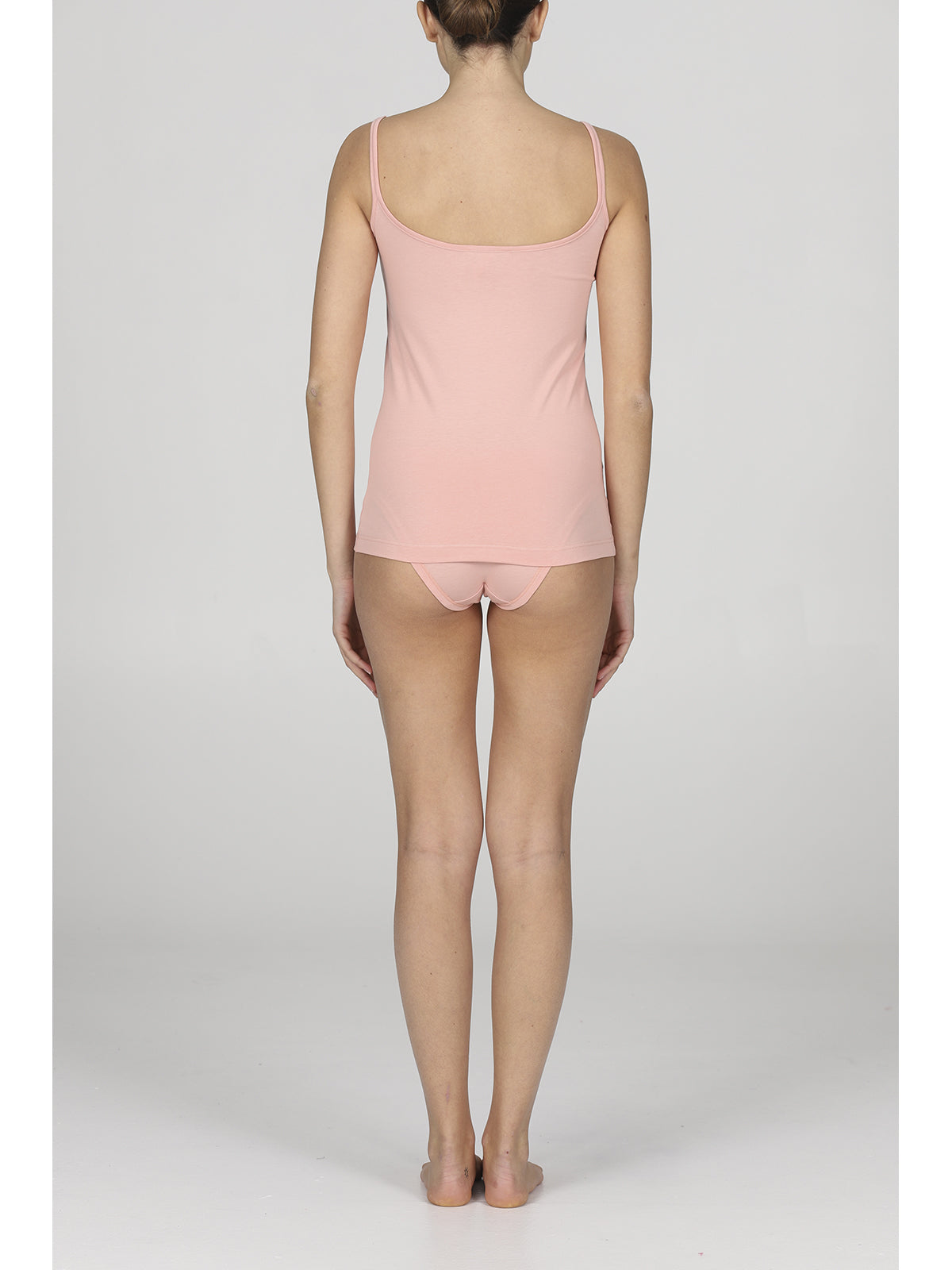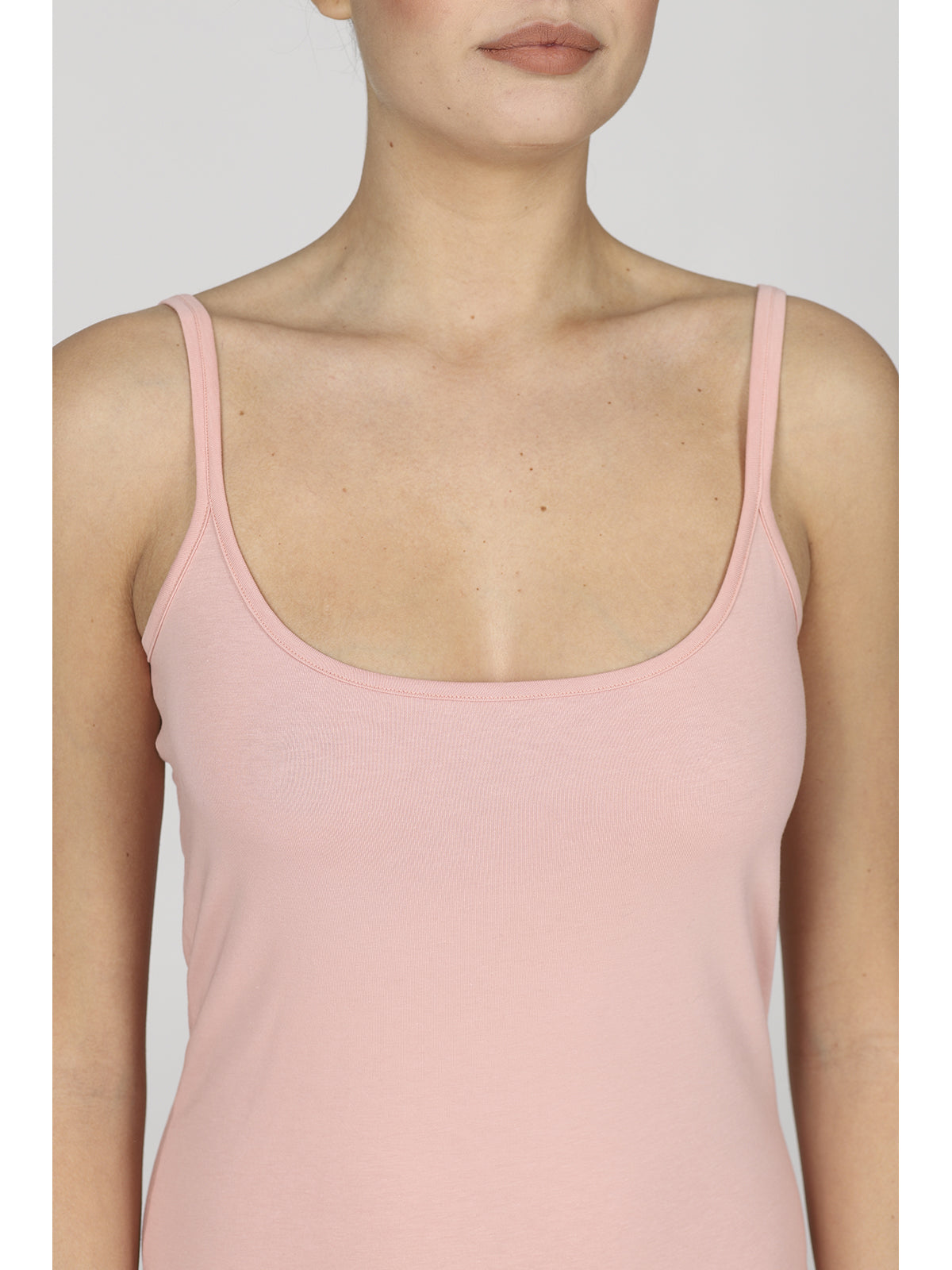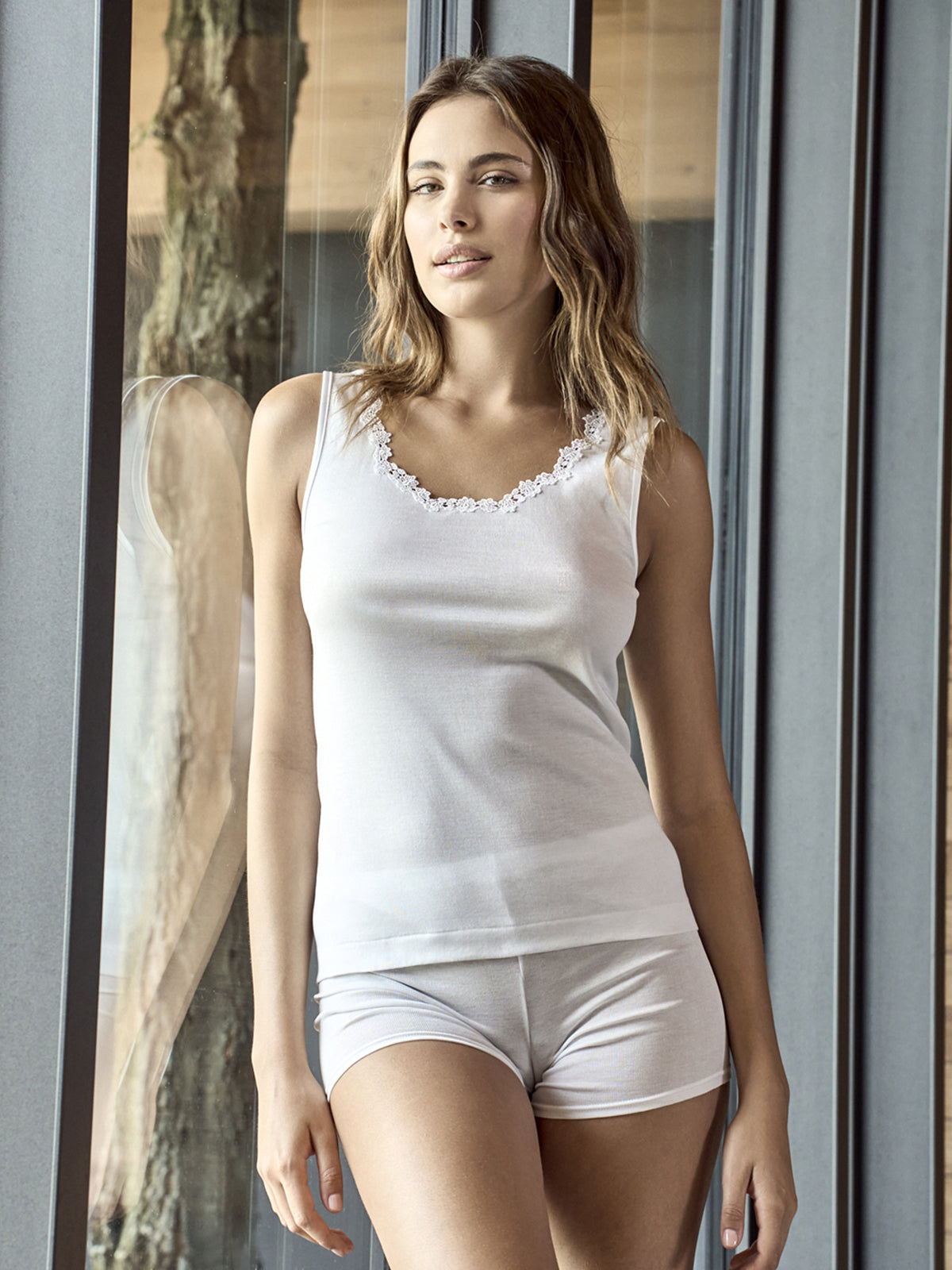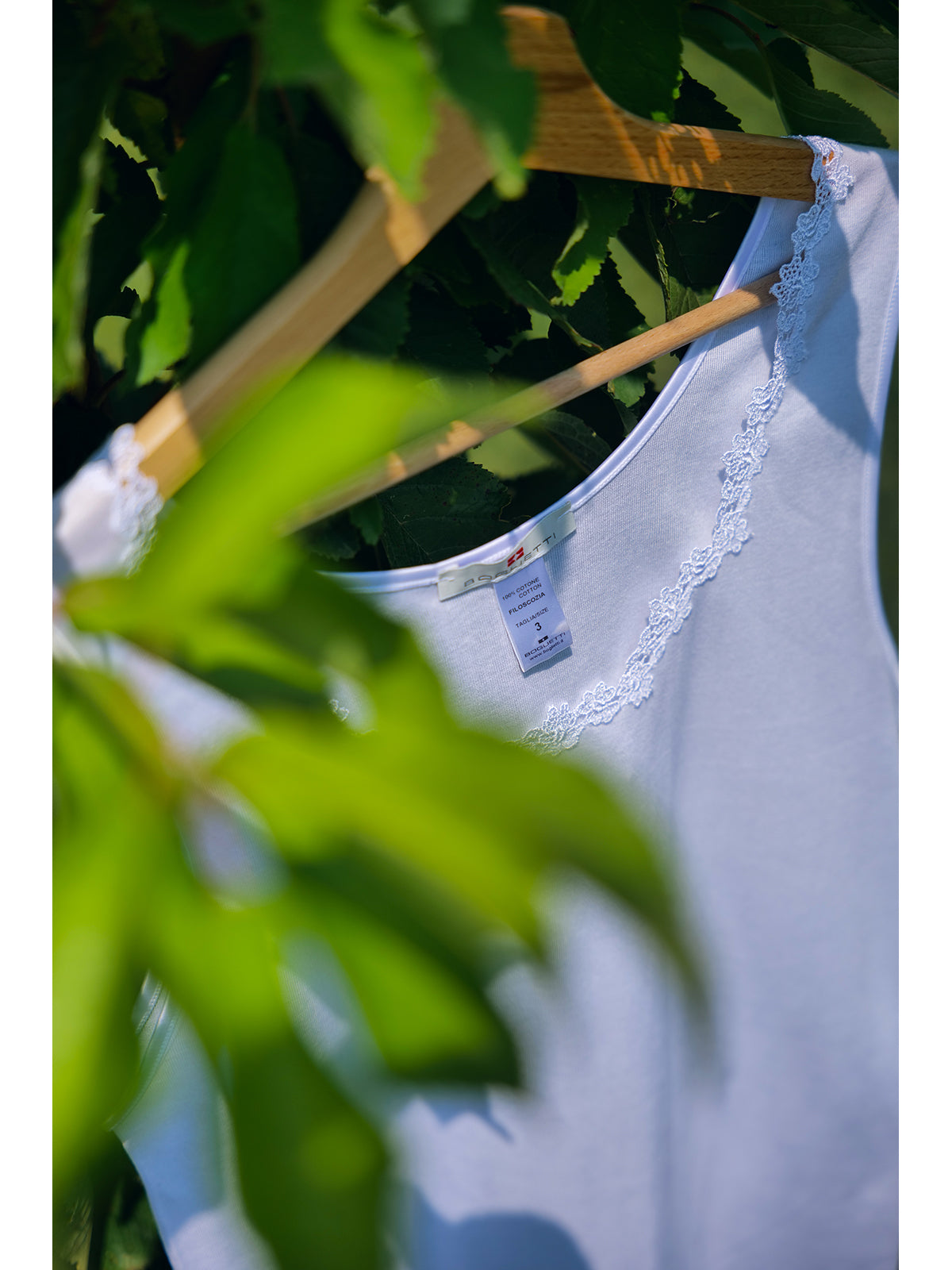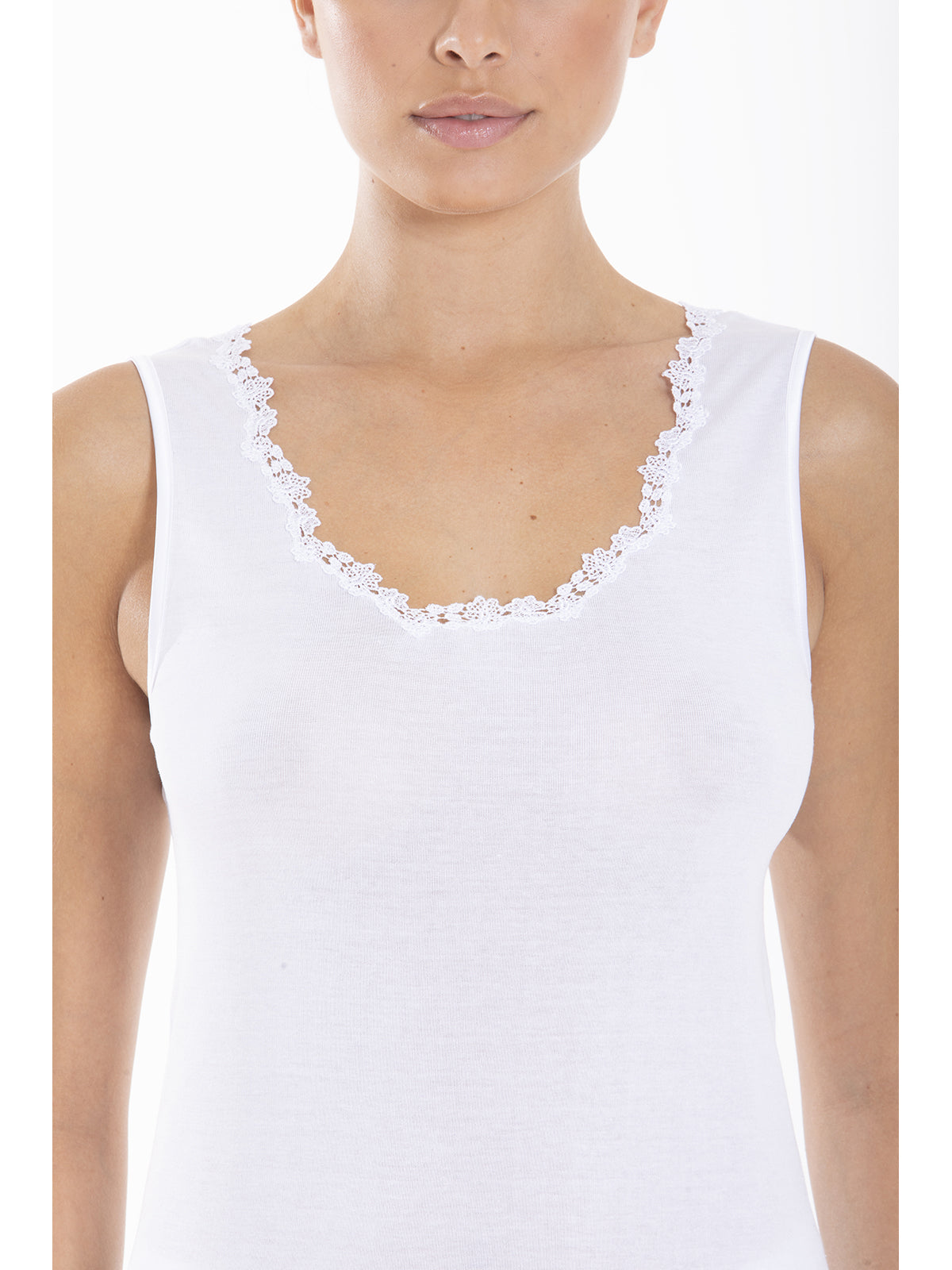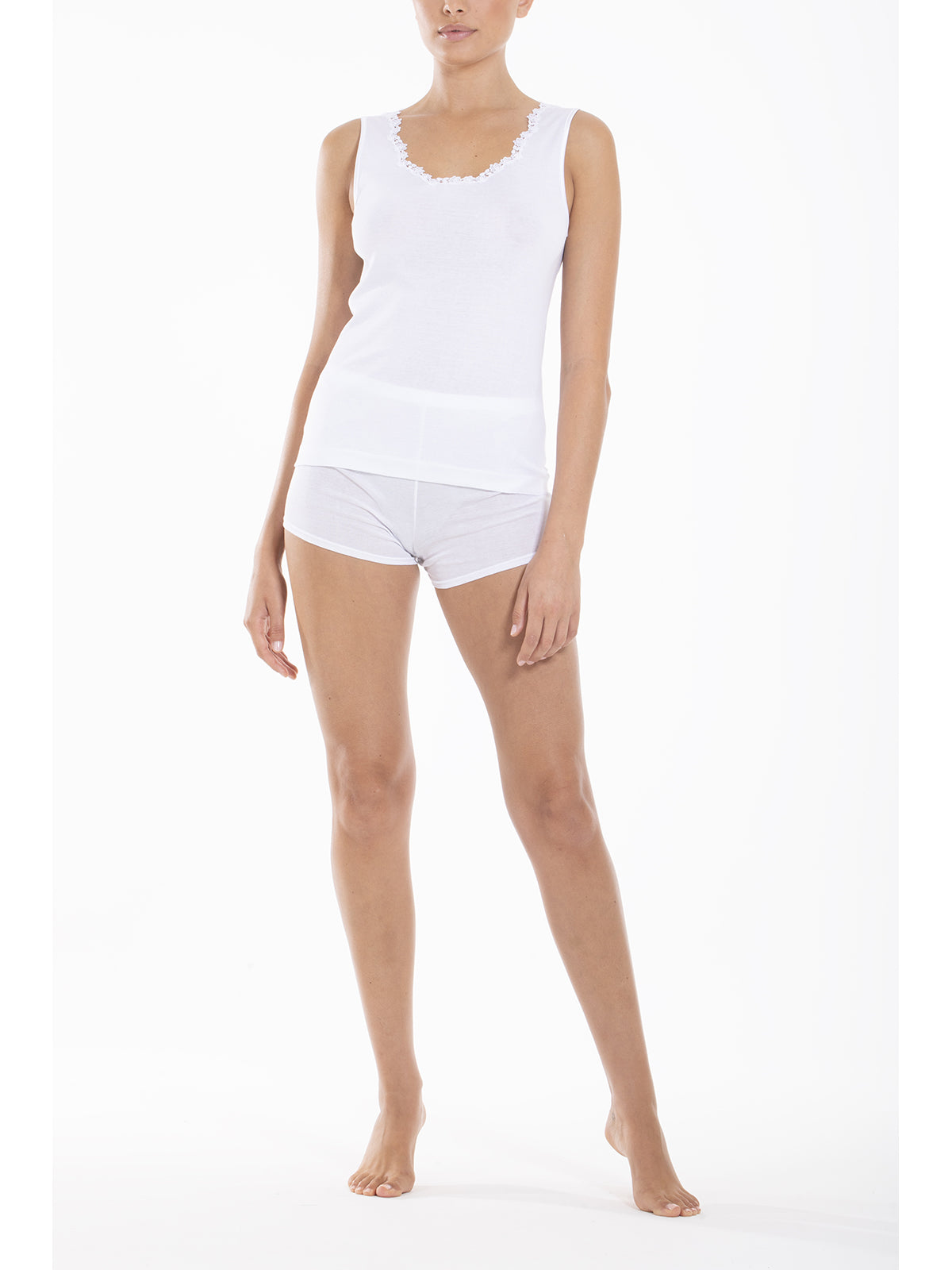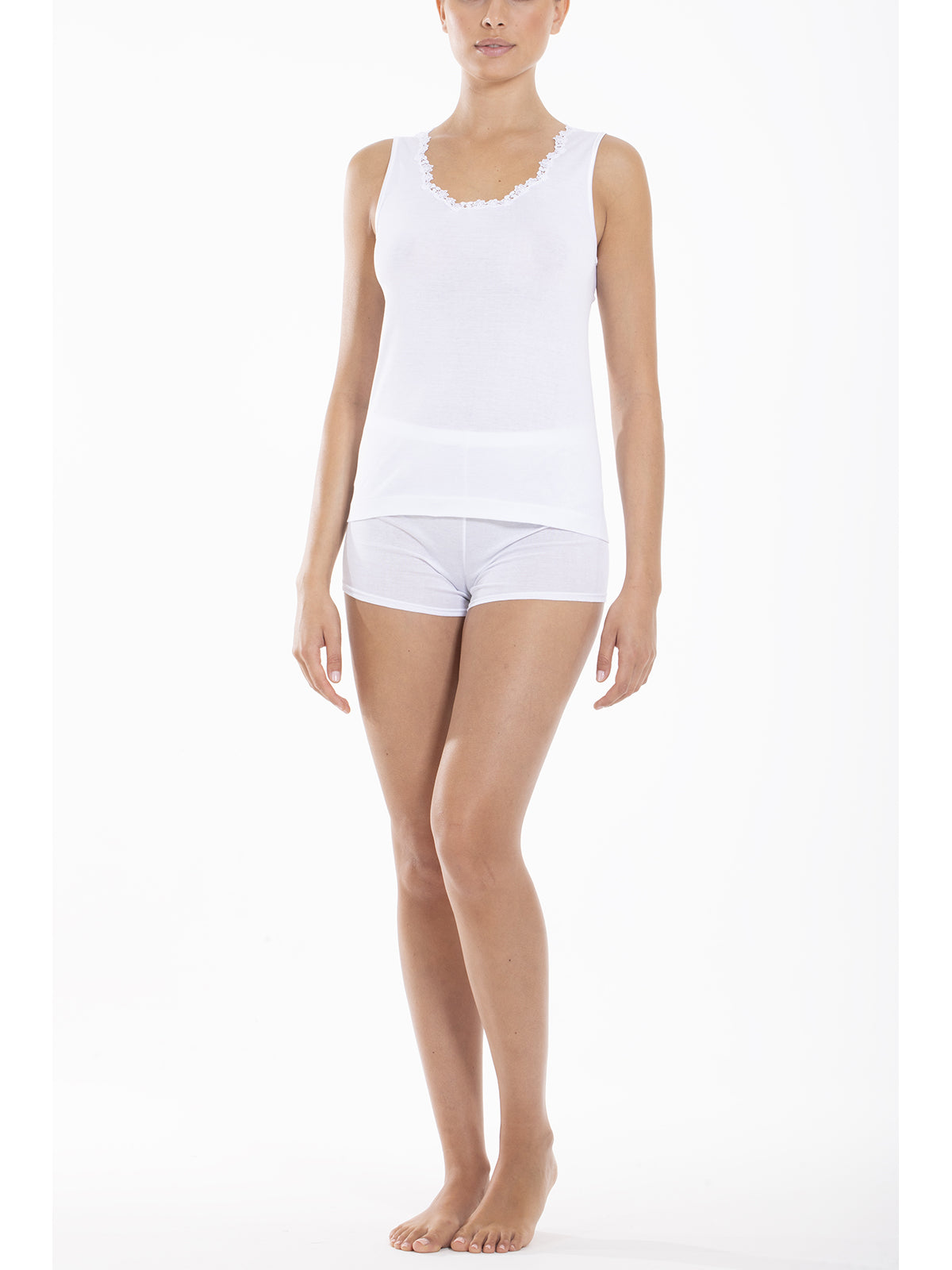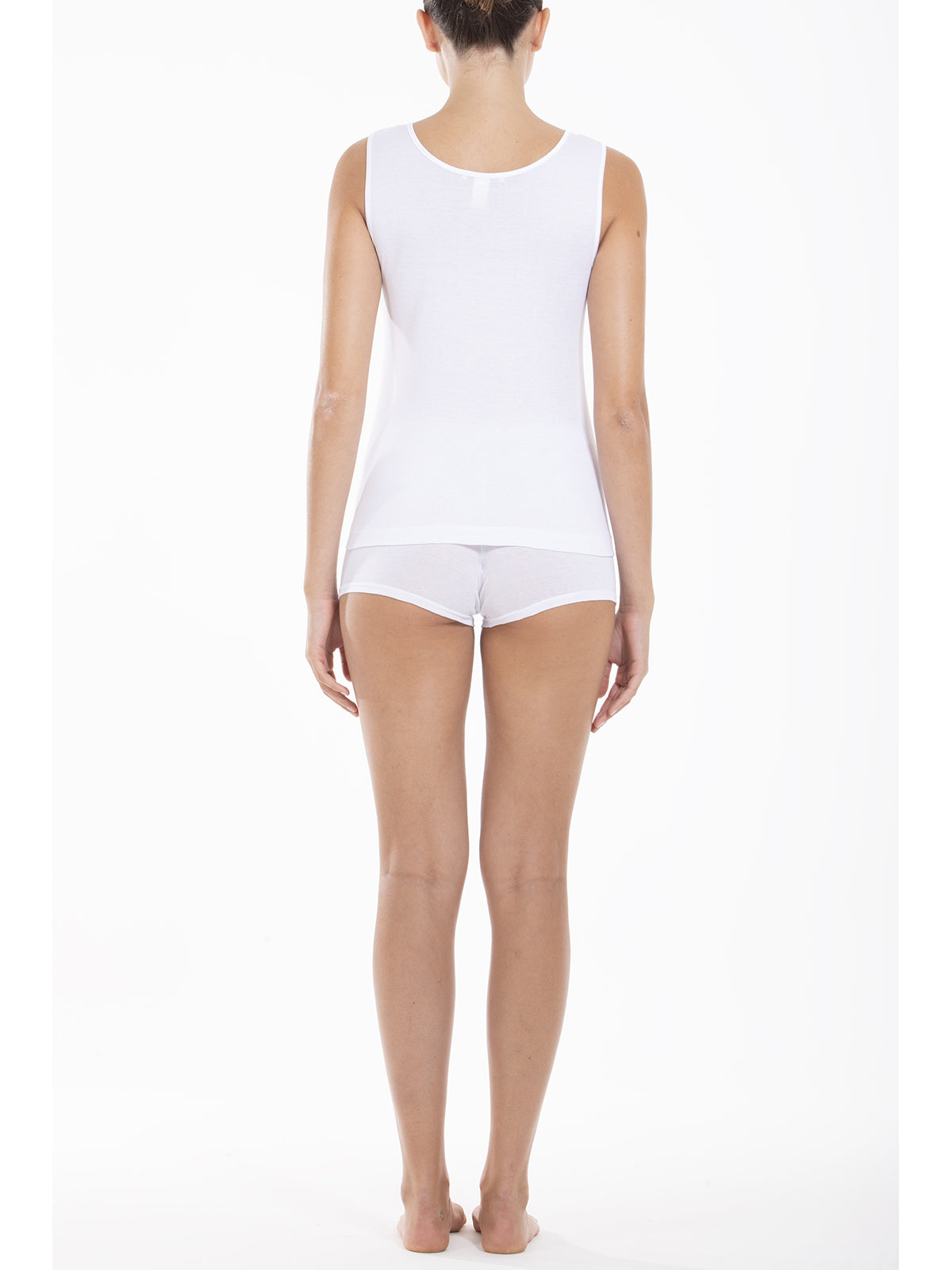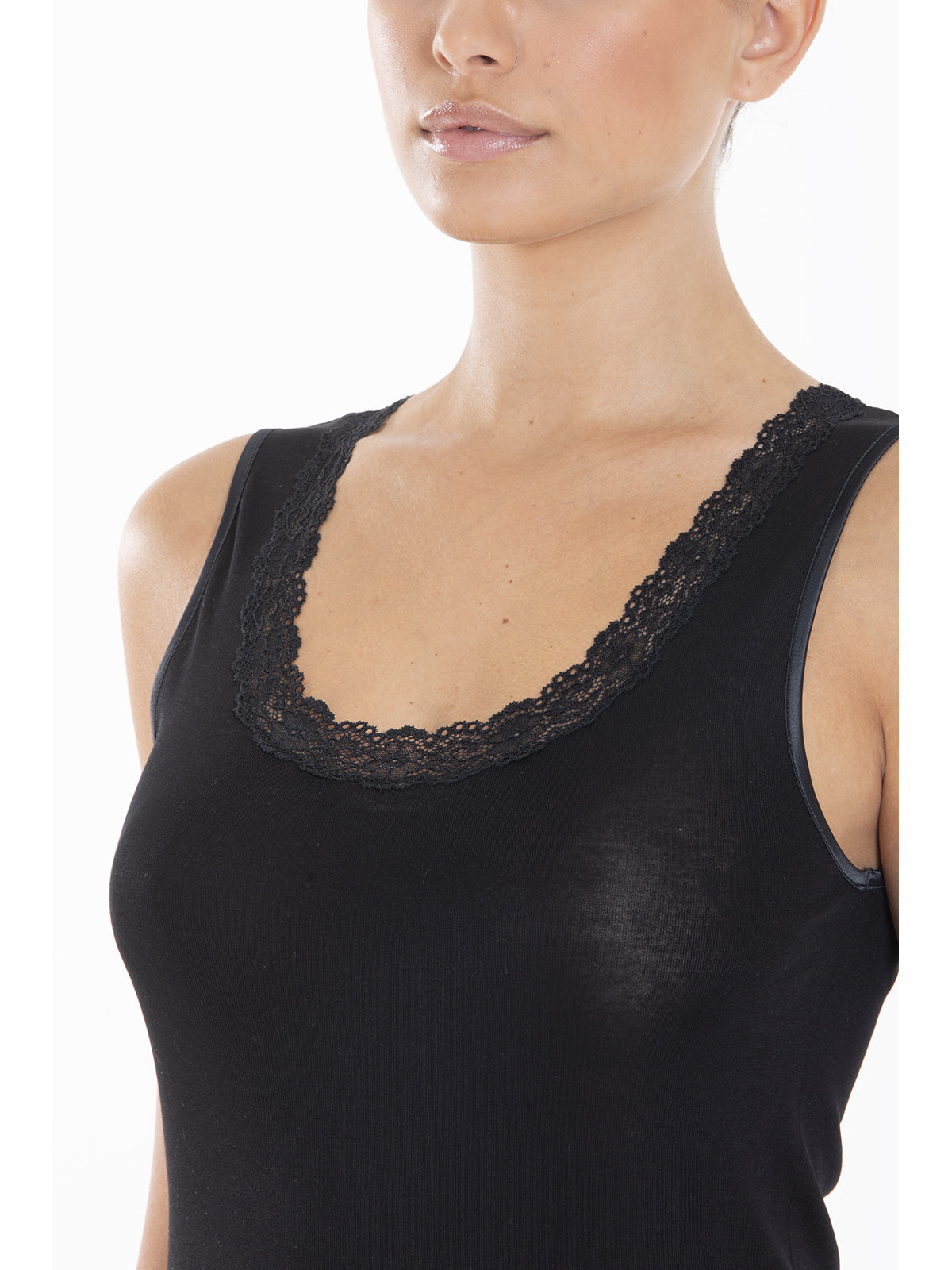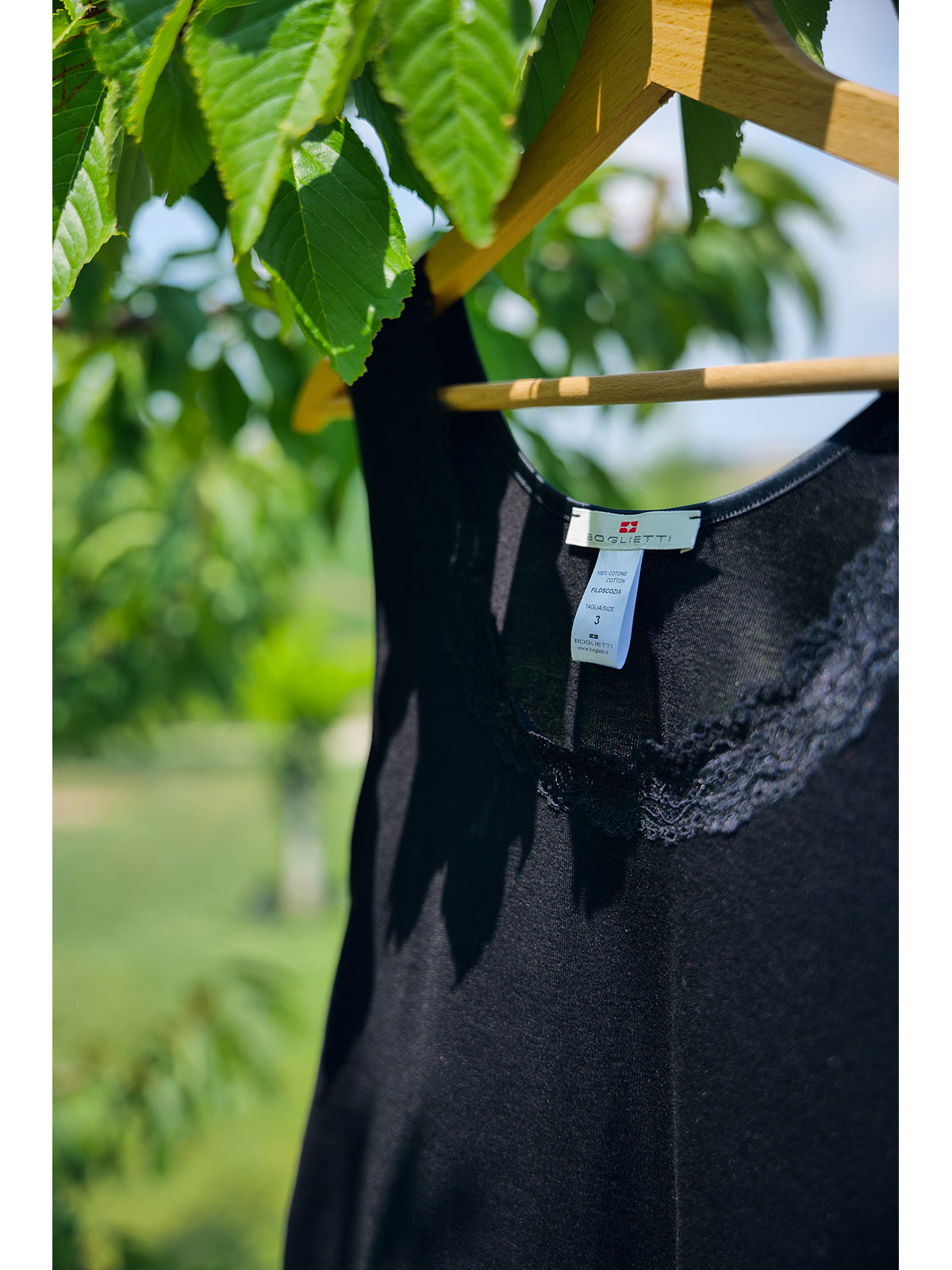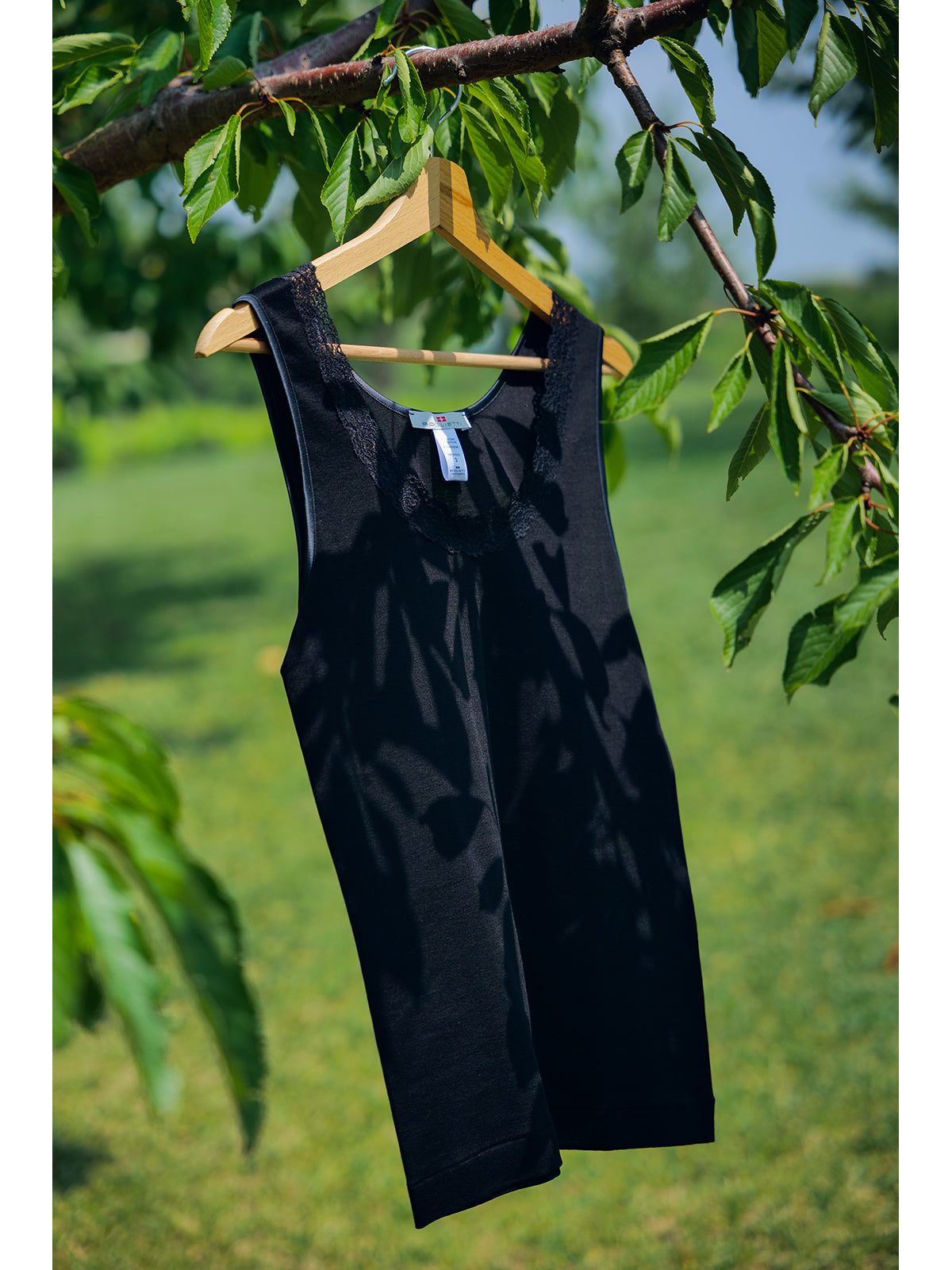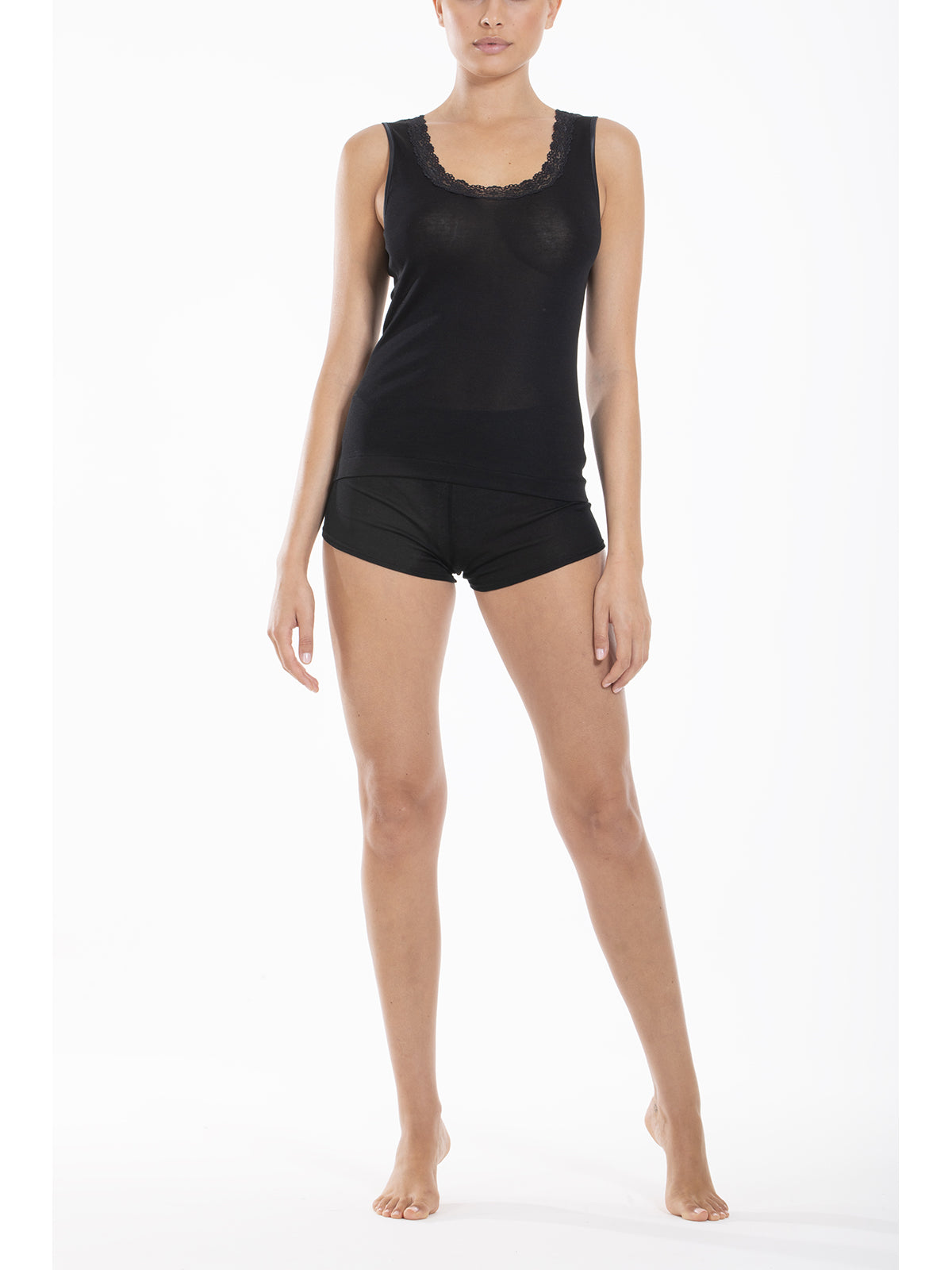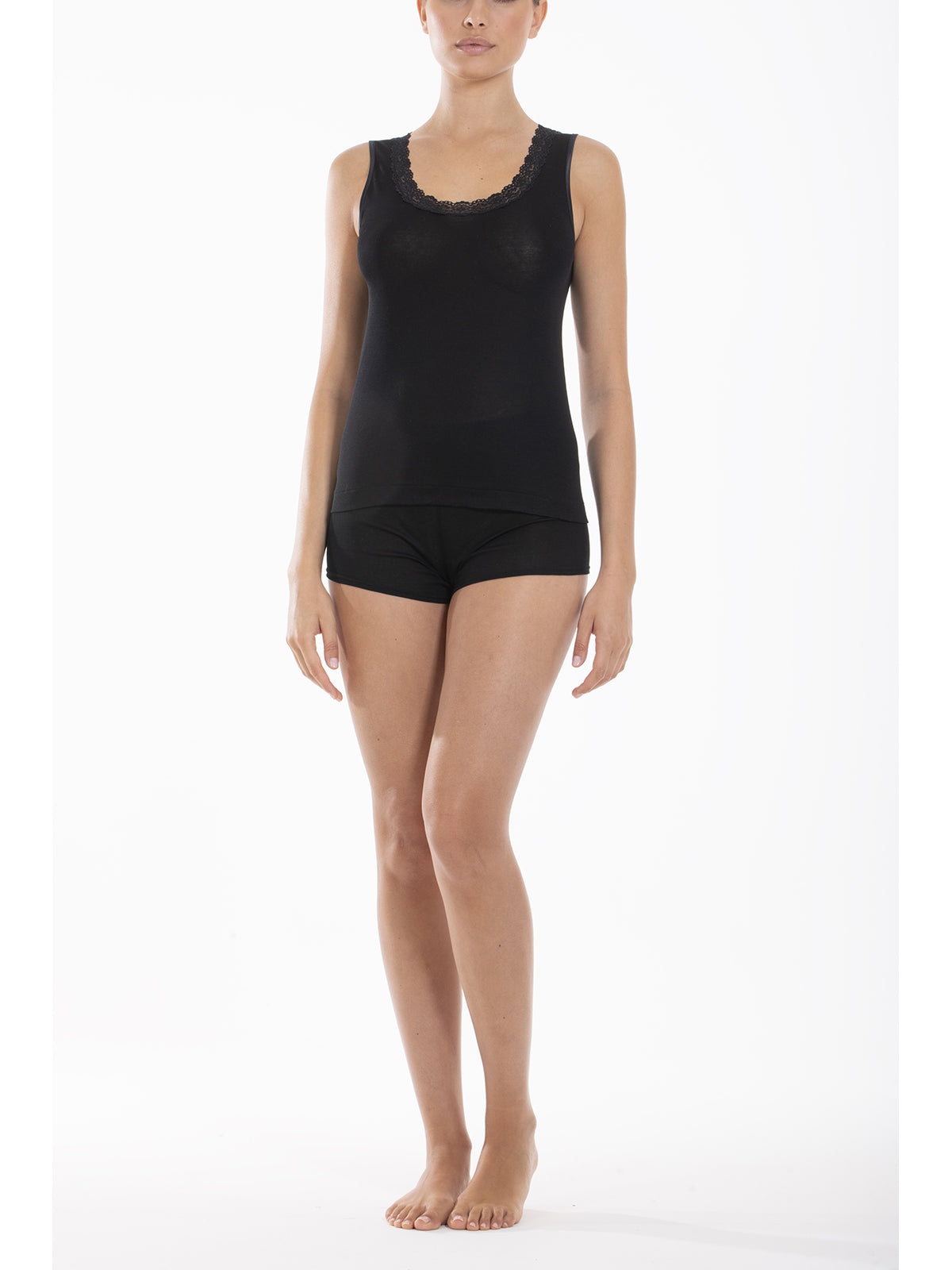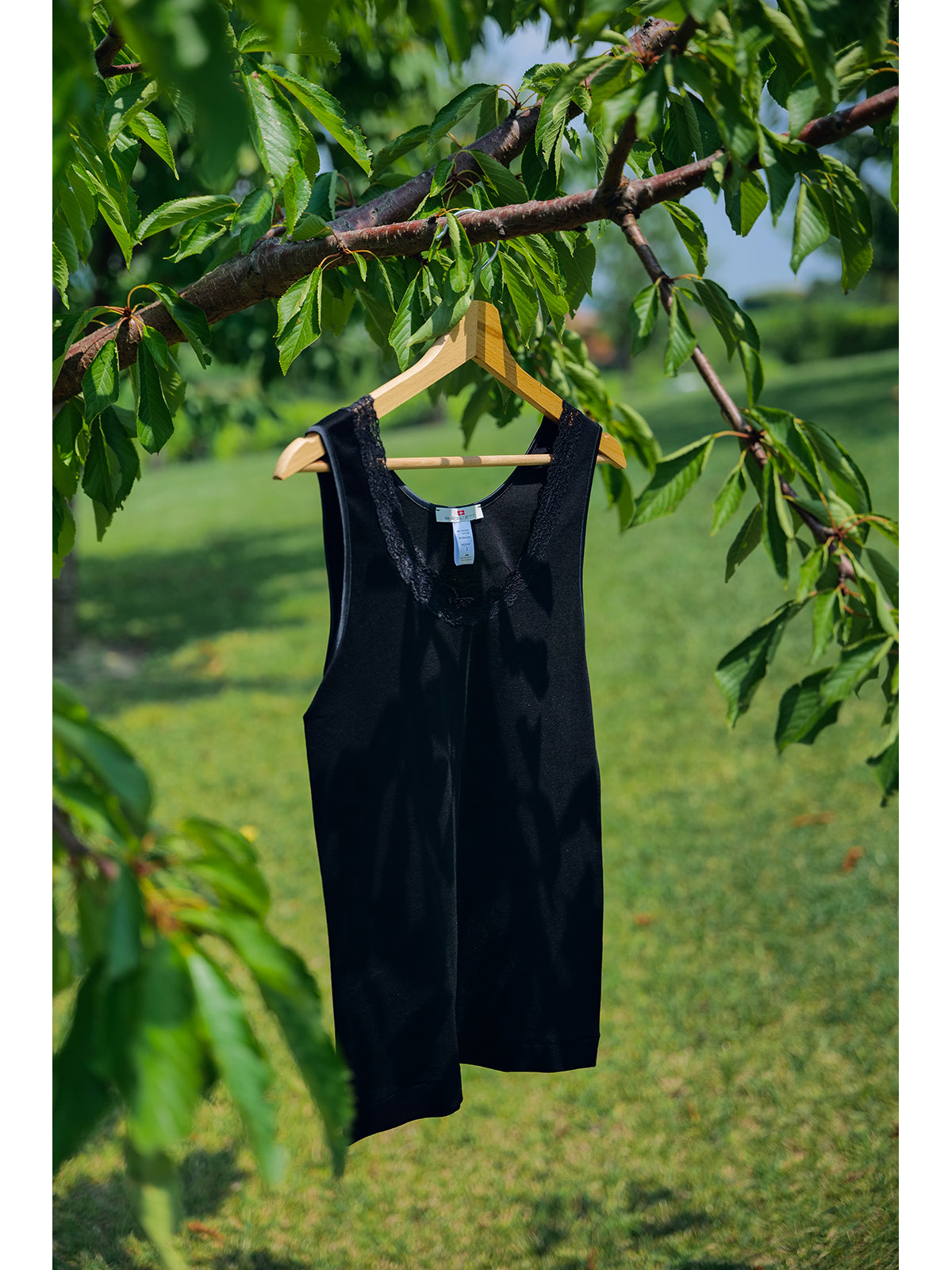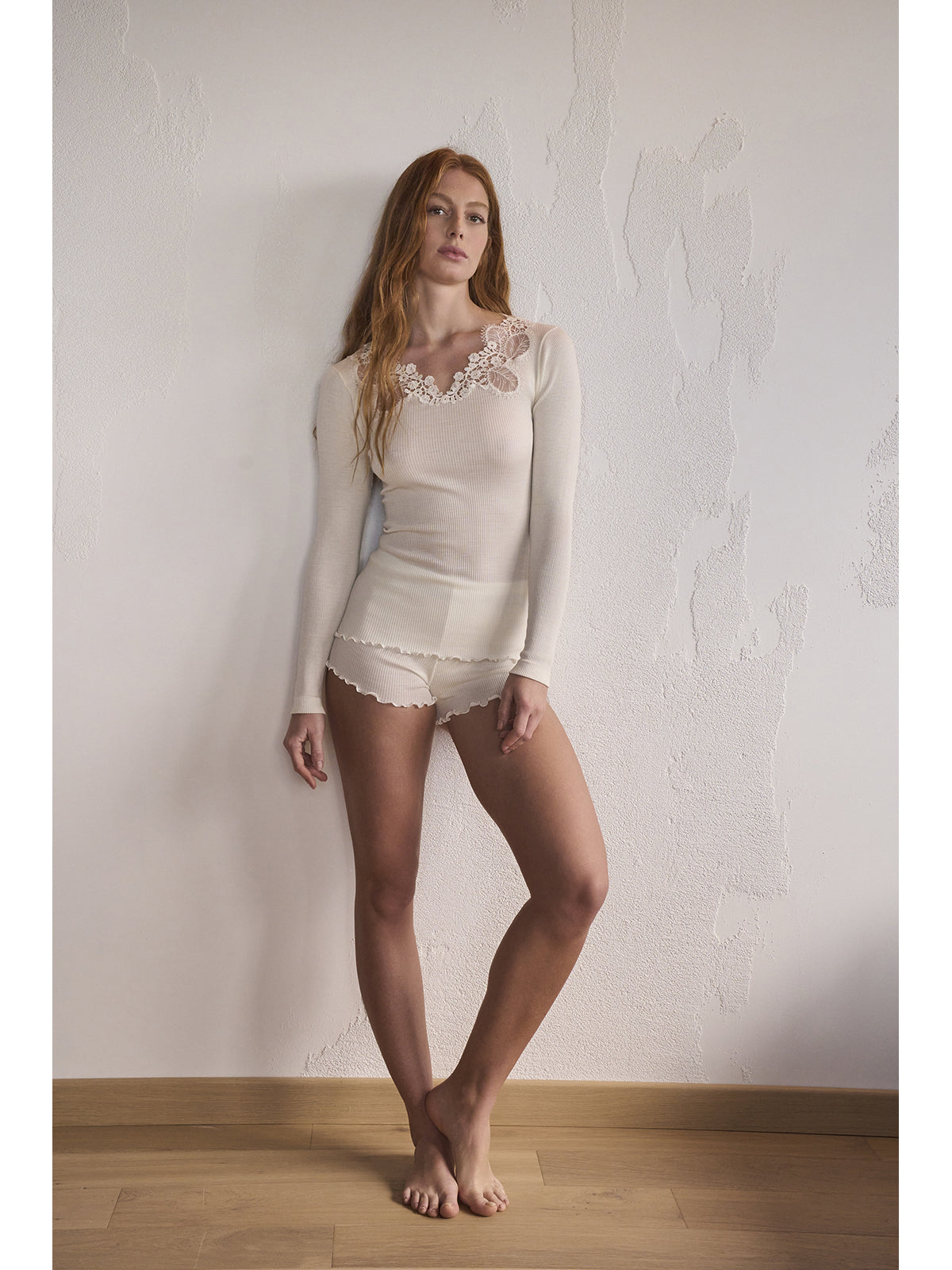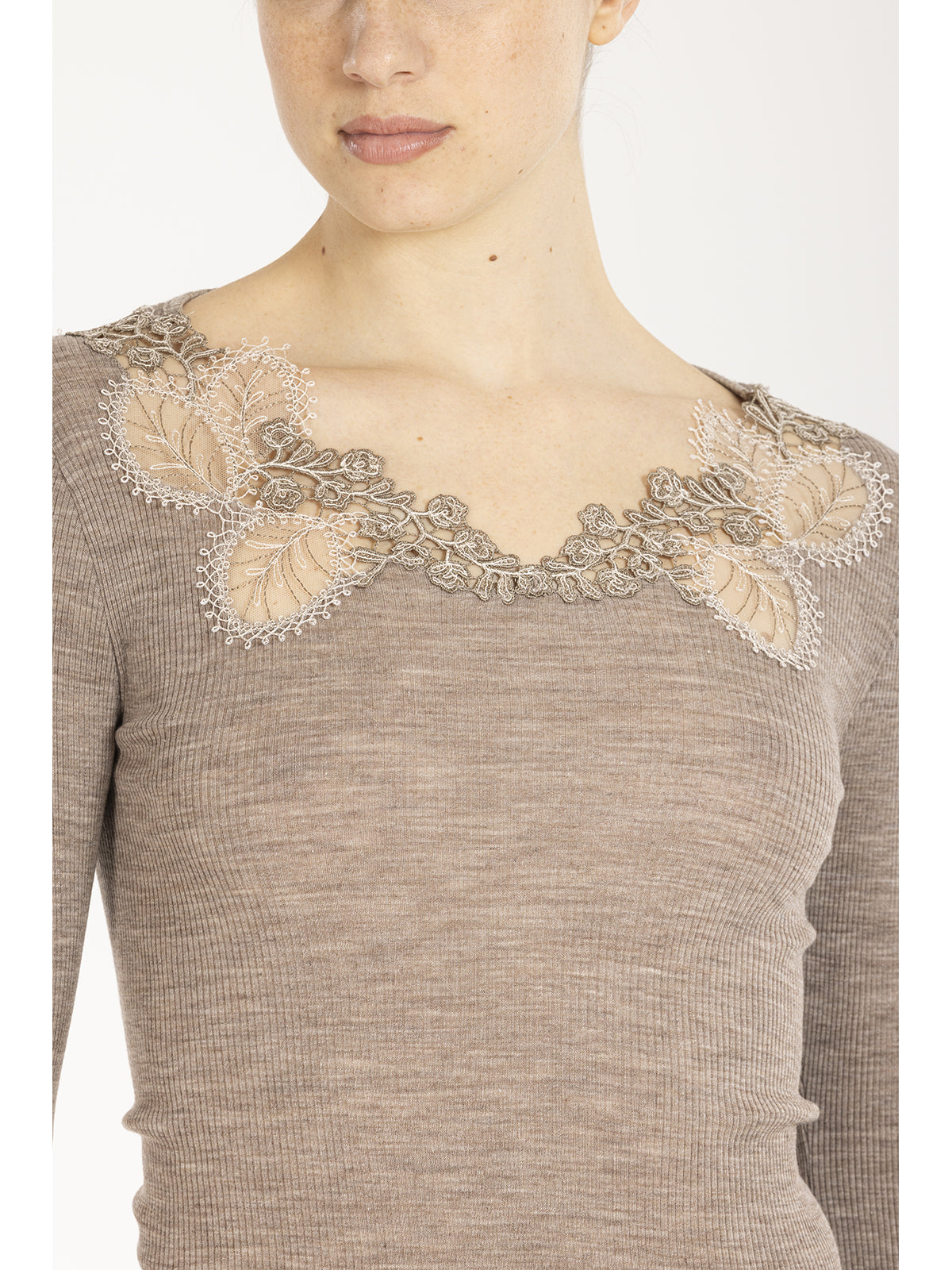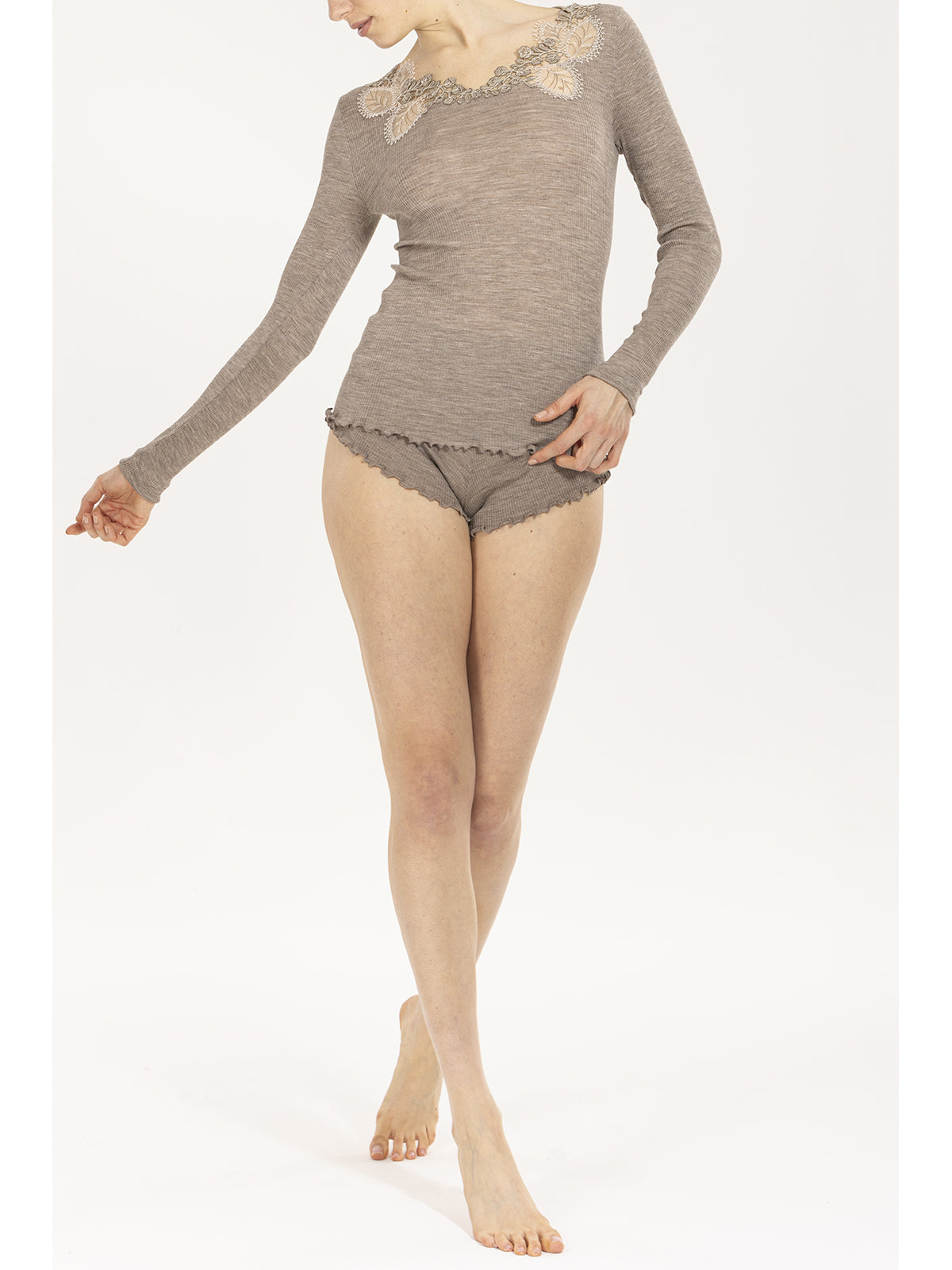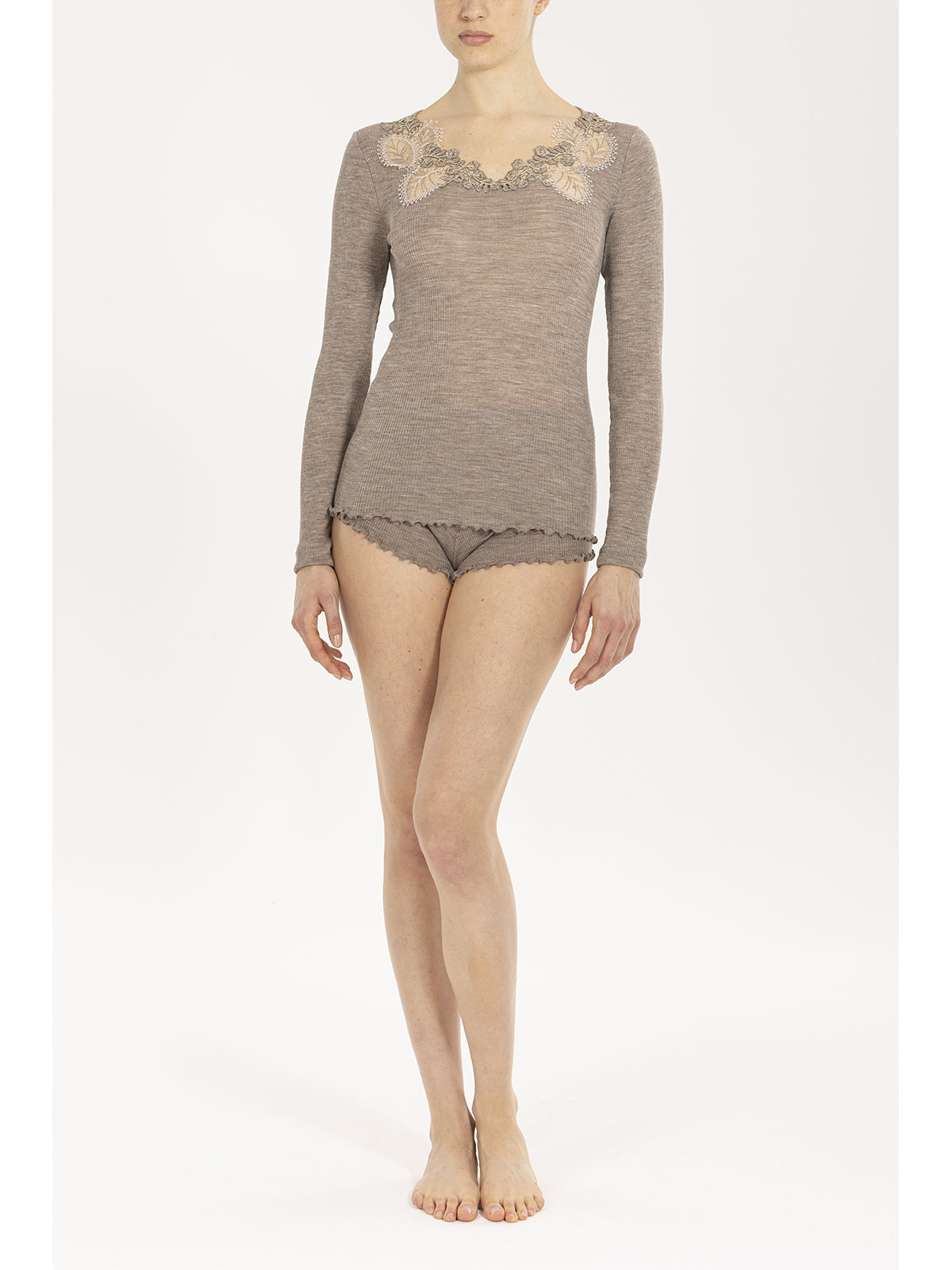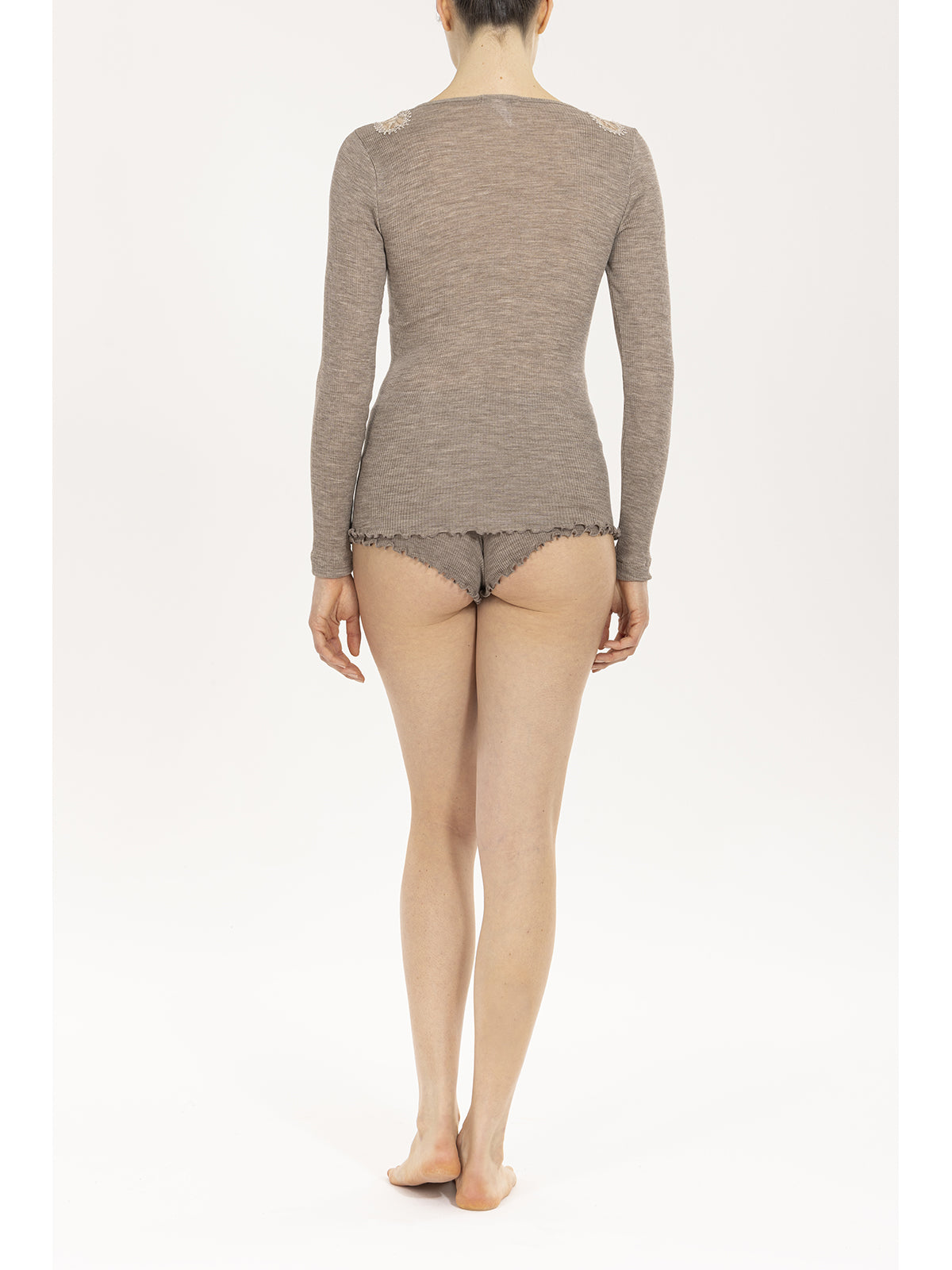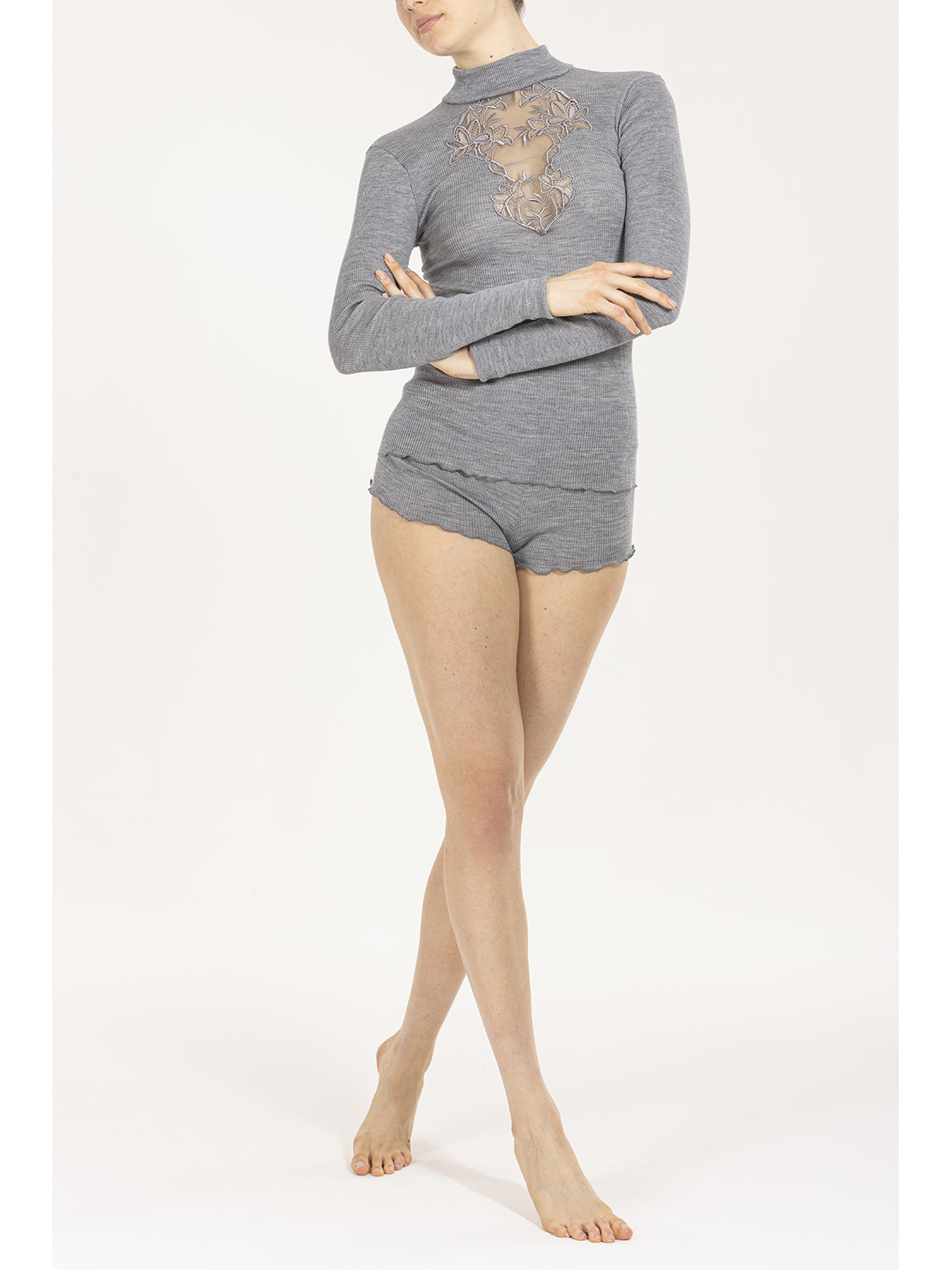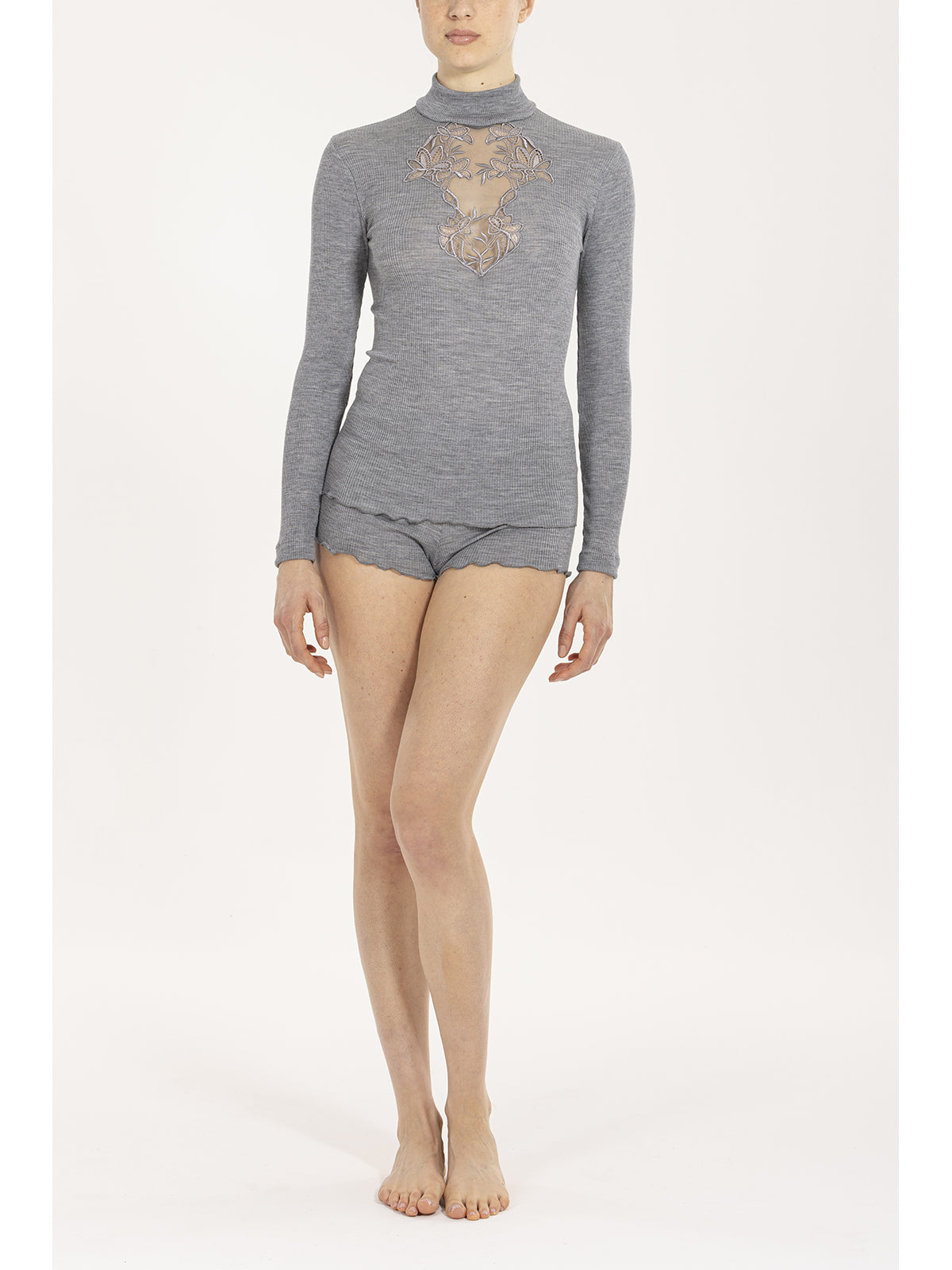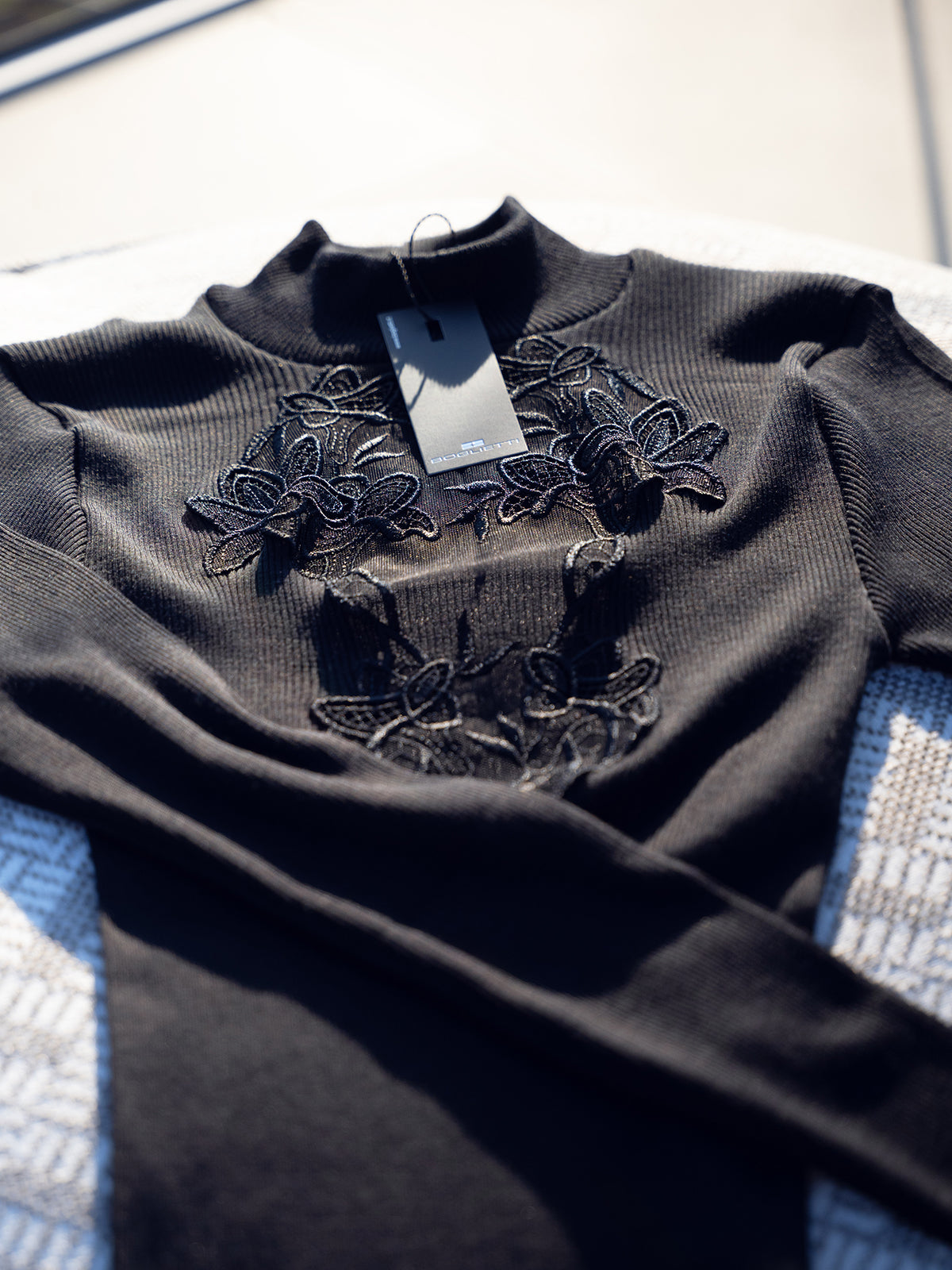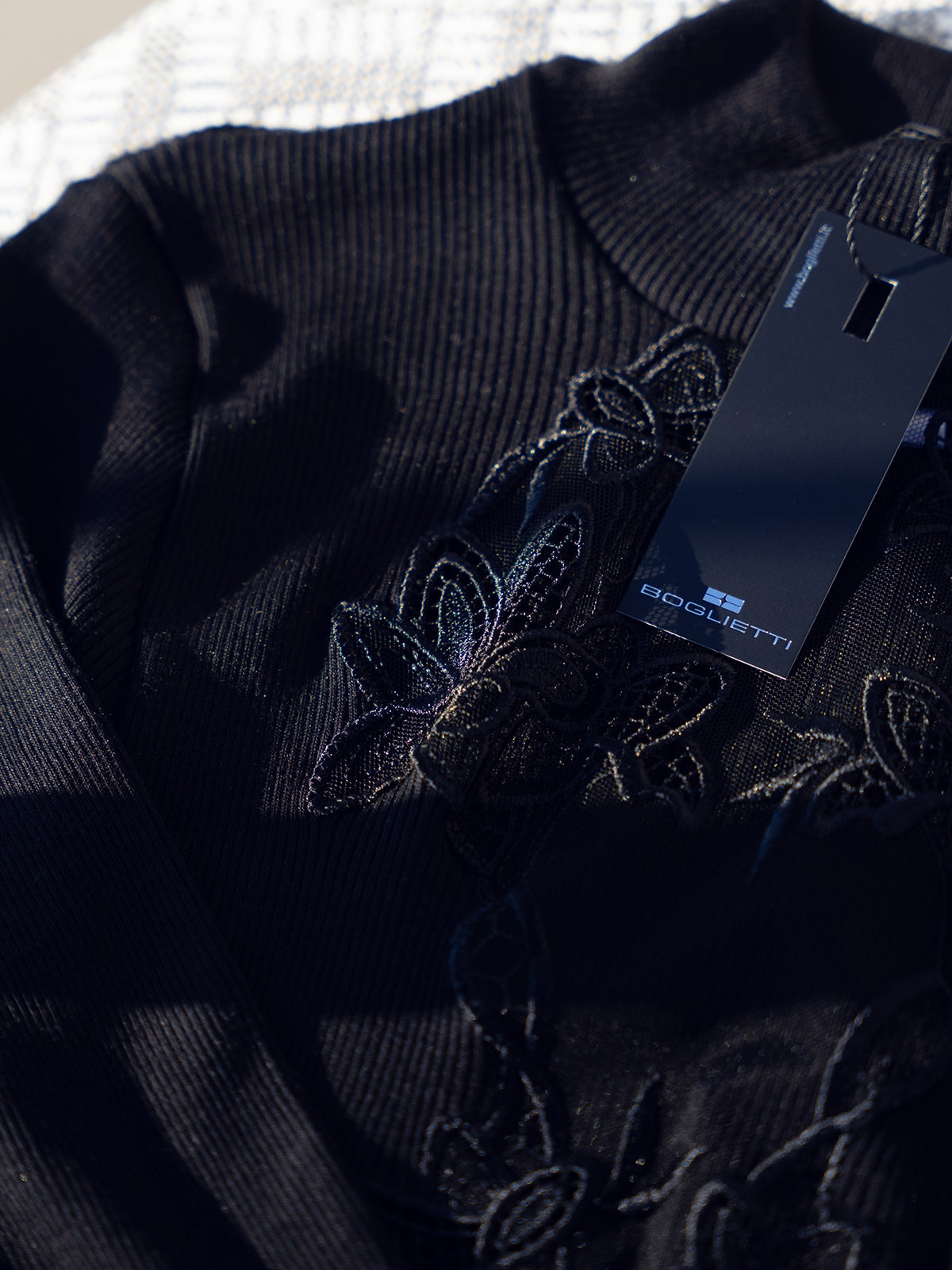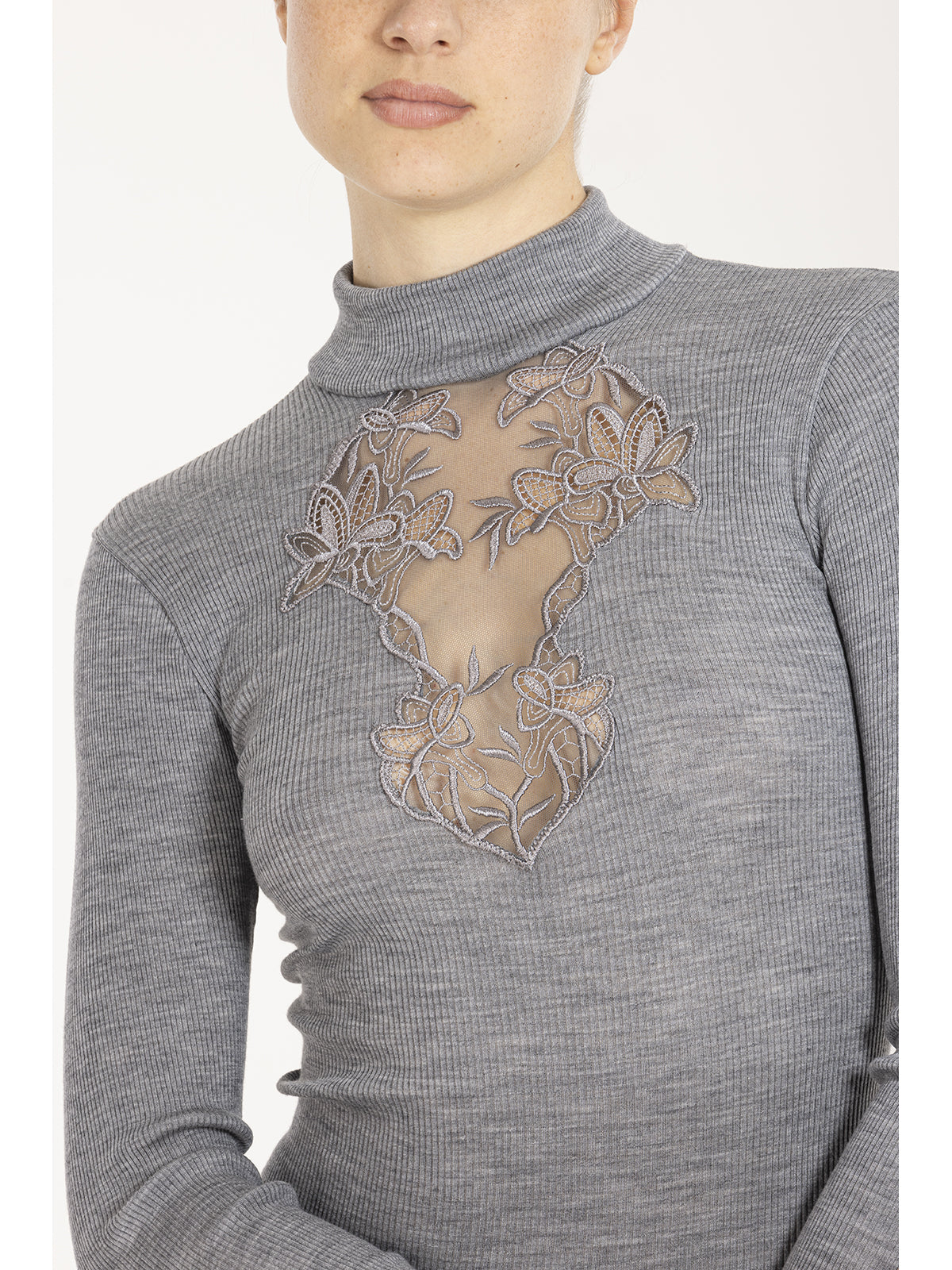HOW HAS UNDERWEAR CHANGED OVER TIME?
From Ancient Egypt to the present day, both men's and women's underwear has undergone numerous transformations to increasingly adapt to people's needs and tastes. But what has been the evolution of underwear? Let’s discover it in this article dedicated to what’s there but not seen.

HOW AND WHEN DID UNDERWEAR ORIGINATE?
Underwear has ancient origins. In the beginning, it didn’t serve the same purpose as we attribute to it today, but was mainly used to protect intimate areas and, later, to maintain modesty in public. Although the earliest evidence of underwear dates back to Ancient Egypt, it seems that even primitive men used animal skins to cover their most delicate parts to protect themselves from the cold. Over time, the use of linen tunics became more common among the aristocratic classes during the time of the Pharaohs, while in Greece and Rome, both men and women would wear the subligaculum, a kind of loincloth made from linen or leather, often accompanied by women with a mammillare, a band that was the ancestor of the modern bra.
Woman Underwear
UNDERWEAR IN ANCIENT CIVILISATIONS: WHAT FABRICS WERE USED?
The choice of fabrics for making underwear in ancient civilisations was primarily influenced by the climatic conditions and the available resources. Among the materials most commonly used in ancient underwear were linen, a fresh, light, and breathable fabric widely used in Egypt, Greece, and Rome, and which continued to be associated with luxury and comfort until the Middle Ages. The poorer classes used tanned animal skins, and only in rare cases was cotton used, as it was not yet widely available in the region.
The ancient Greeks would alternate between linen and wool during the winter months to protect themselves from the cold. However, the real change in the use of materials for underwear occurred in Ancient Rome: here, the wealthier classes could afford refined materials like silk, imported directly from China via the Silk Road trade routes. This allowed them to wear intimate tunics close to the body, underneath their togas. Soldiers, on the other hand, used more rigid materials like leather for protection in battle.

FROM THE MIDDLE AGES TO THE RENAISSANCE: MATERIALS AND STYLES OF UNDERWEAR
Linen remained the preferred material for creating underwear until the Middle Ages, when it was gradually replaced by cotton, which became increasingly popular thanks to trade. Wool also made a comeback, alongside hemp, a less expensive and rougher fabric compared to linen but still suitable for everyday underwear. Hemp was particularly used by the poorer classes and in colder regions.
THE EVOLUTION OF MEN'S AND WOMEN'S UNDERWEAR
During the Middle Ages, underwear took on a more practical than aesthetic role. Men wore braies, loose trousers made of linen or wool, often tied at the waist with laces, while women wore long linen shirts, which were used both as underwear and nightwear. These shirts helped protect the skin from rough fabrics and difficult-to-wash garments, reducing the need for frequent washing of outer clothes. Interestingly, women's underwear was virtually nonexistent: the length of skirts and the layering of garments provided adequate coverage, and only some noblewomen started wearing them for reasons of decorum.
Men, on the other hand, gradually abandoned the medieval braies in favour of more fitted trousers but continued to wear long shirts under their main clothing. In the 18th and 19th centuries, underwear became more structured and shaping. Men began wearing shorter, more fitted underwear, while women's underwear became more sophisticated, embellished with lace and decorations for the noble classes. The use of crinolines made it essential for women to adopt underwear to avoid embarrassing exposures.

MEN'S UNDERWEAR: FROM THE FIRST DESIGNS TO MODERN BRIEFS
The evolution of men's underwear was quite slow until the 19th century, when growing attention to hygiene and comfort led to the spread of more fitted and functional garments. Until then, men had worn loose, often impractical underwear fastened at the waist with cords or buttons. In the 20th century, the real revolution came with the introduction of the first elasticated briefs: these new designs provided better support and comfort, eliminating the uncomfortable strings of previous underwear, and later evolving into boxers during the 1920s and 1930s.
Today, thanks to innovative materials and high-quality craftsmanship, men's underwear has reached new levels of fit and performance, as demonstrated by Boglietti boxer shorts and briefs, designed to offer maximum comfort and breathability without sacrificing style.

WOMEN'S UNDERWEAR: FROM MINIMALISM TO INNOVATION IN MATERIALS
As mentioned, women's underwear became popular during the Renaissance, primarily for reasons of modesty among the nobility, who often embellished their intimate garments with intricate embroidery and precious stones. According to legend, it was Catherine de' Medici who introduced long underpants, initially worn for protection during horseback riding. It wasn't until the 20th century that underwear began to free itself from these constraints with the introduction of shorter, more comfortable briefs, leading to the styles we are familiar with today.
An additional revolution took place in the 1960s and 1970s when women began to embrace sensuality and seduction even beneath their clothes. Today, innovations in materials have made it possible to create garments that are increasingly comfortable and adaptable to every need.
HOW HAS THE CONCEPT OF INTIMATE COMFORT CHANGED IN RECENT DECADES?
In the past, underwear often had an aesthetic or symbolic function, but today the concept of comfort has become a priority. The evolution of materials has led to the introduction of softer, lighter, and more breathable fabrics that adapt perfectly to the body, providing an impeccable fit. Today, underwear is no longer just a hidden garment beneath clothes, but an element that expresses the personality, comfort, and well-being of the wearer, demonstrating how a simple piece of clothing can become a symbol of the changes in fashion, needs, and lifestyle in society. If you want to complete your wardrobe with the perfect underwear, discover all the Boglietti intimate garments: quality, comfort, and style for every need.
